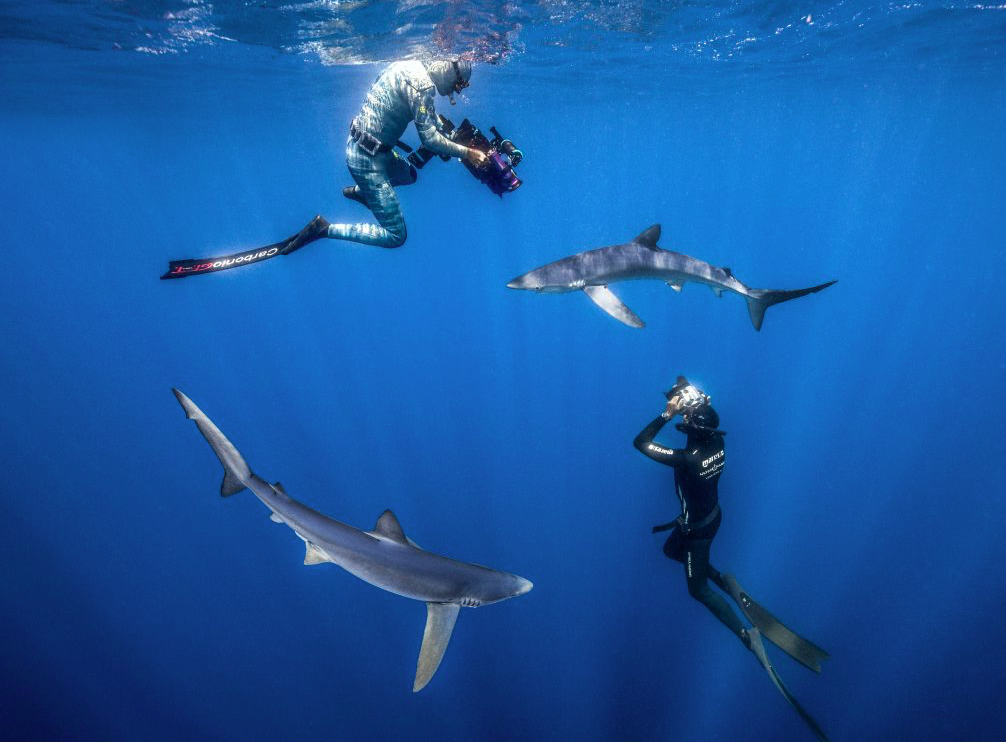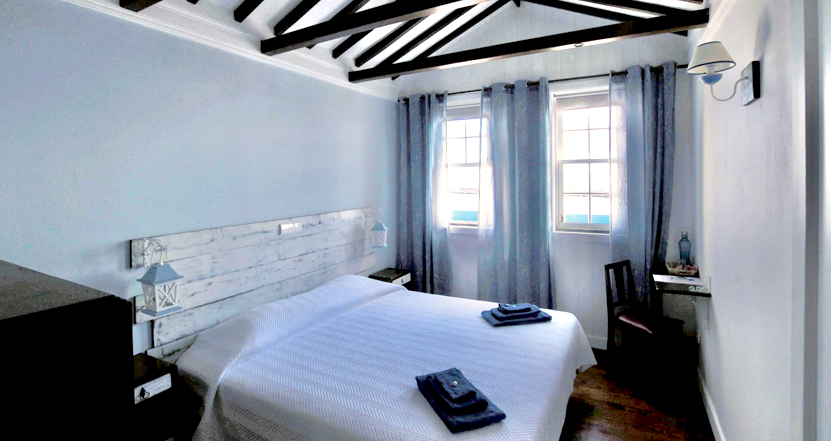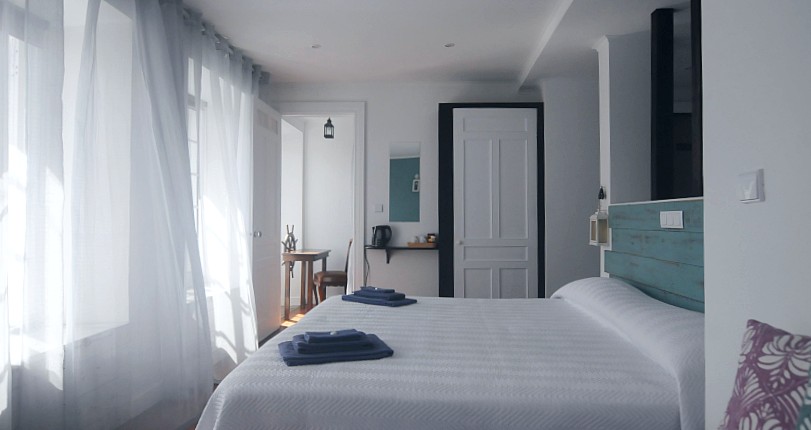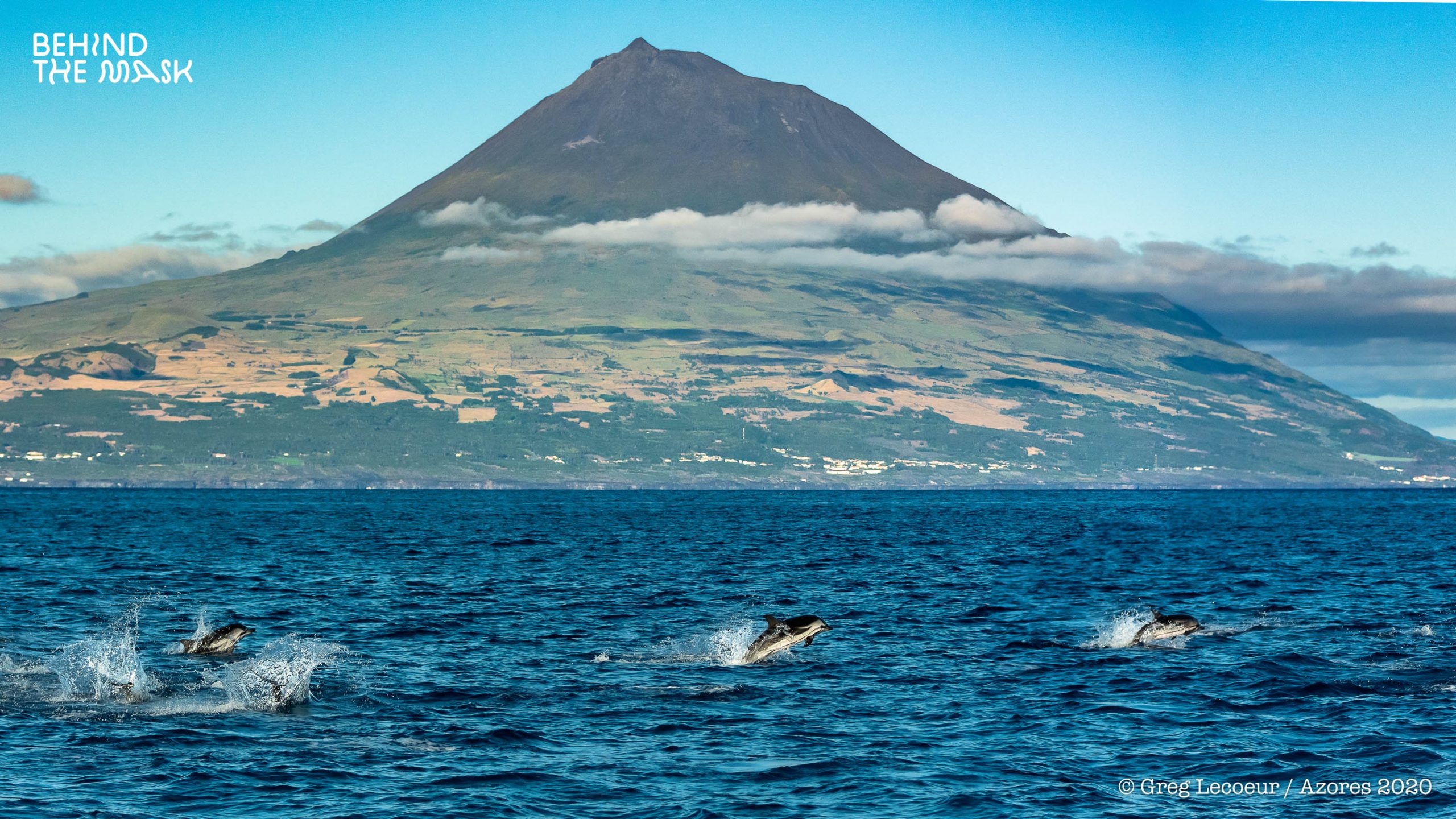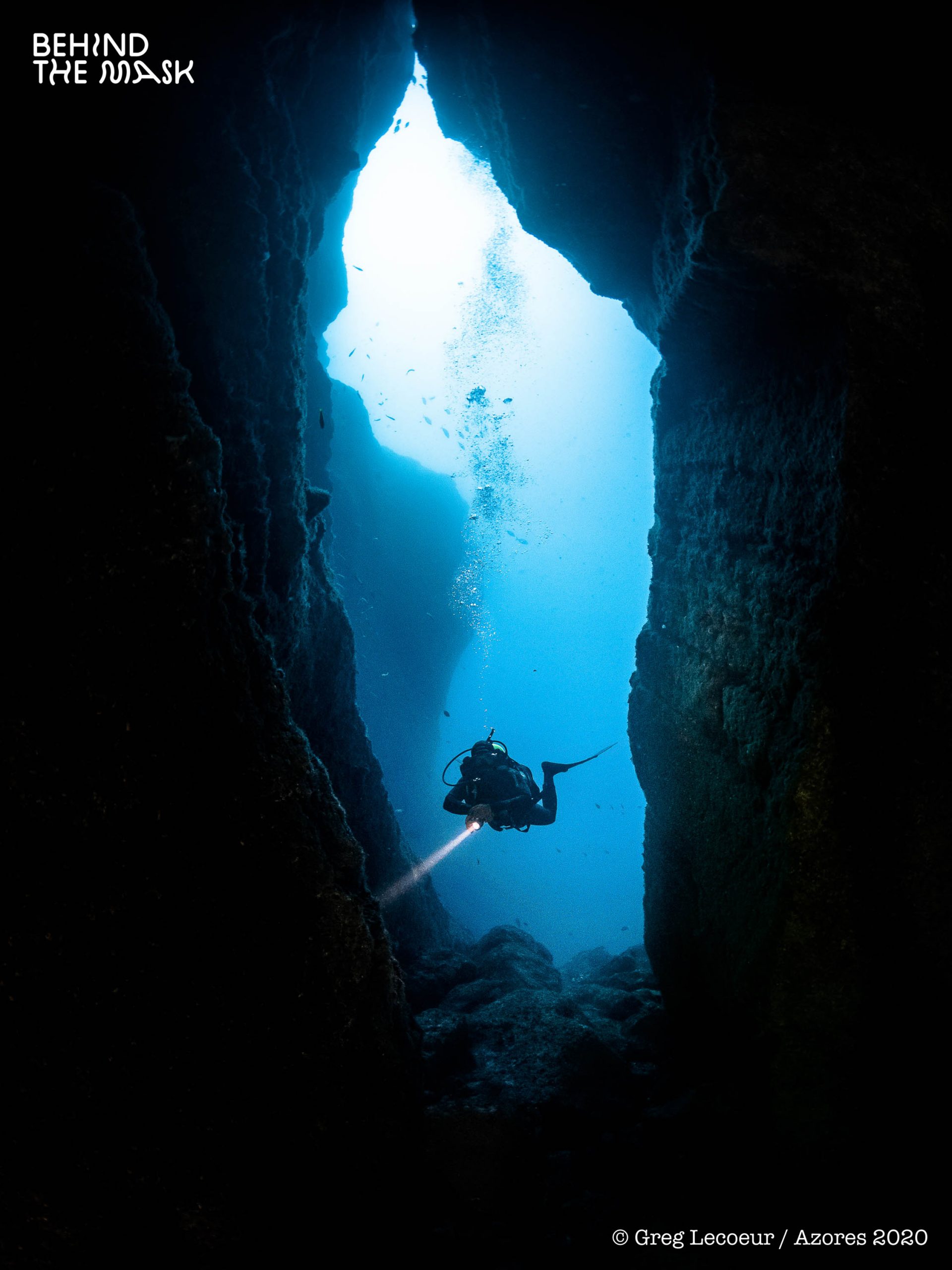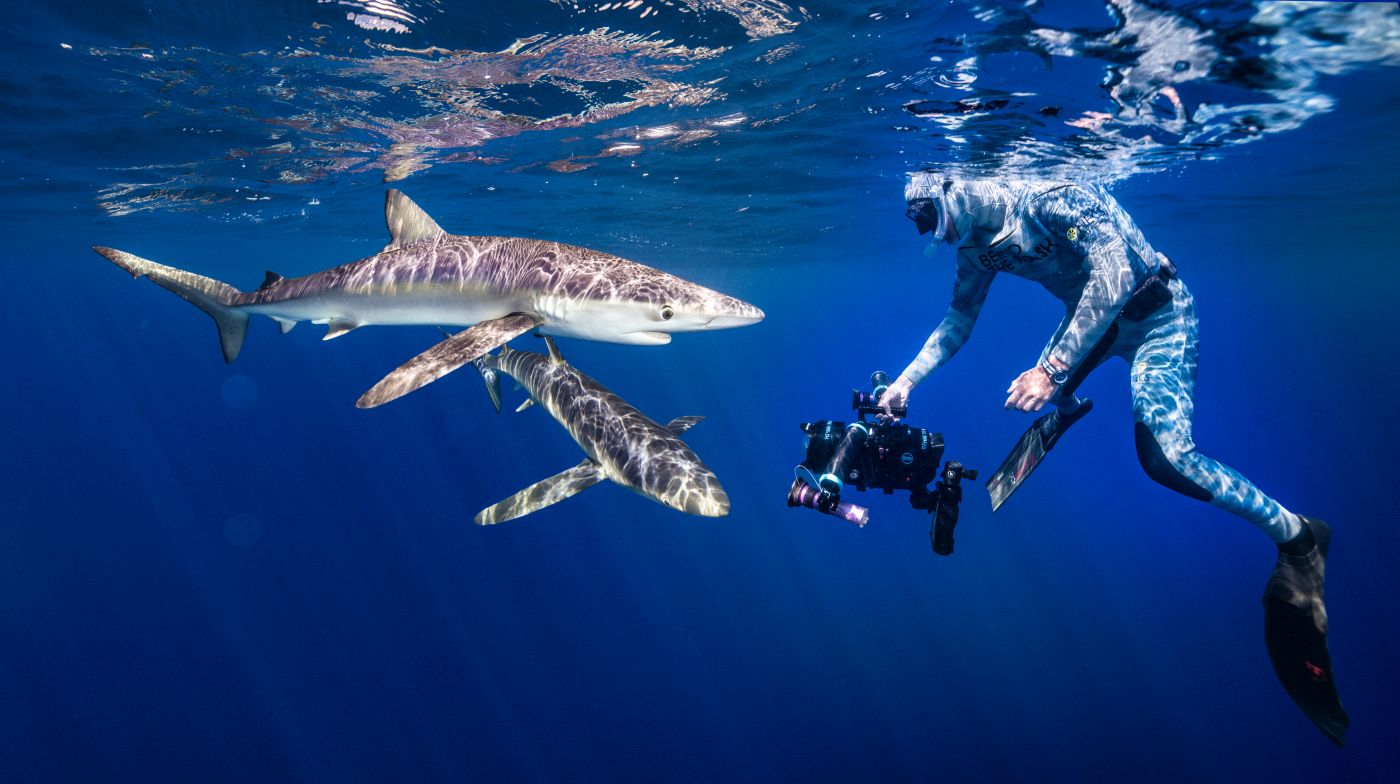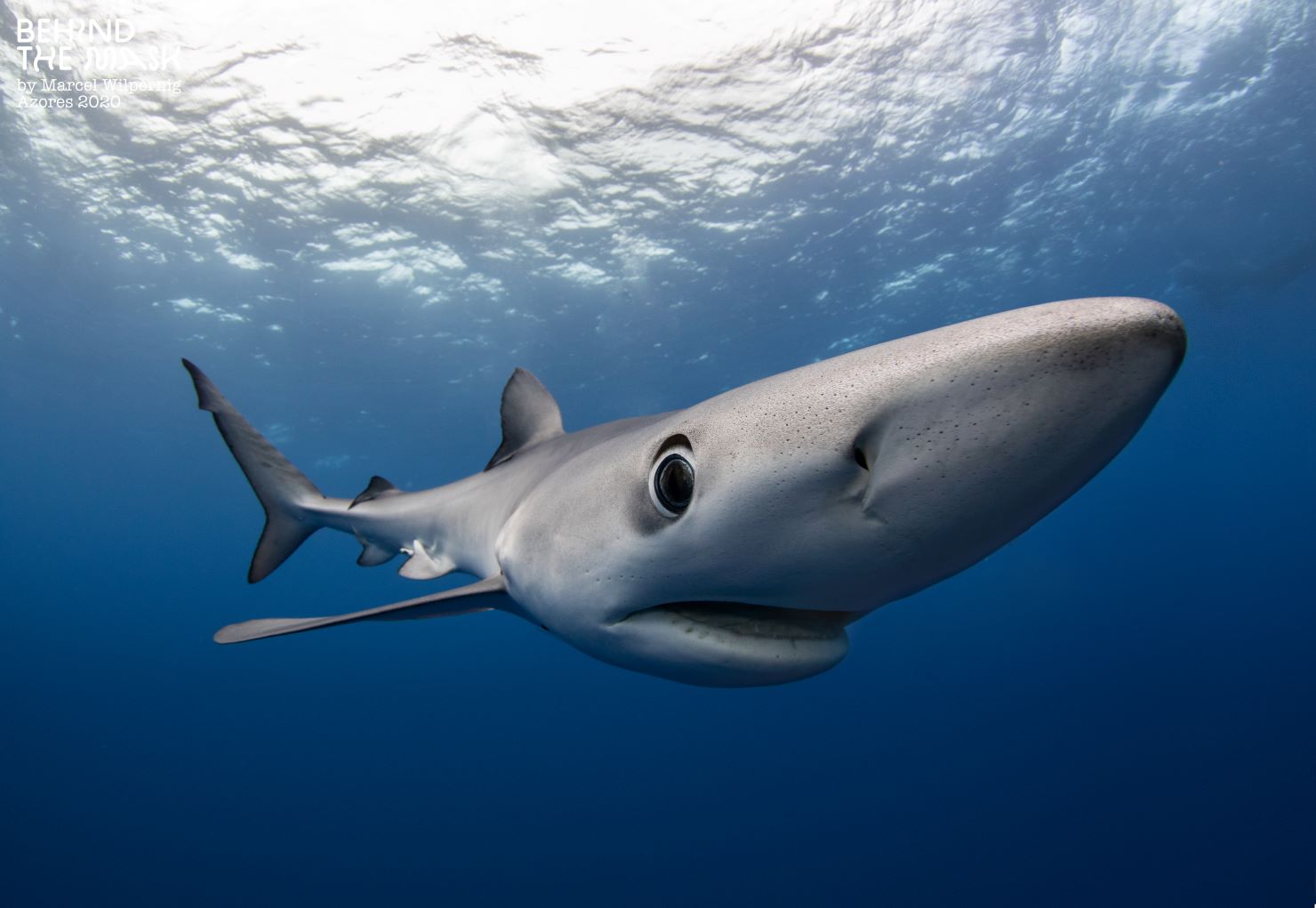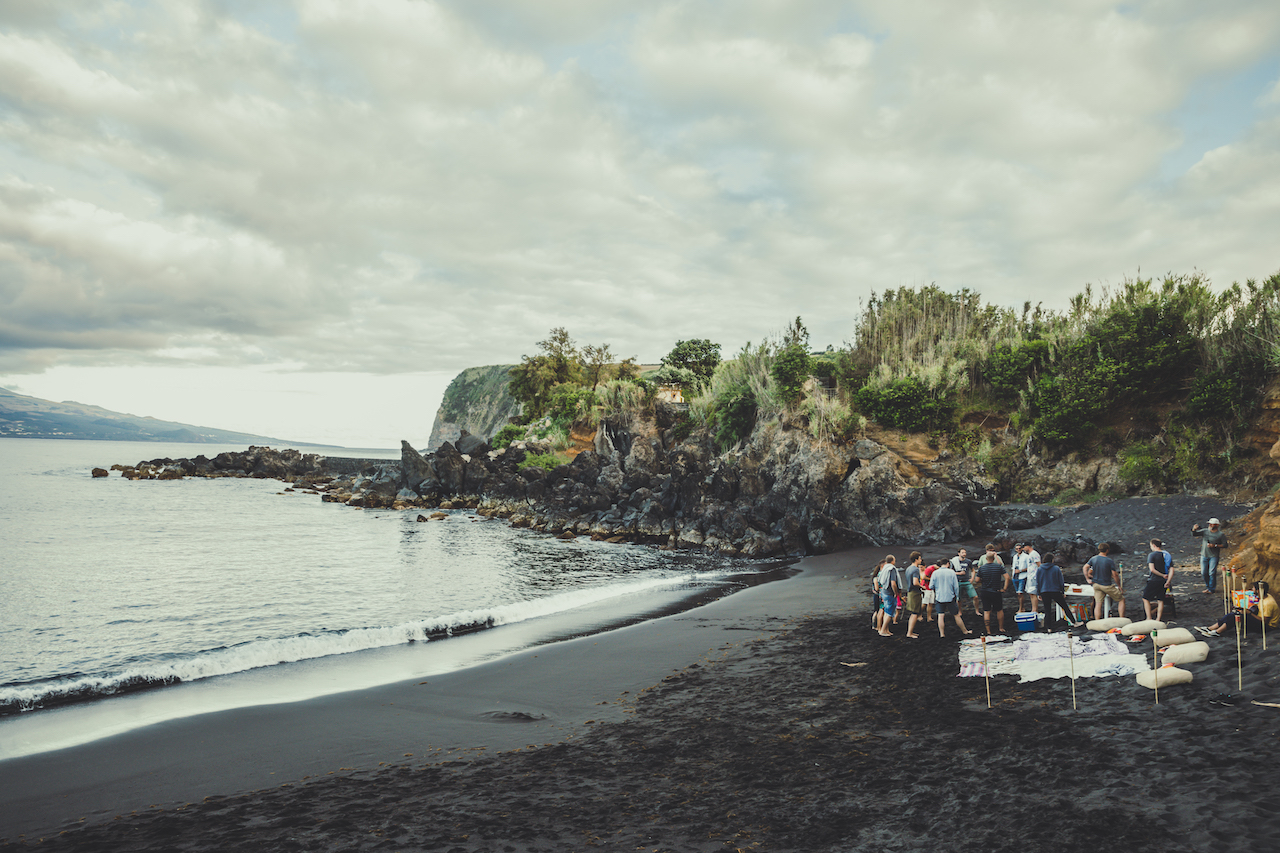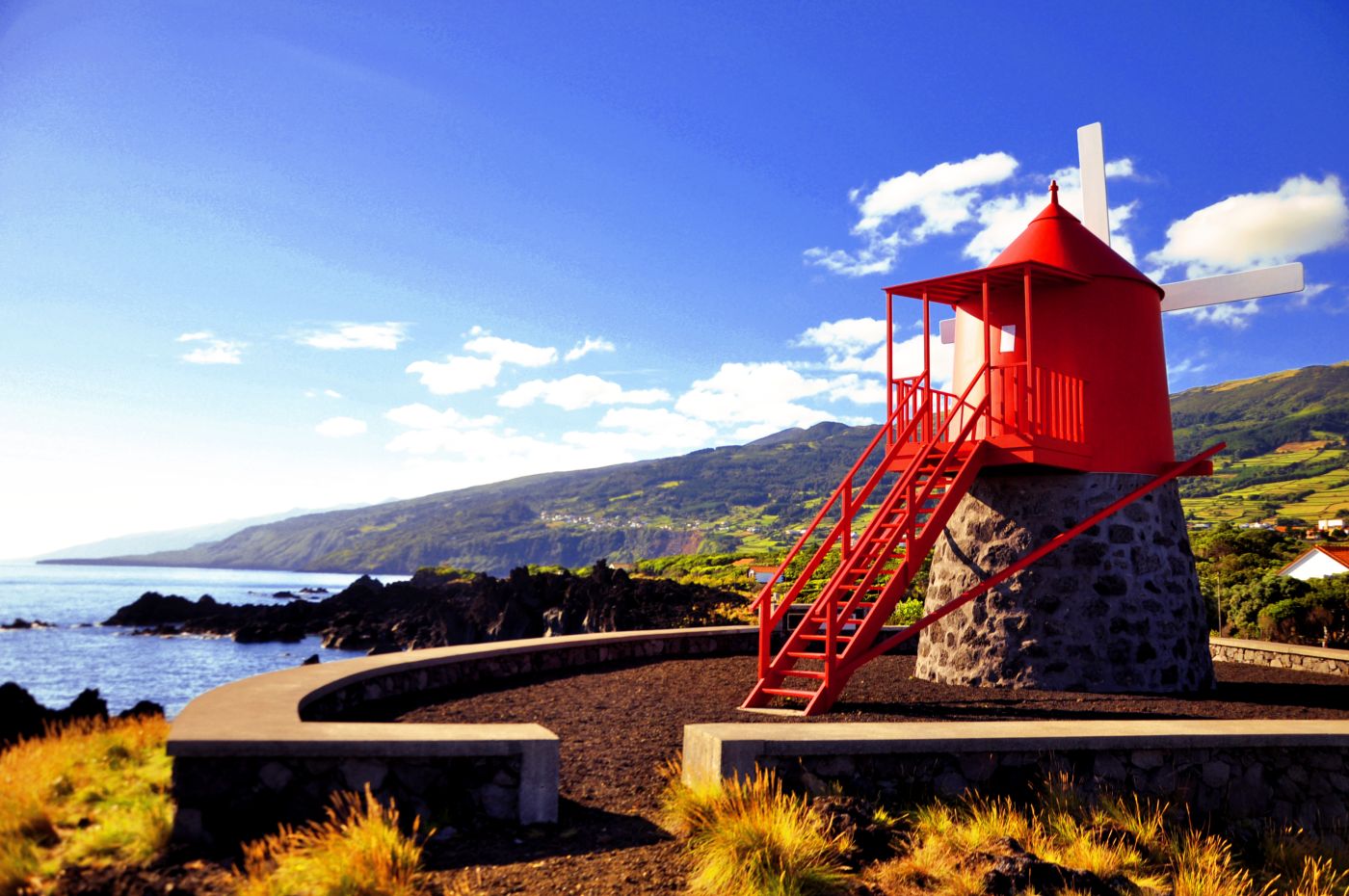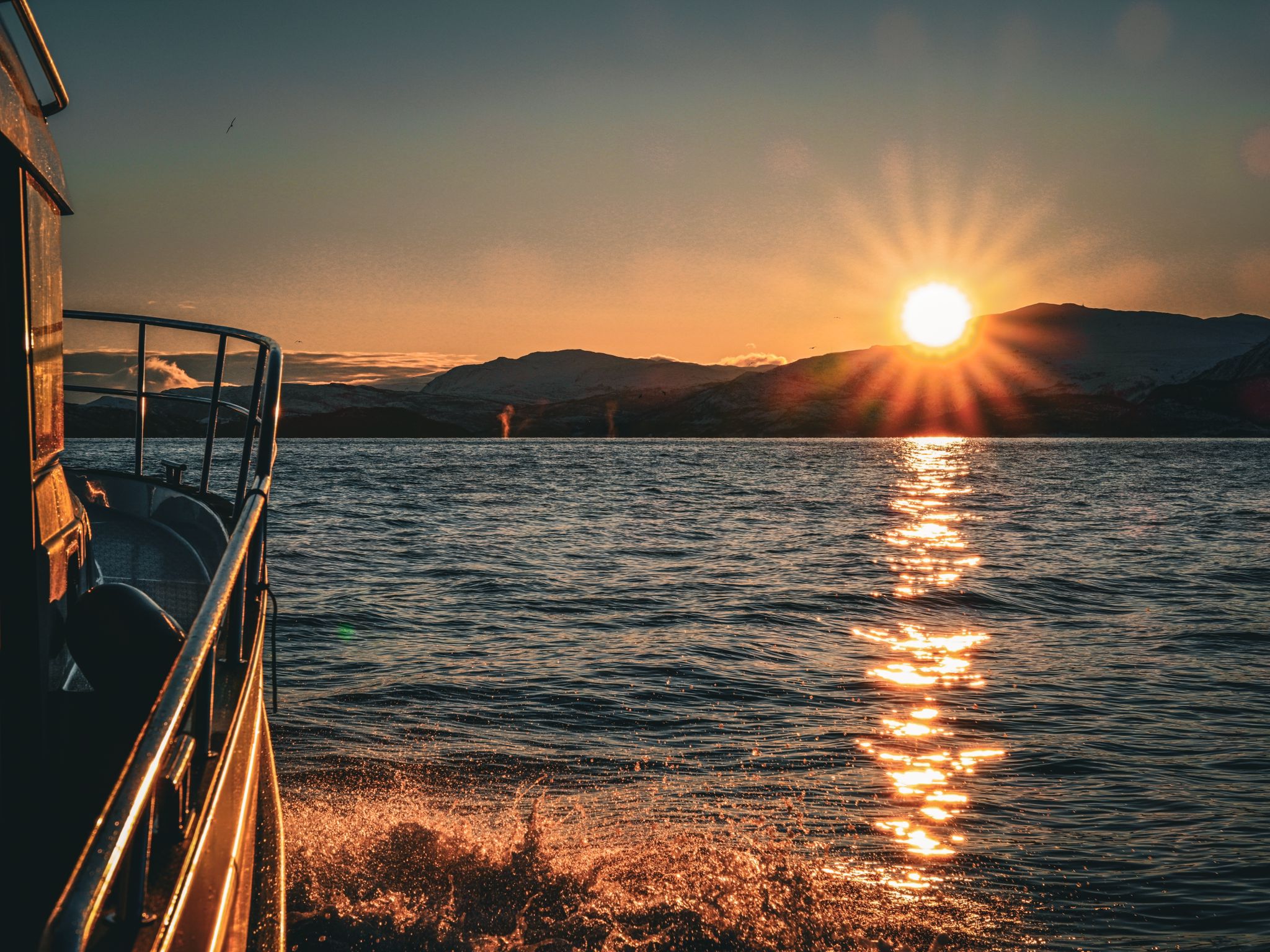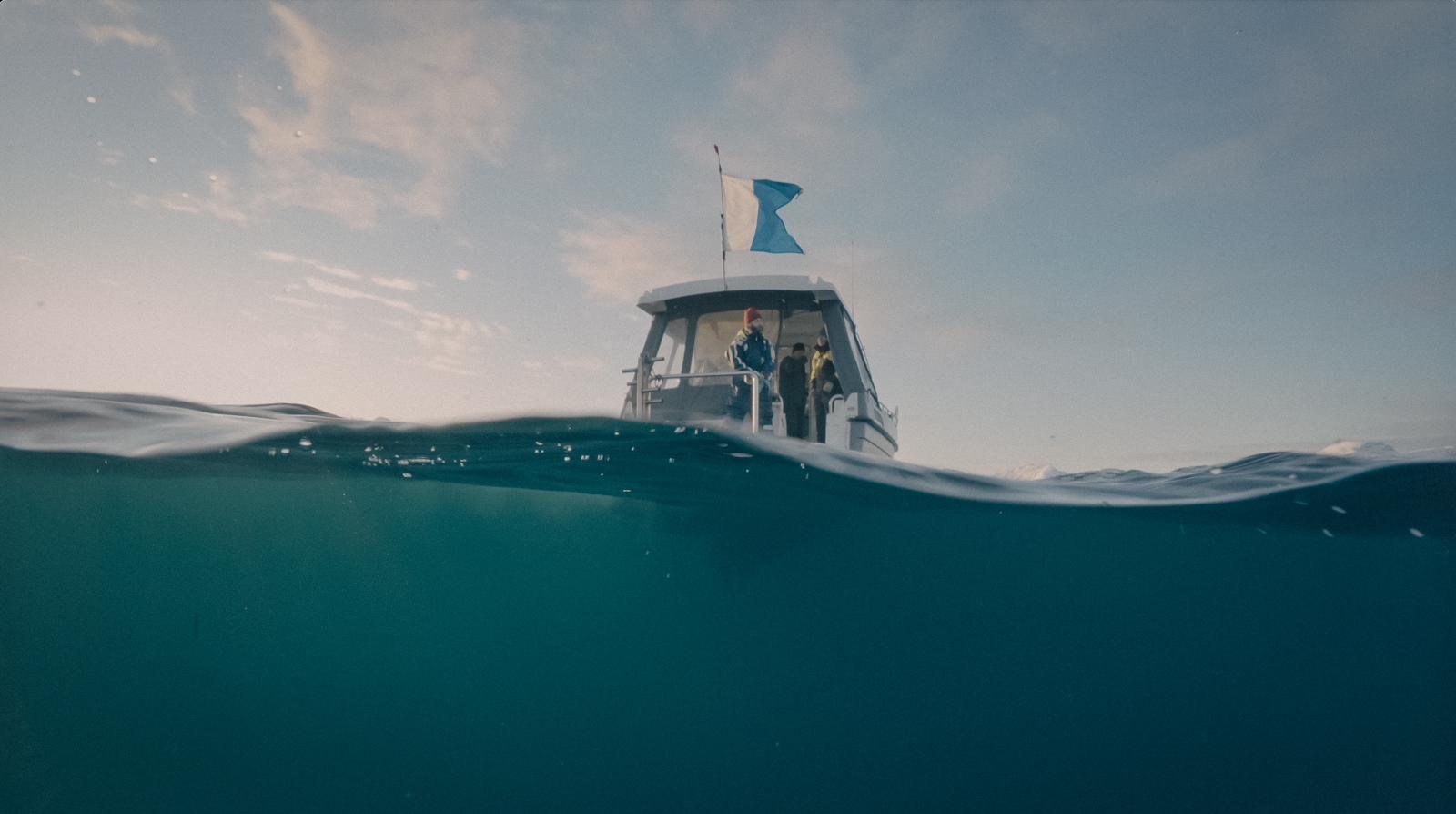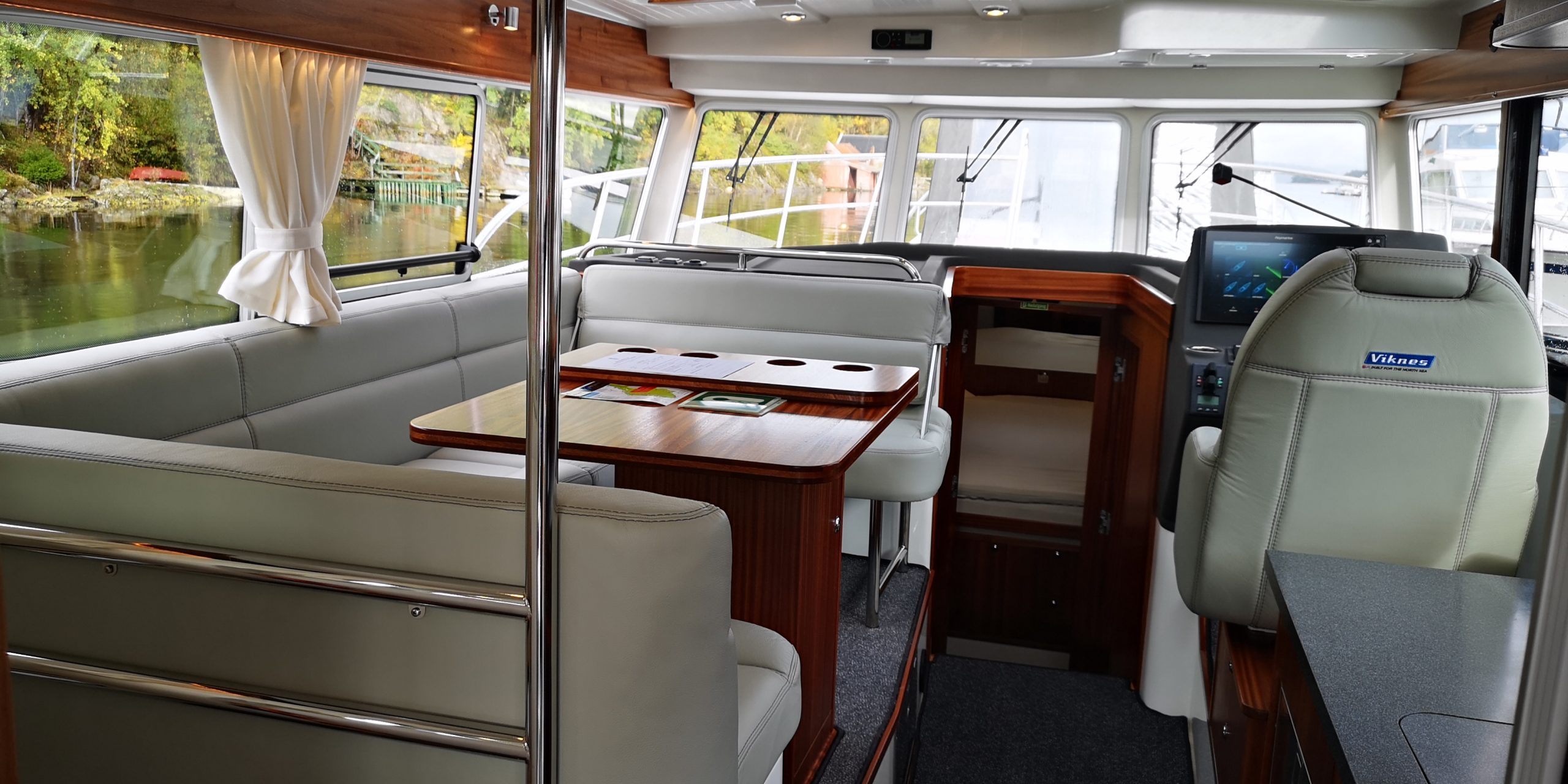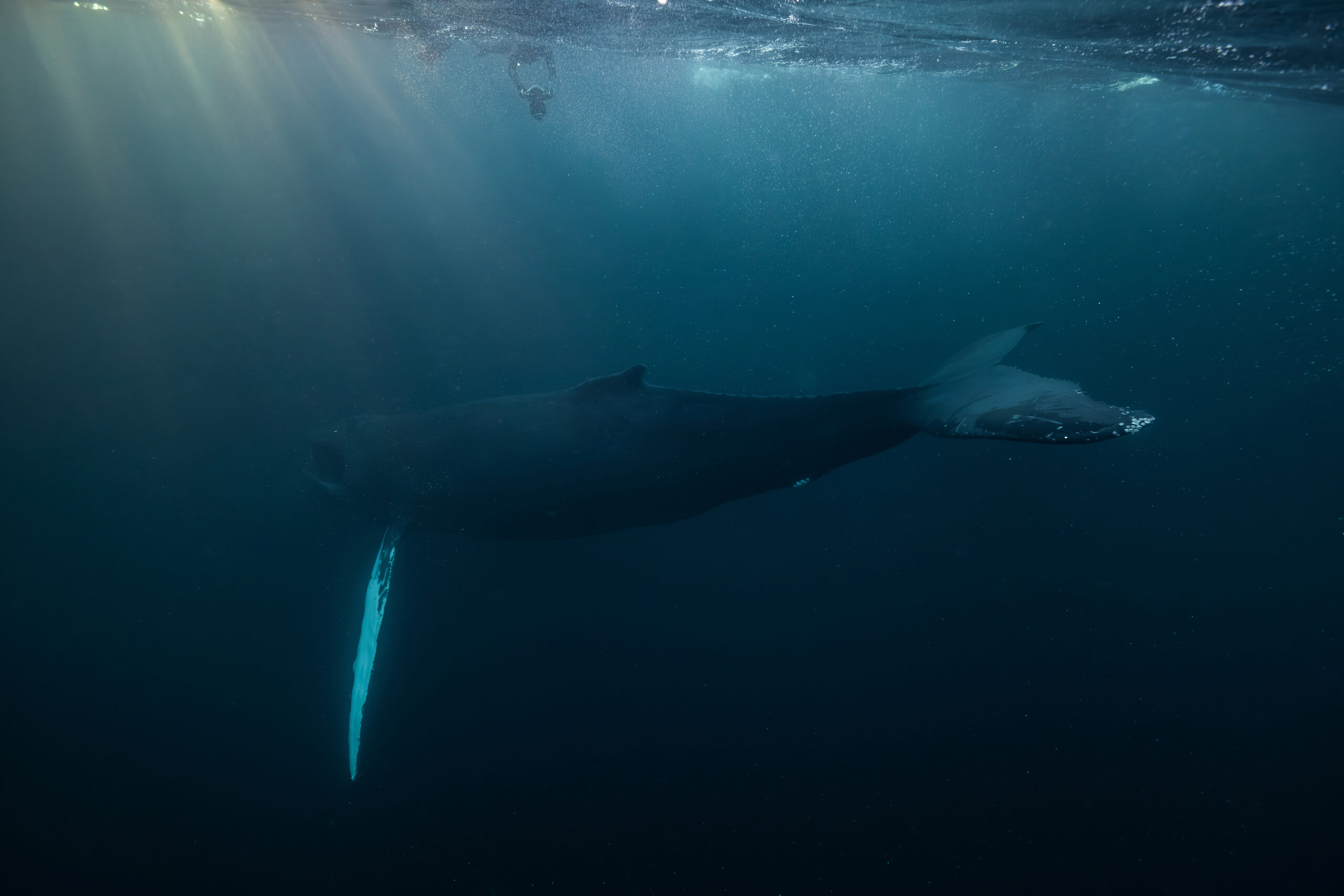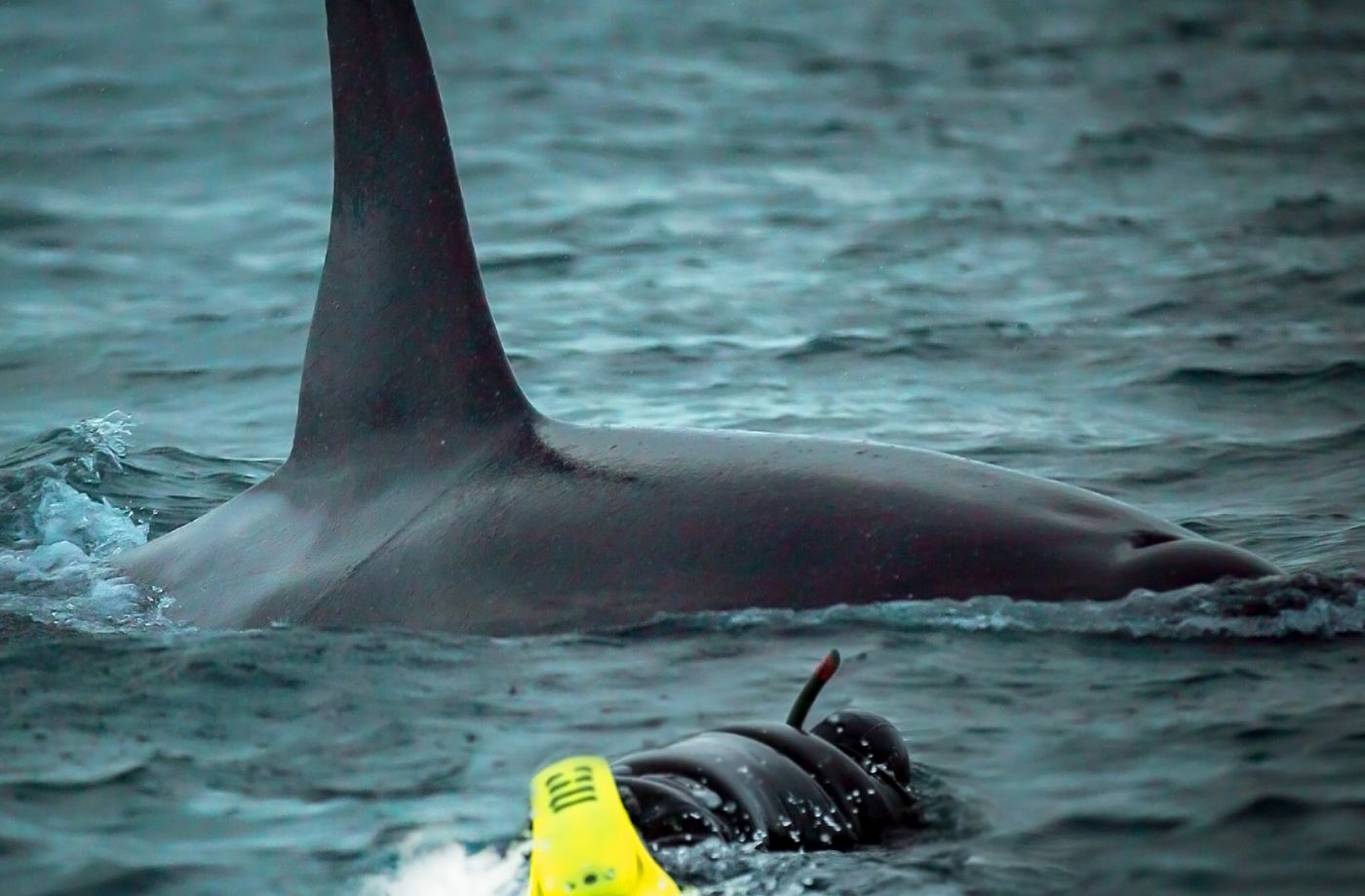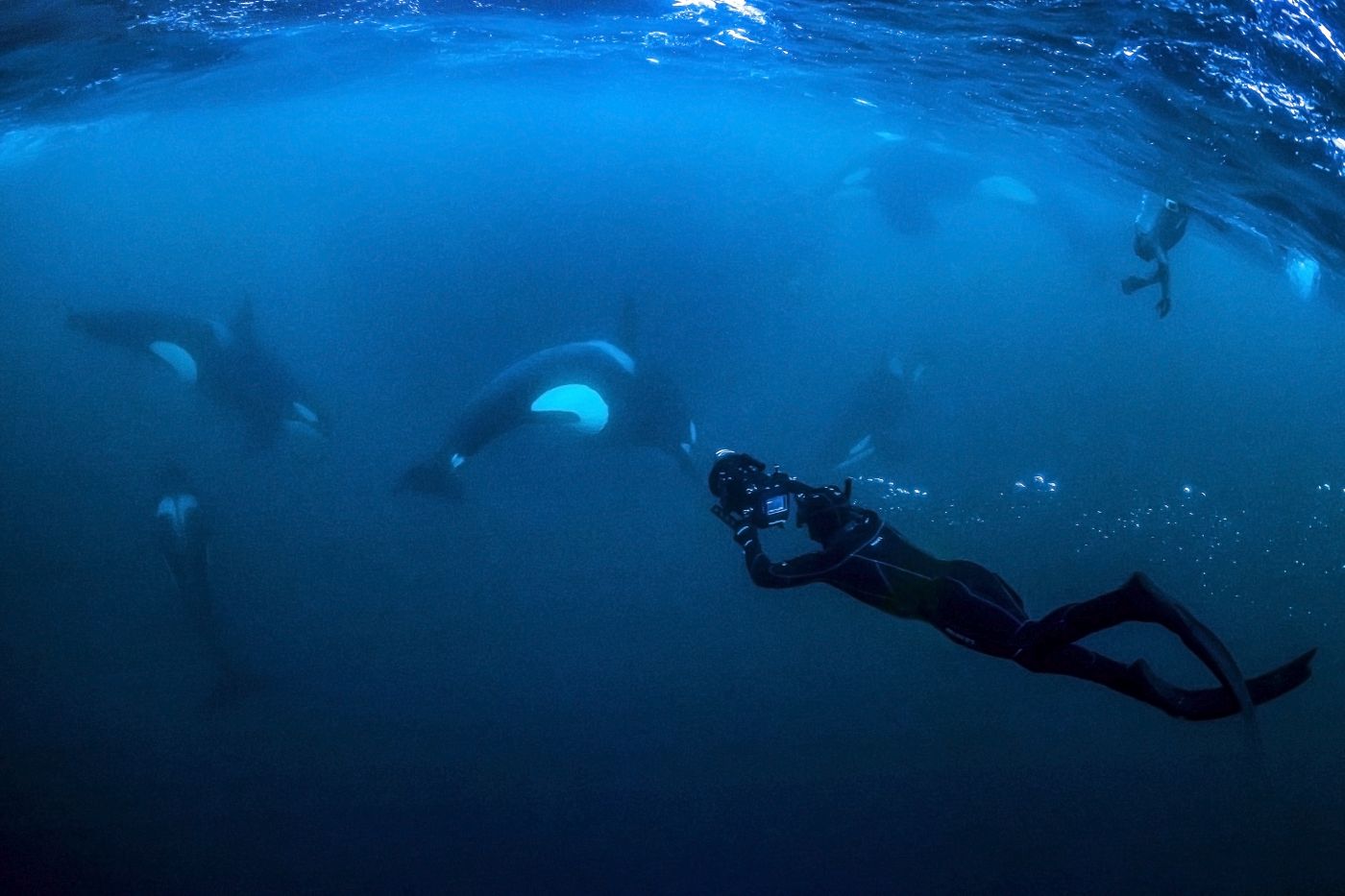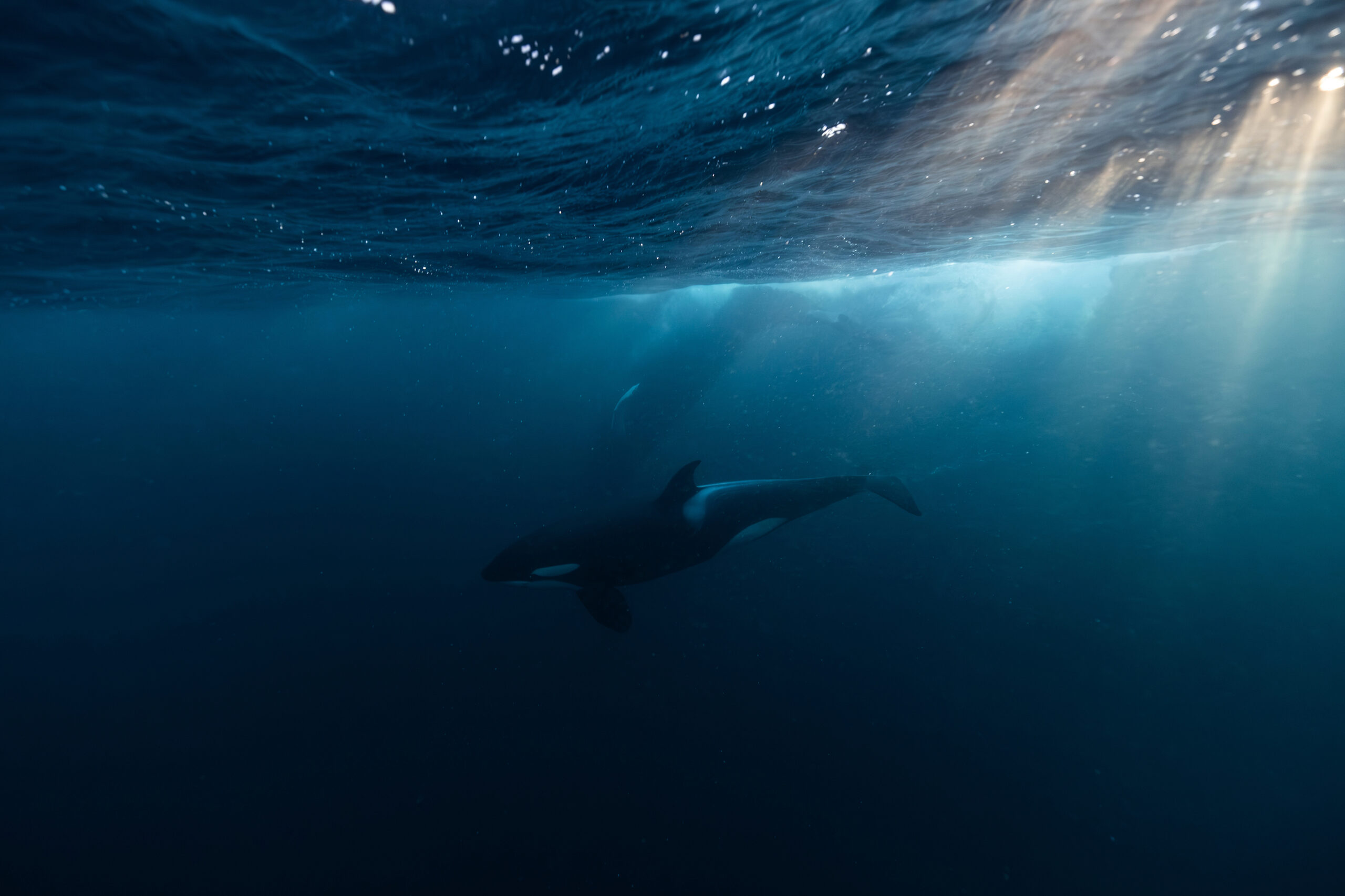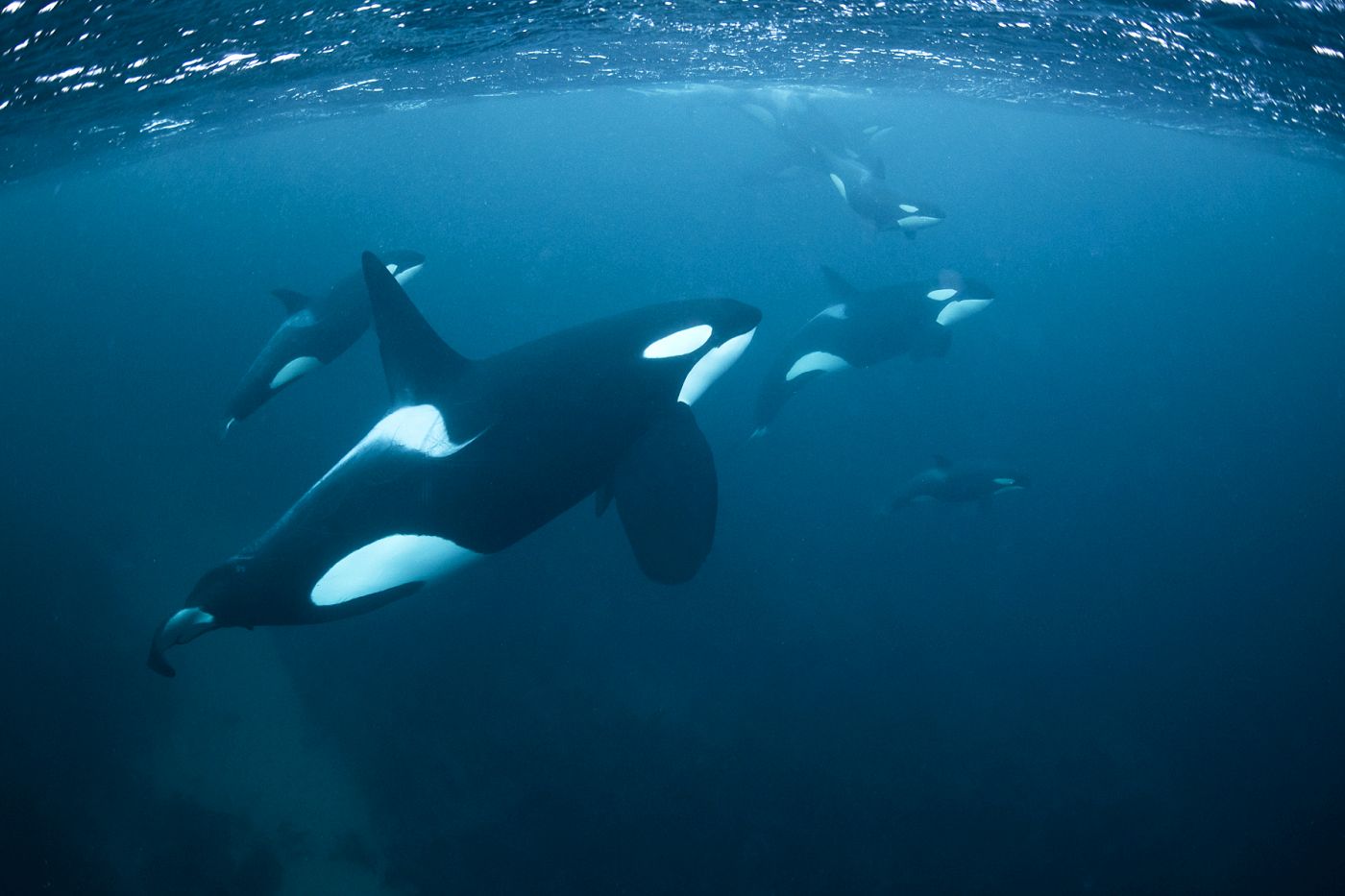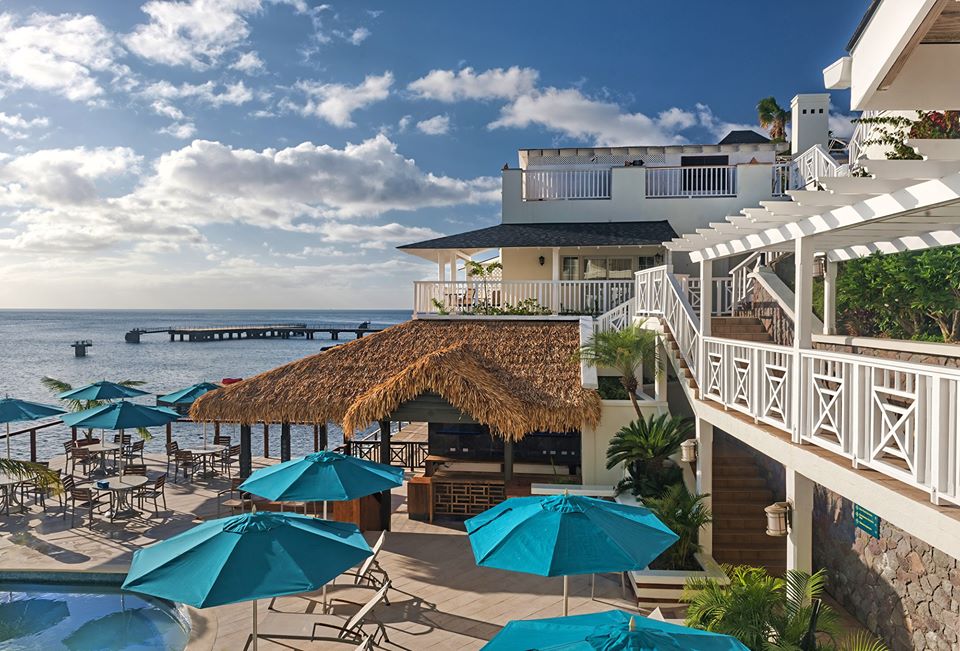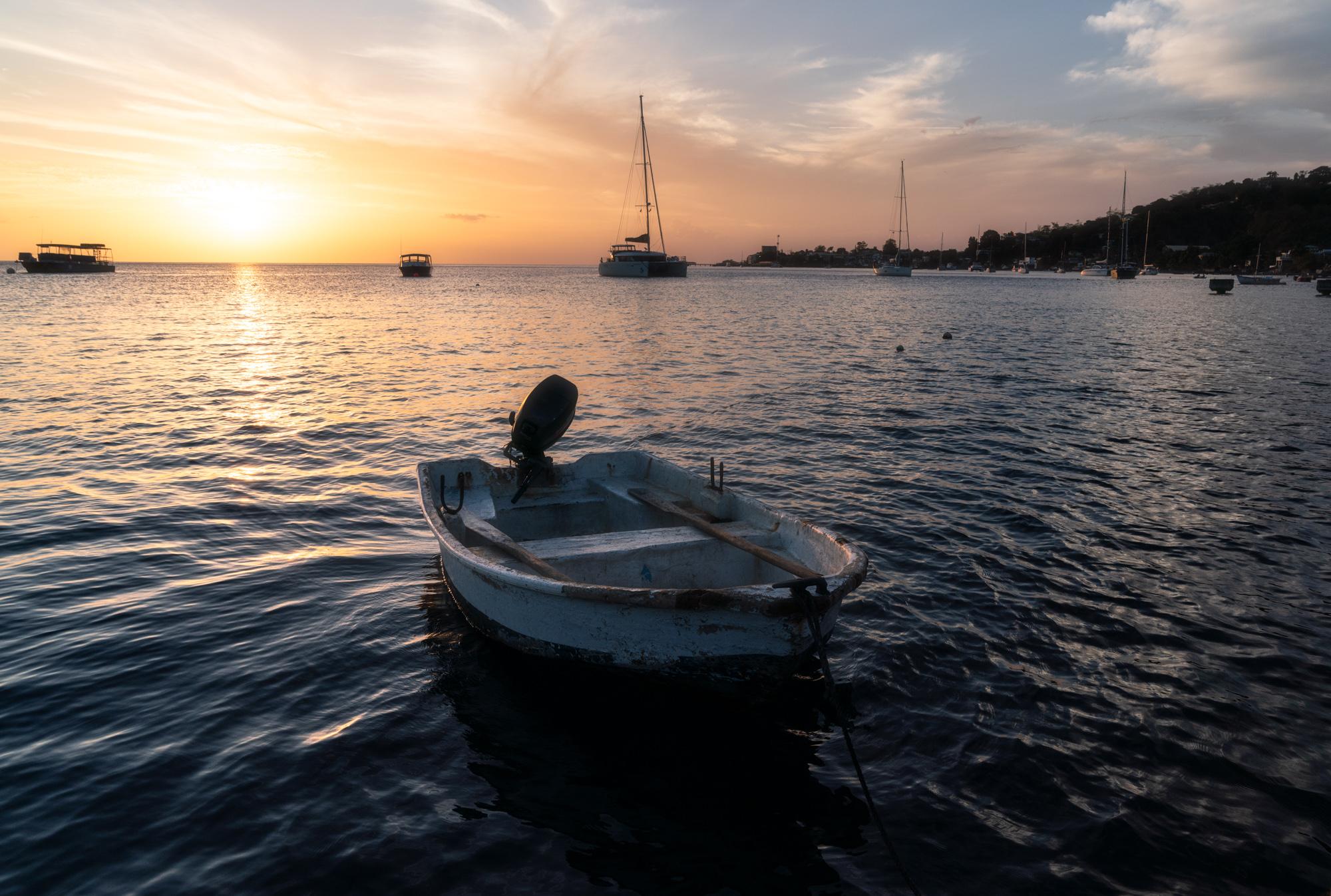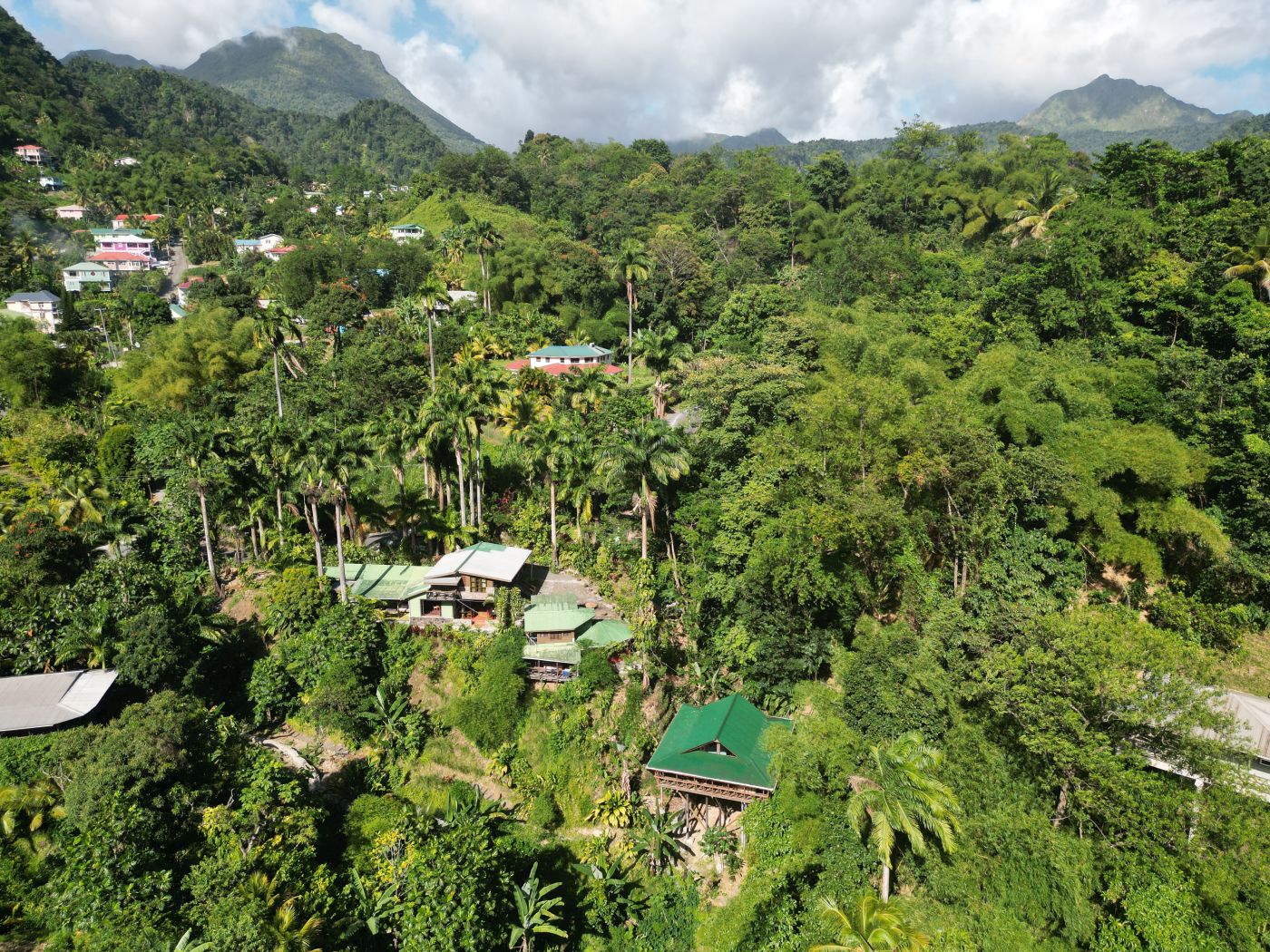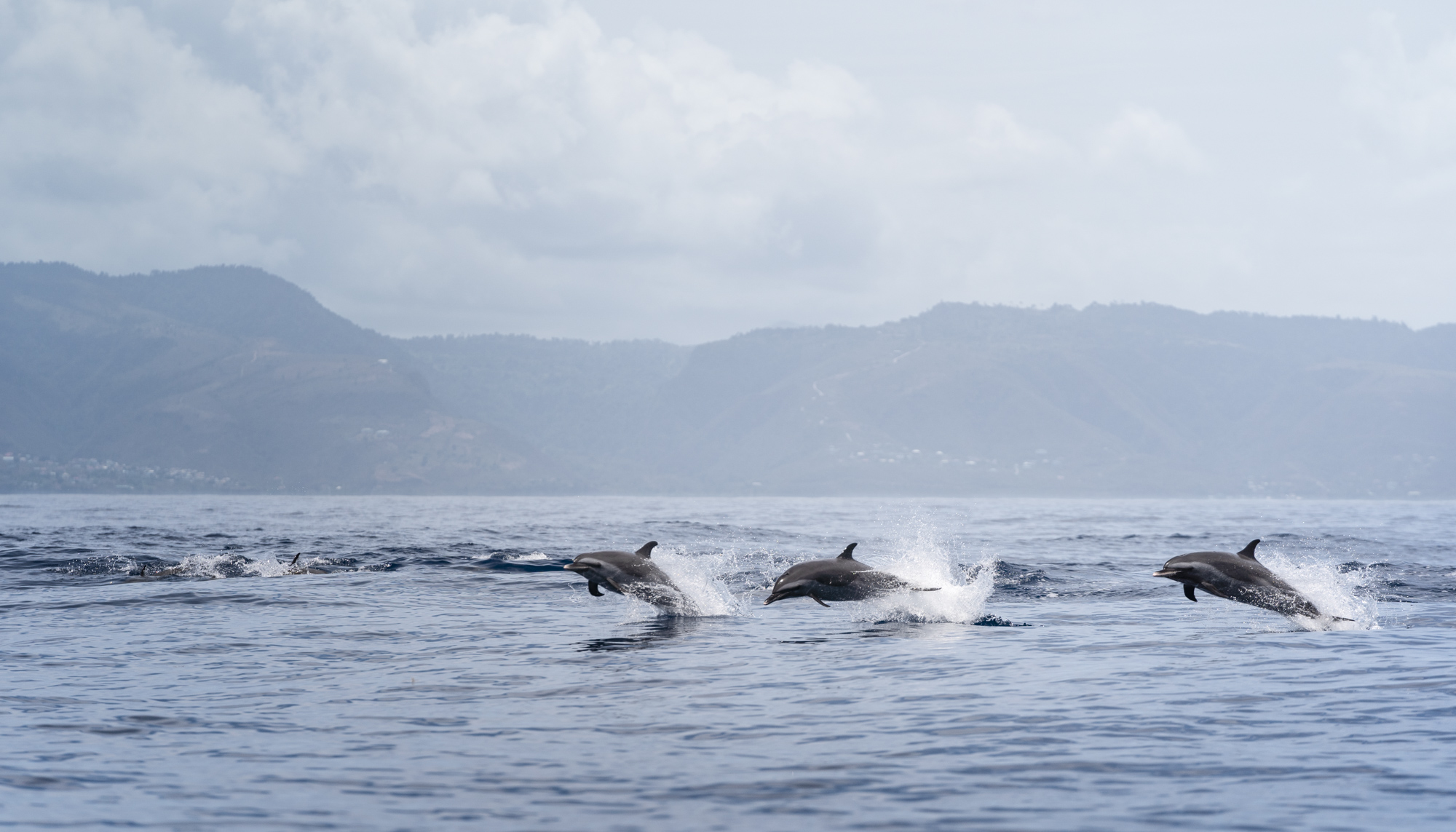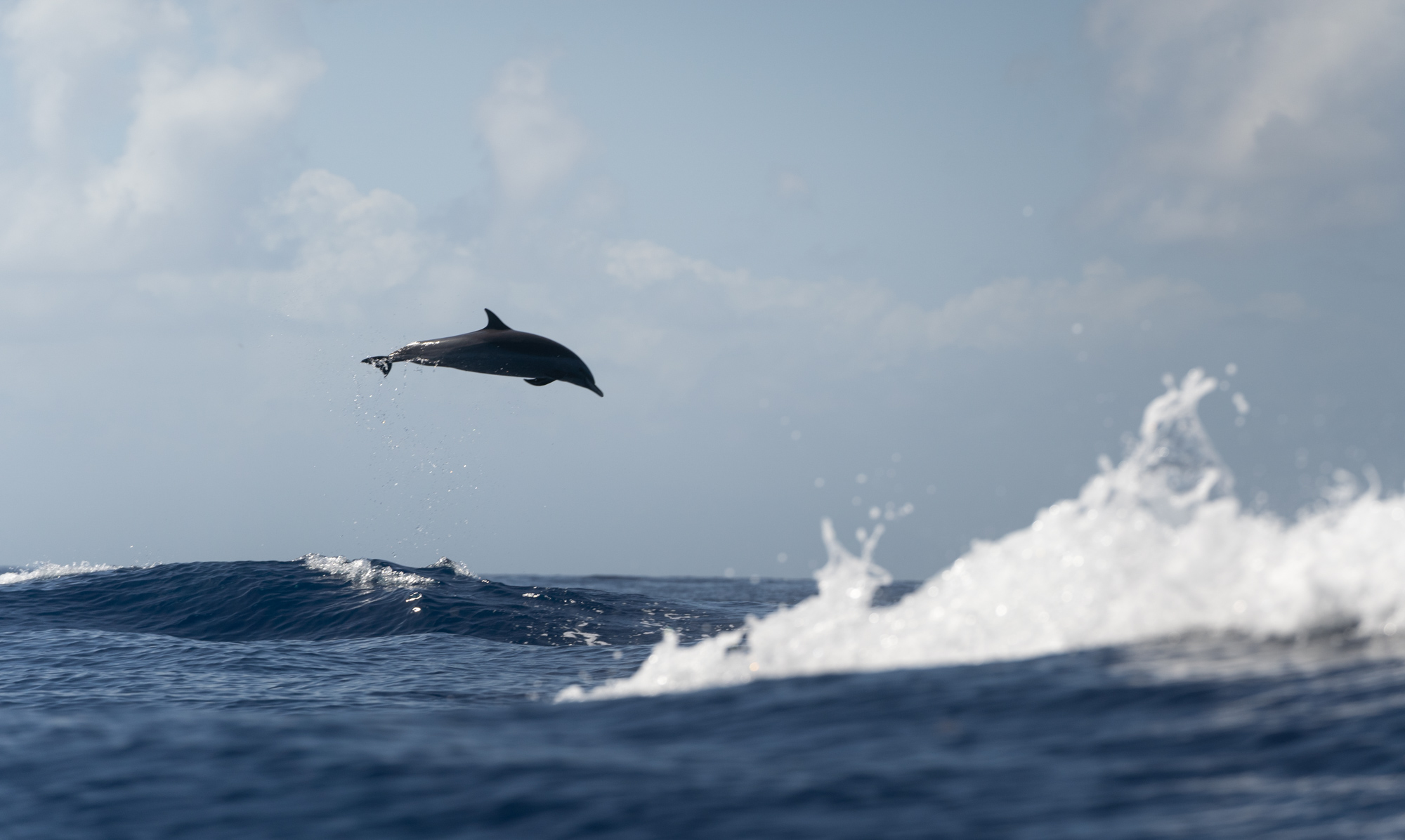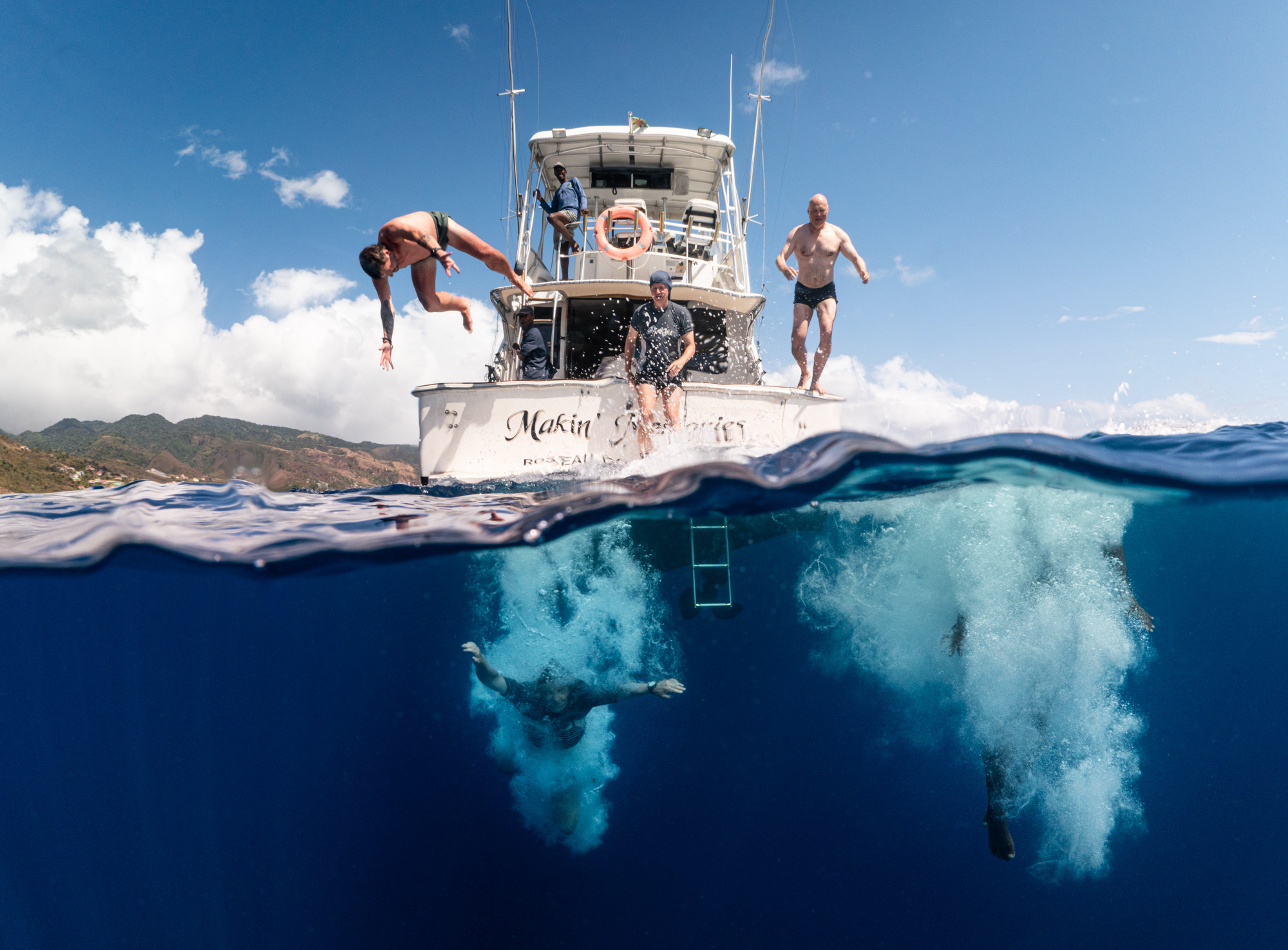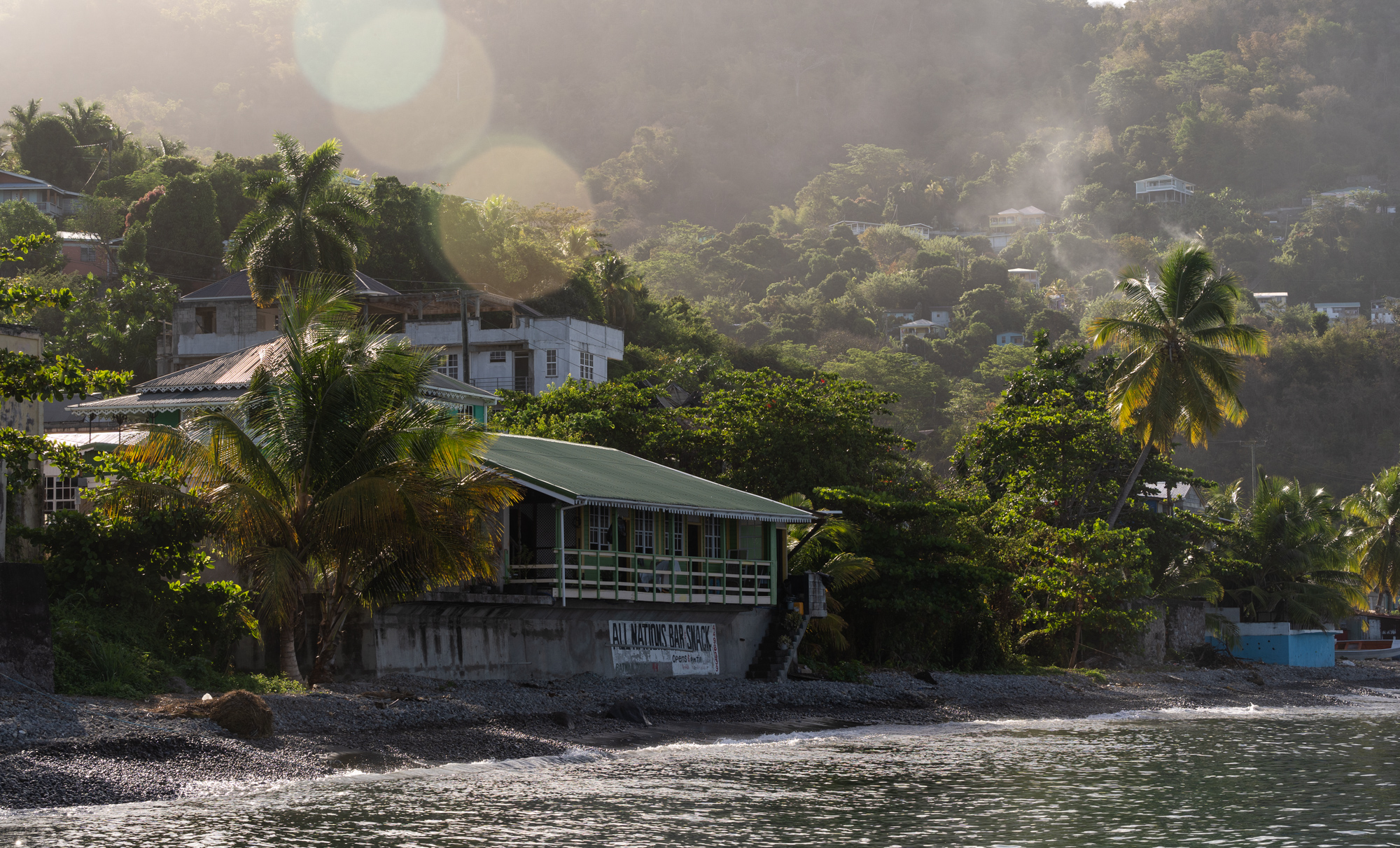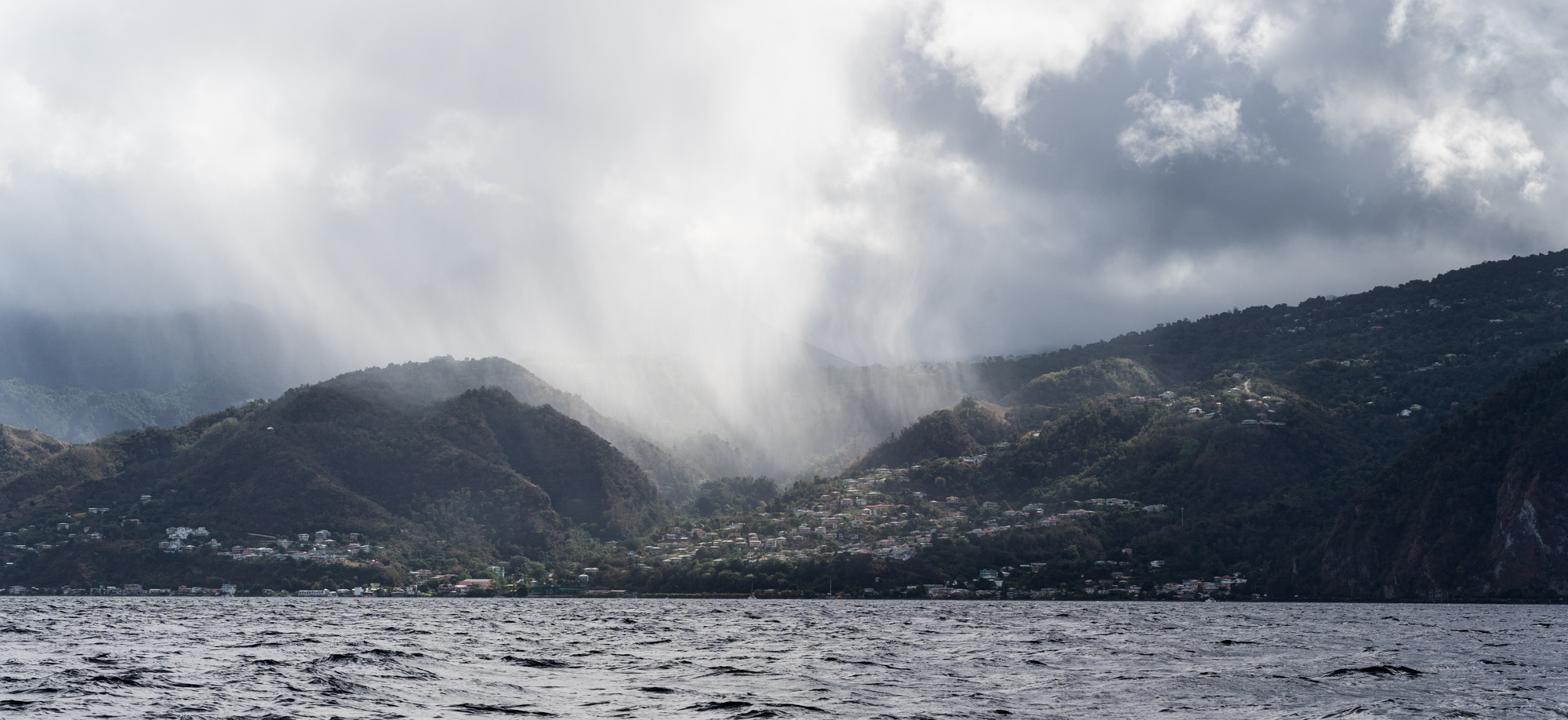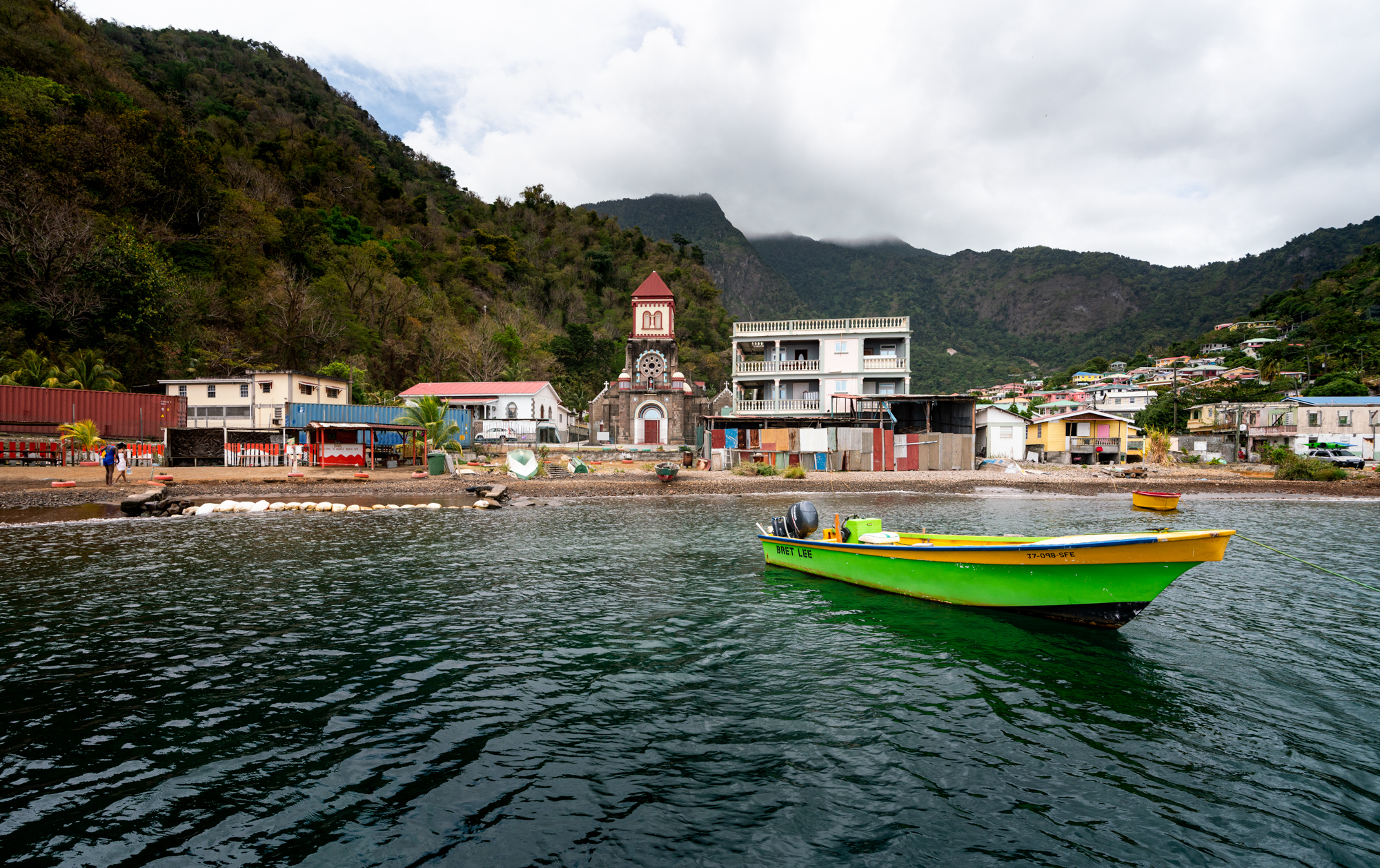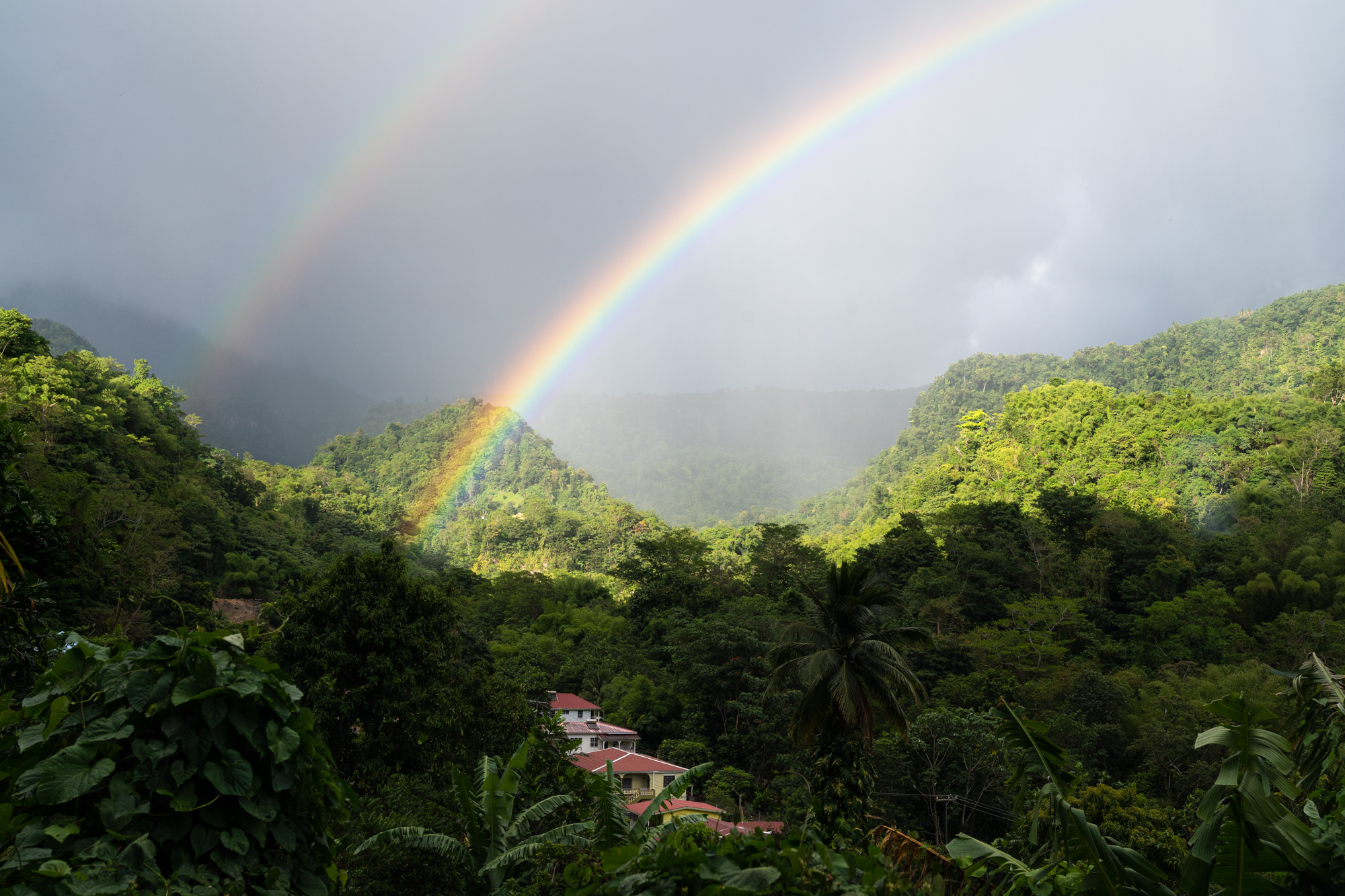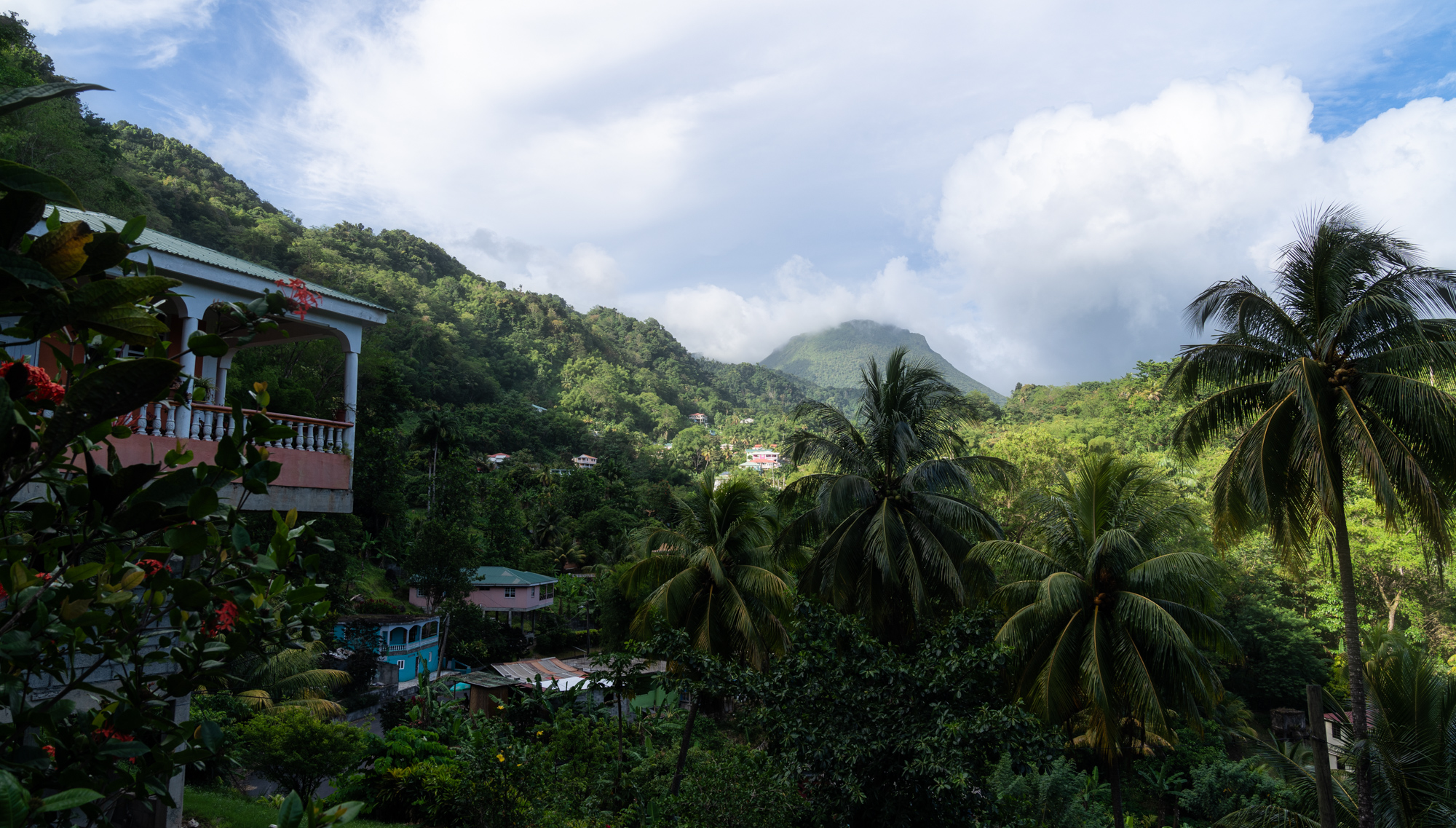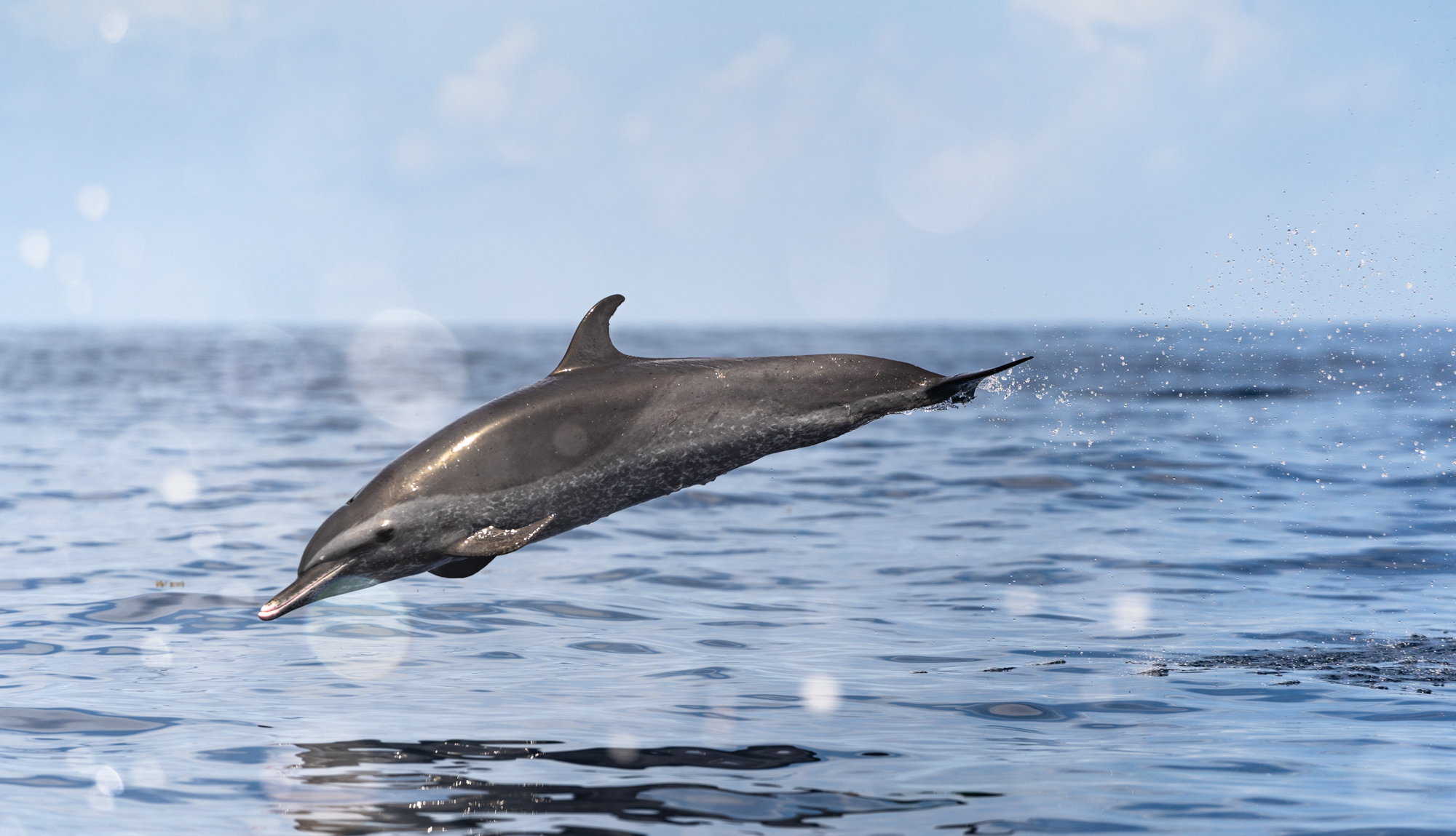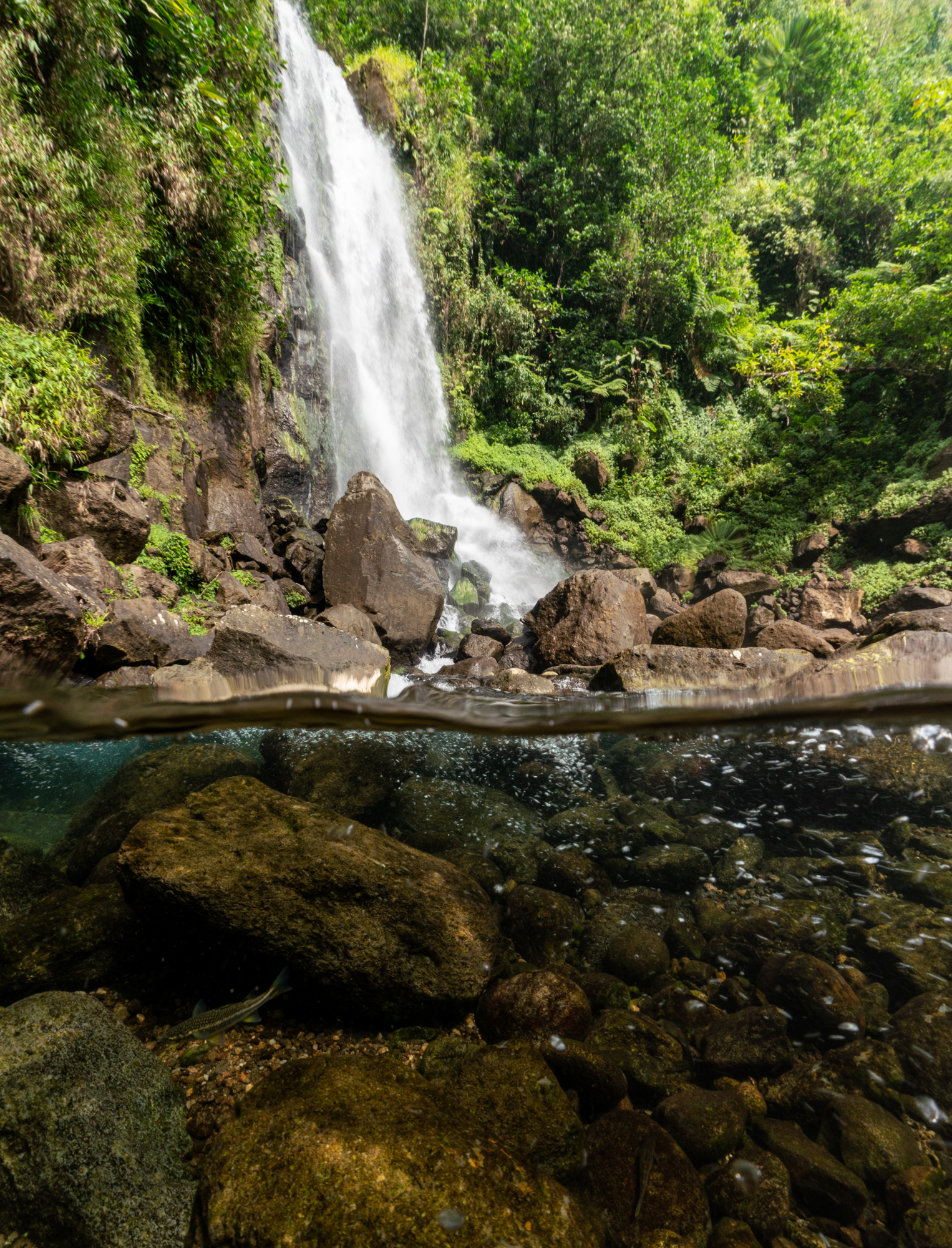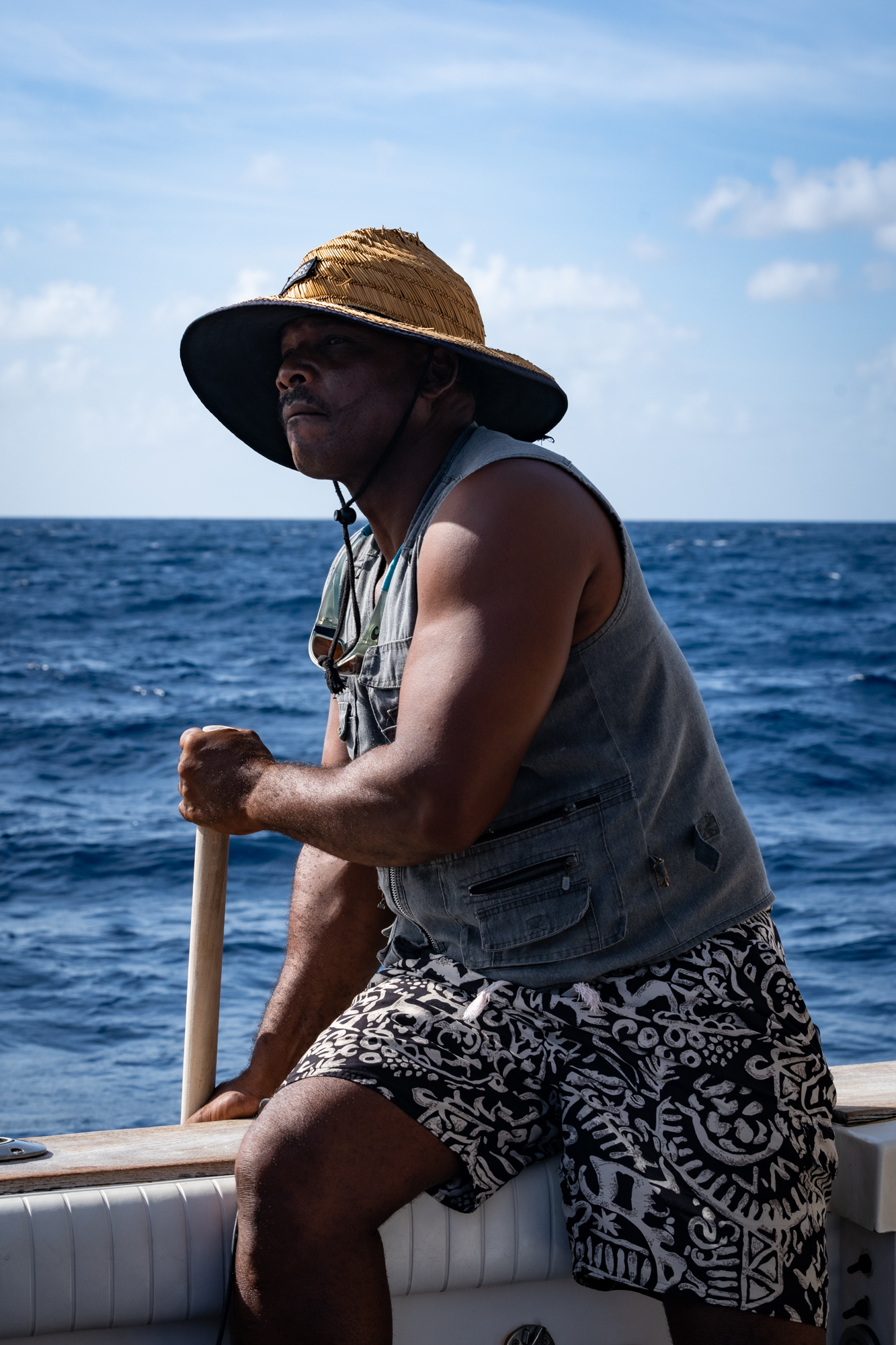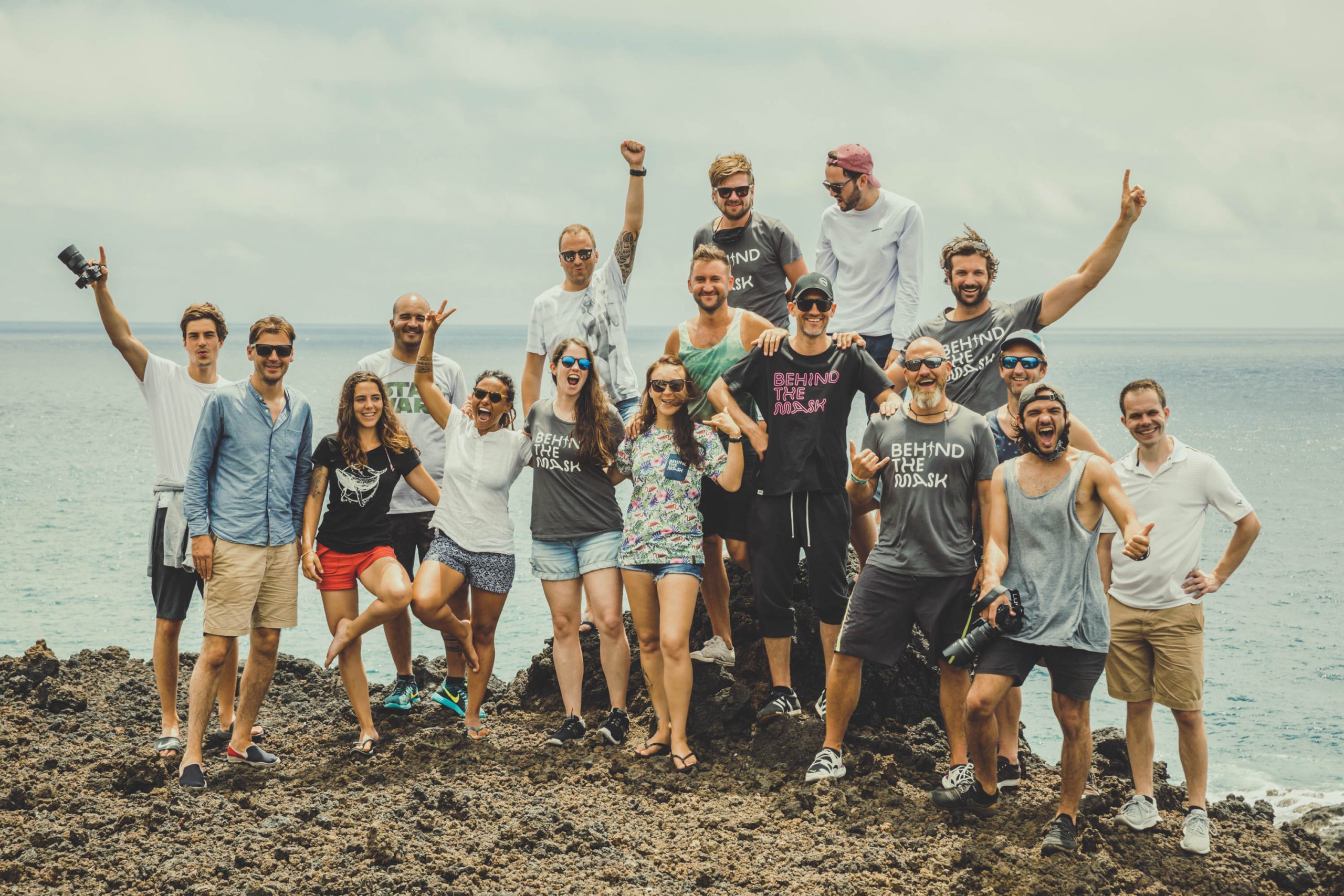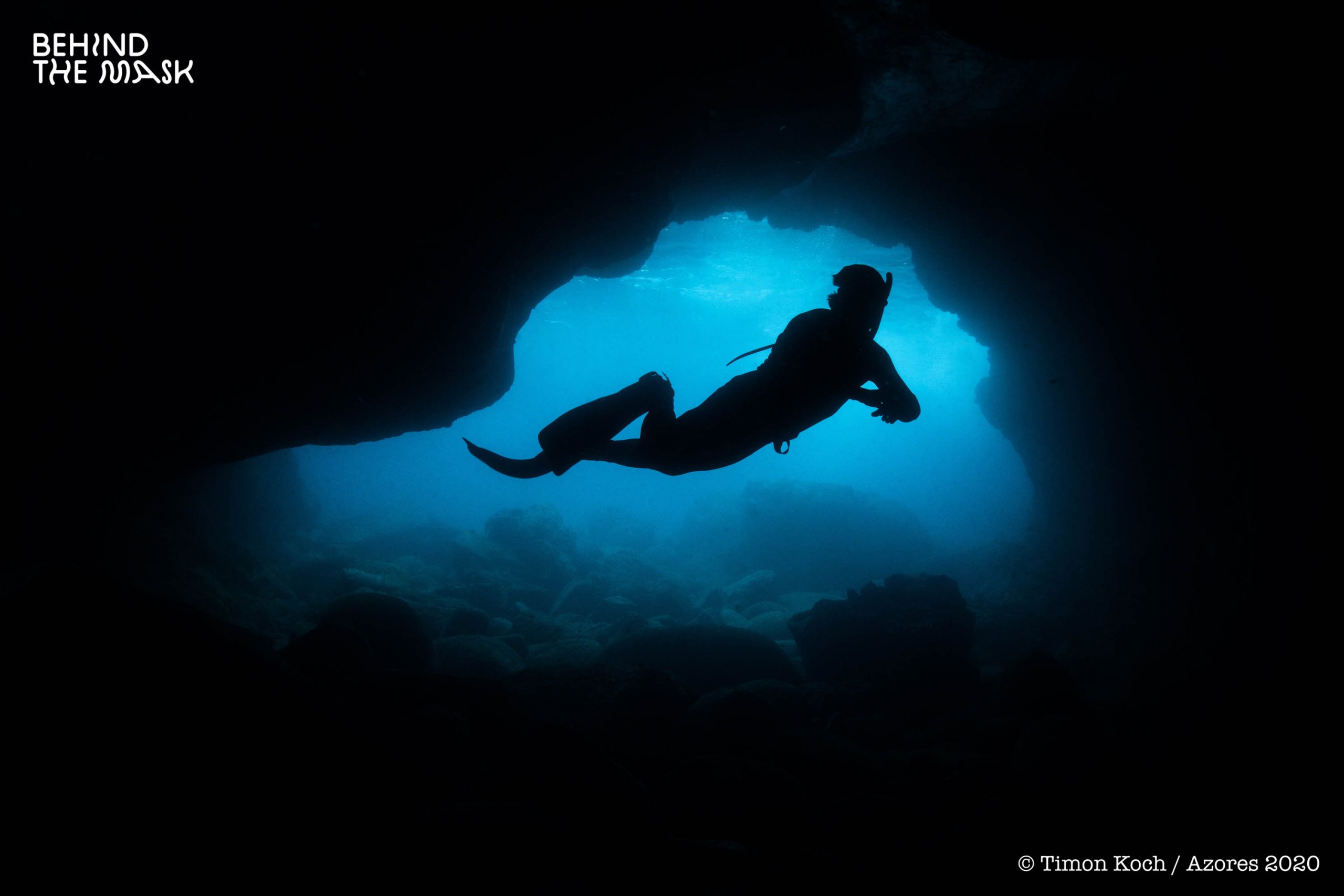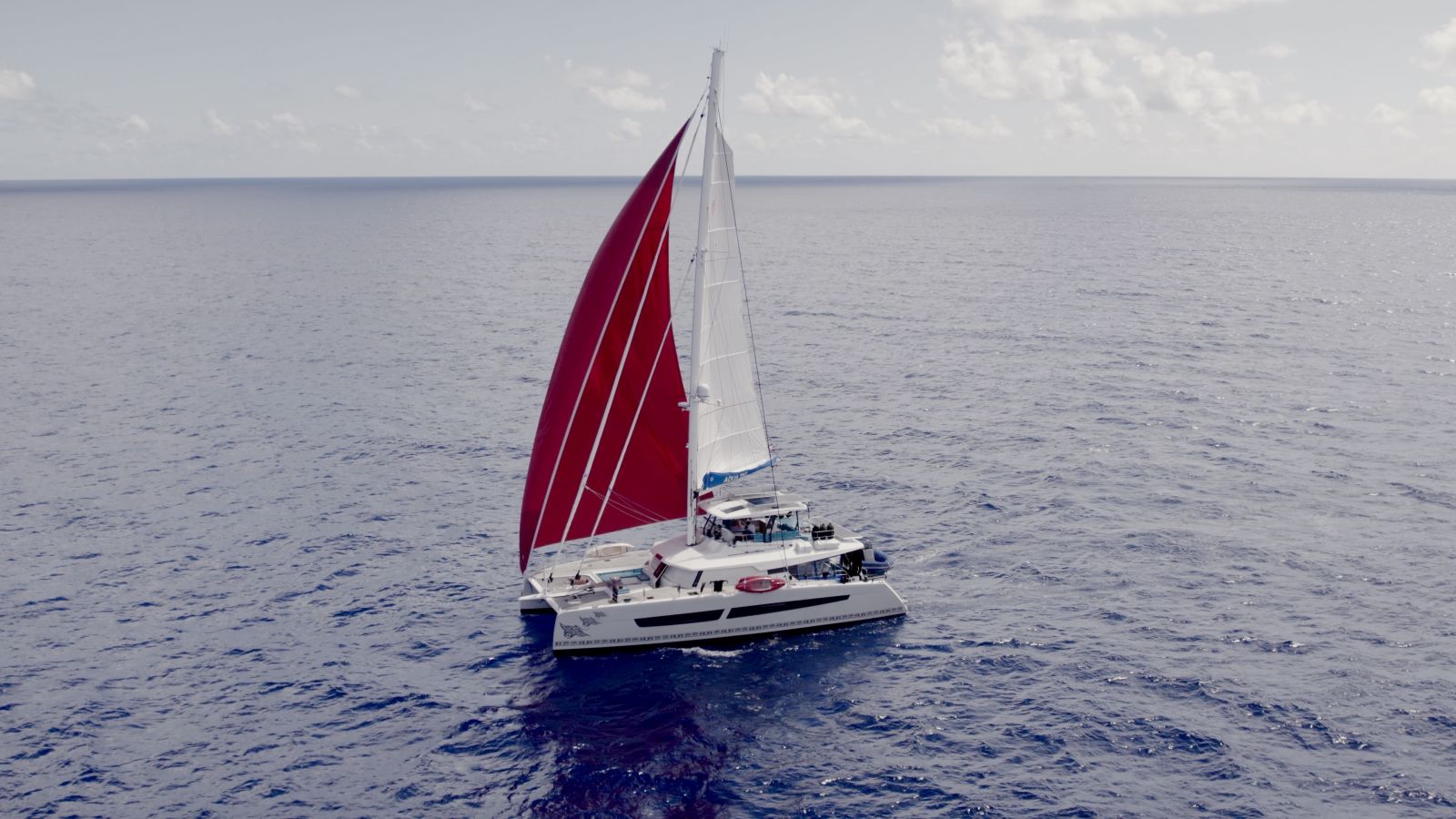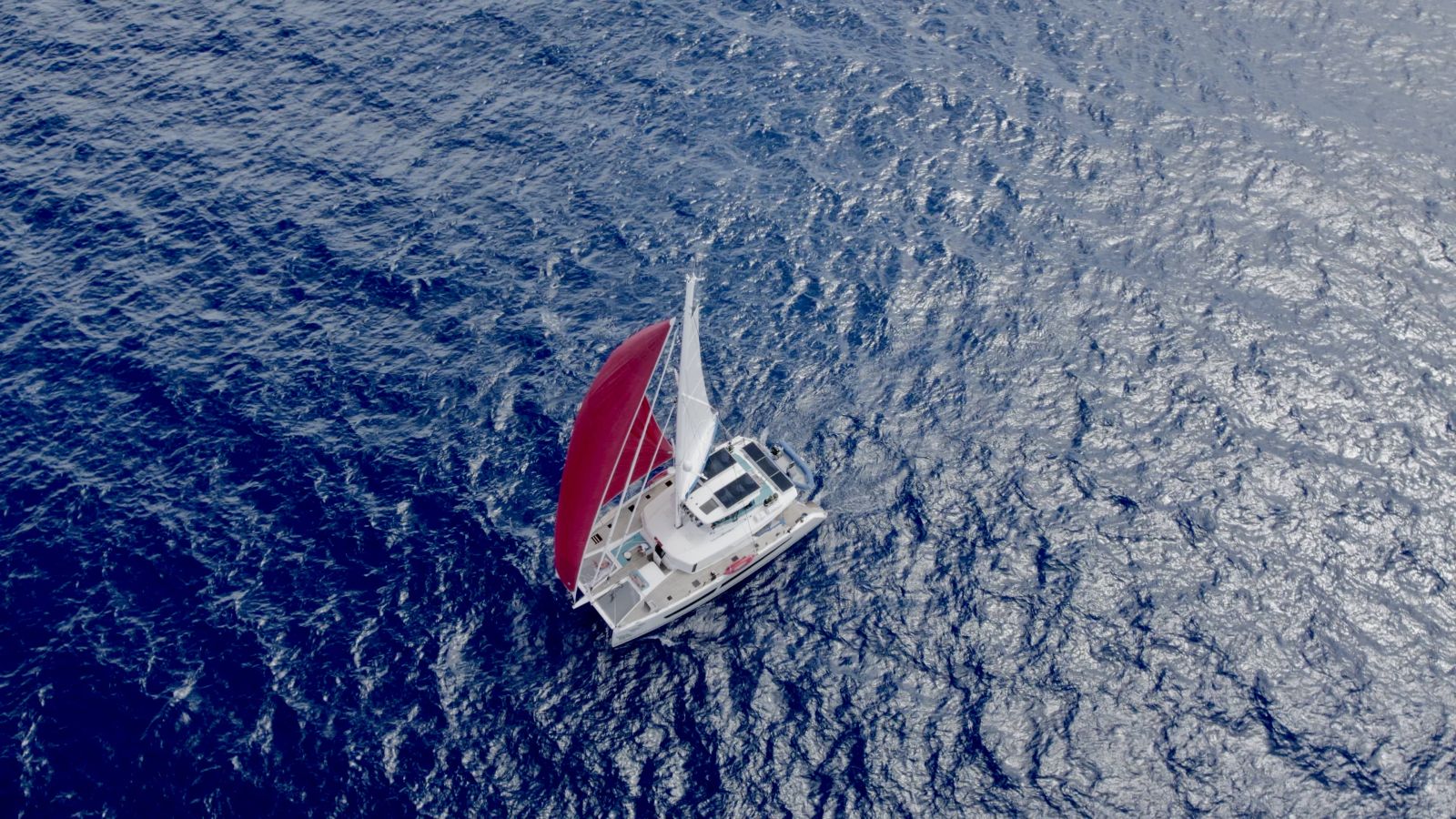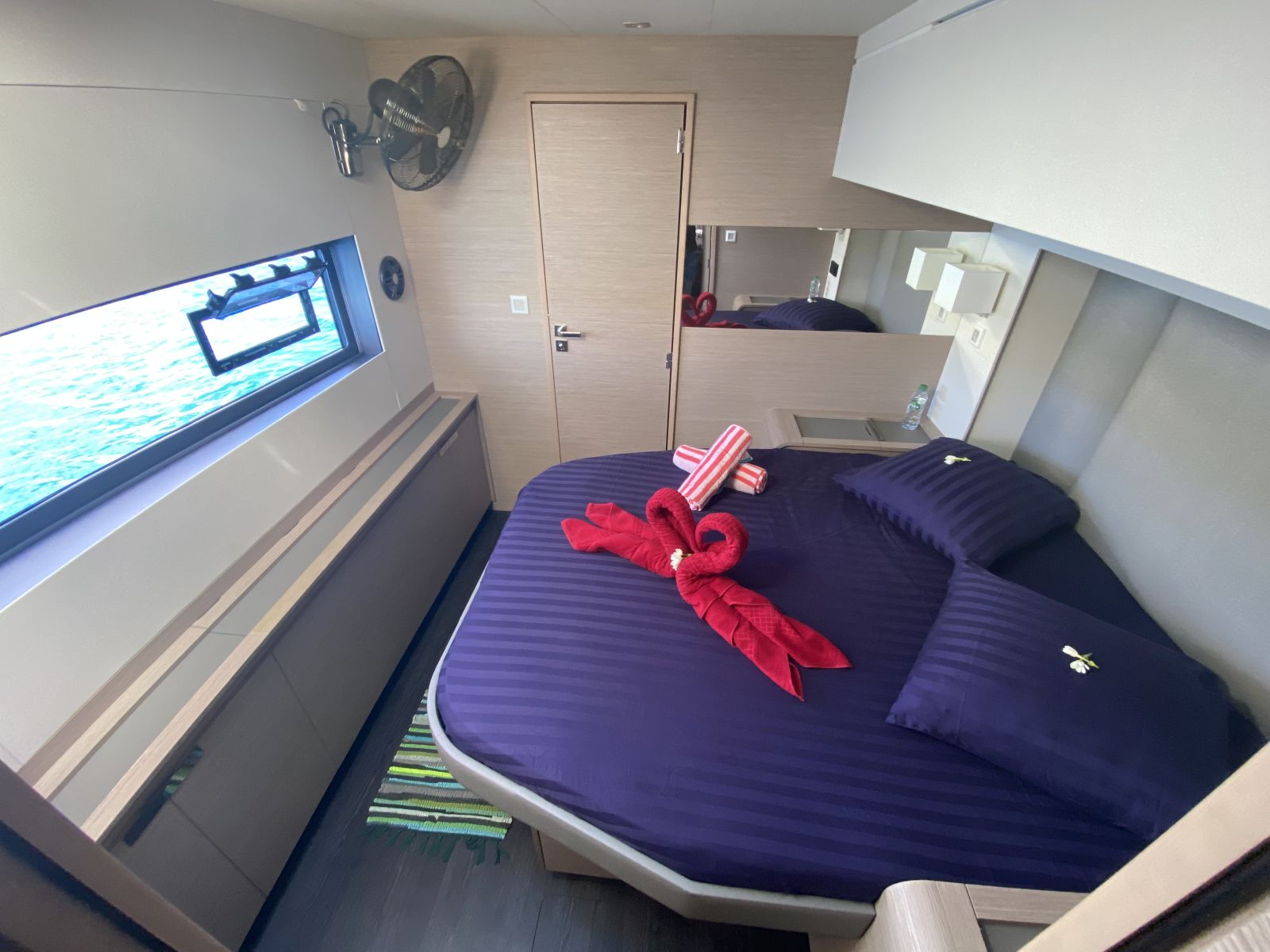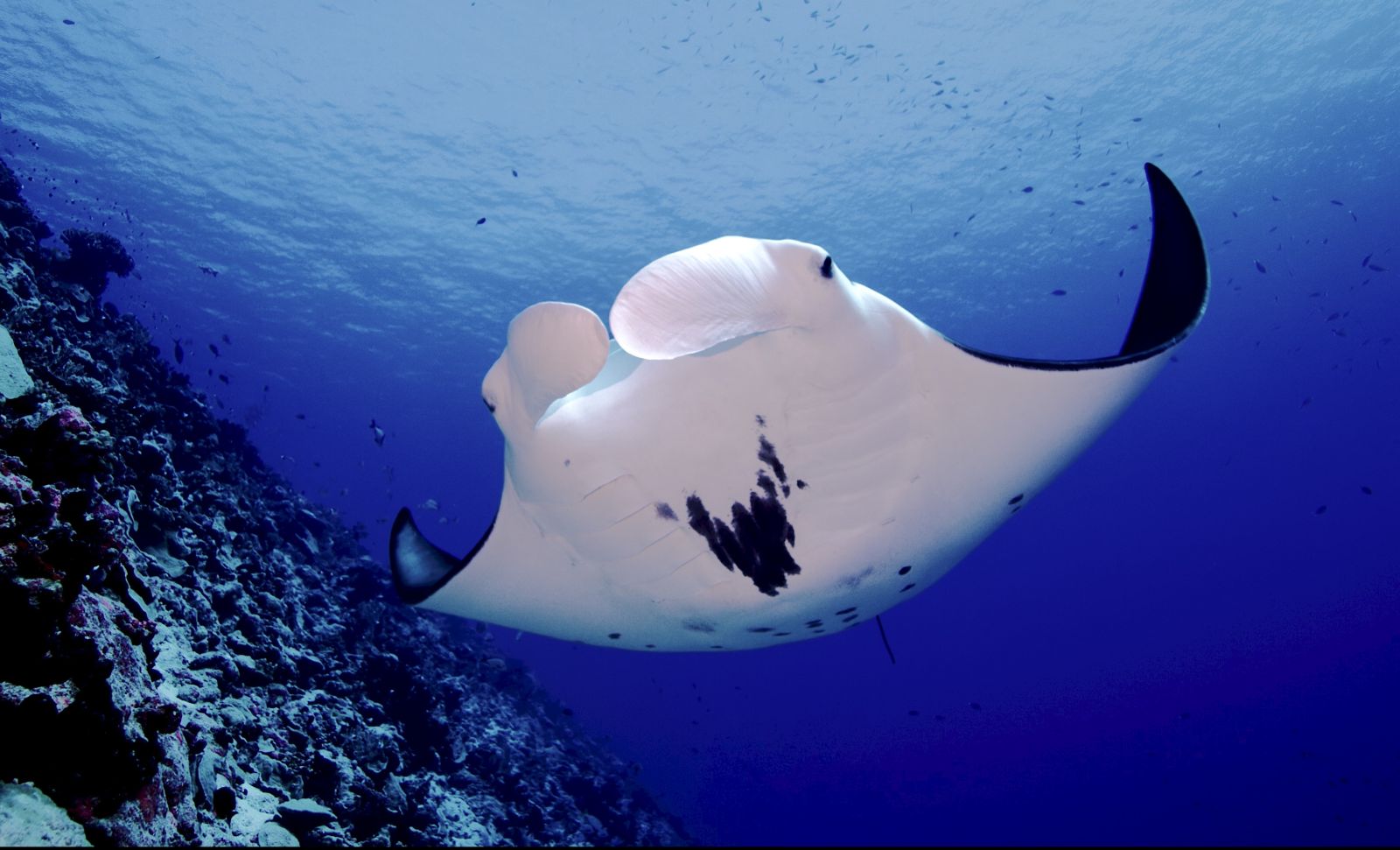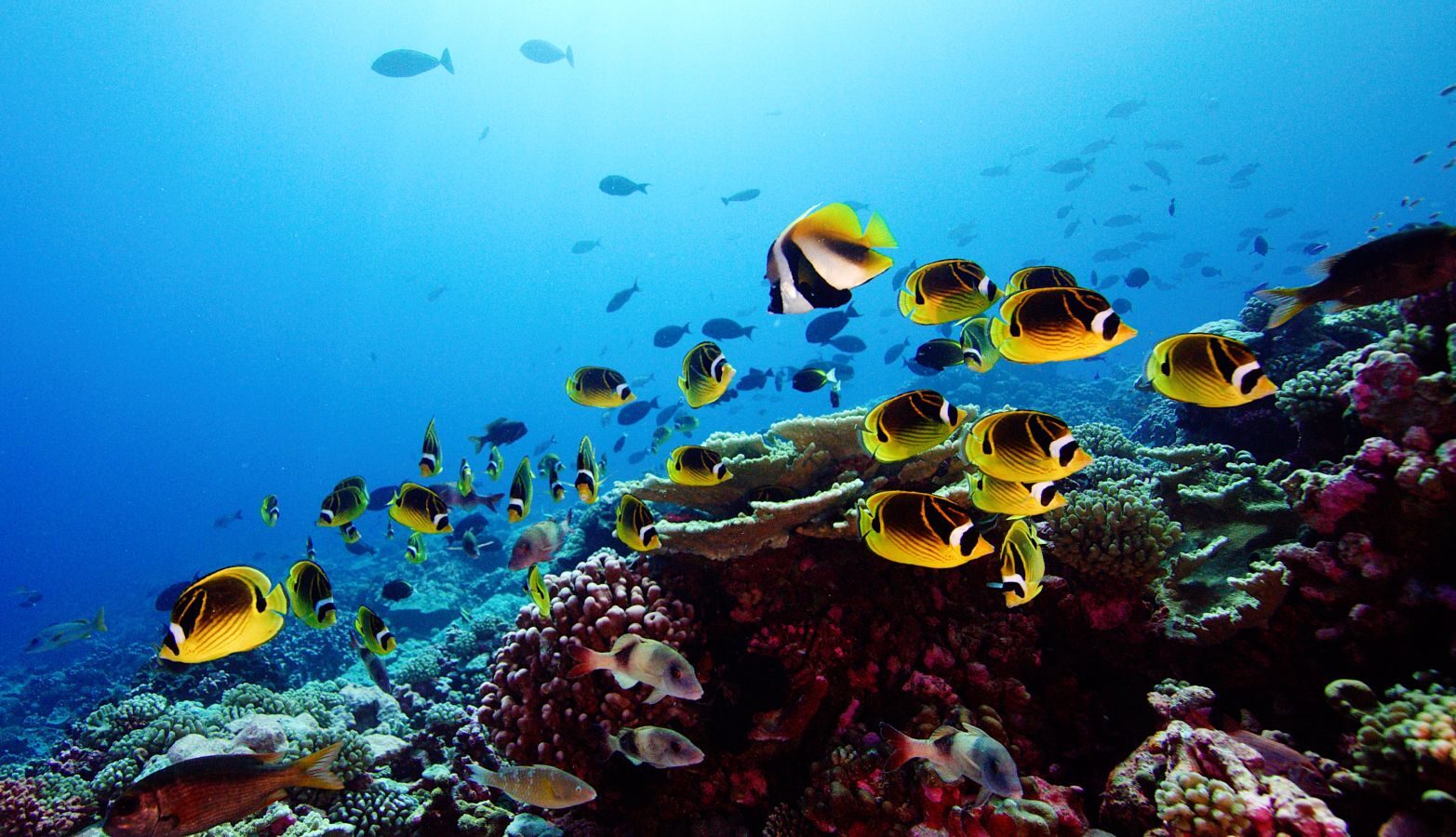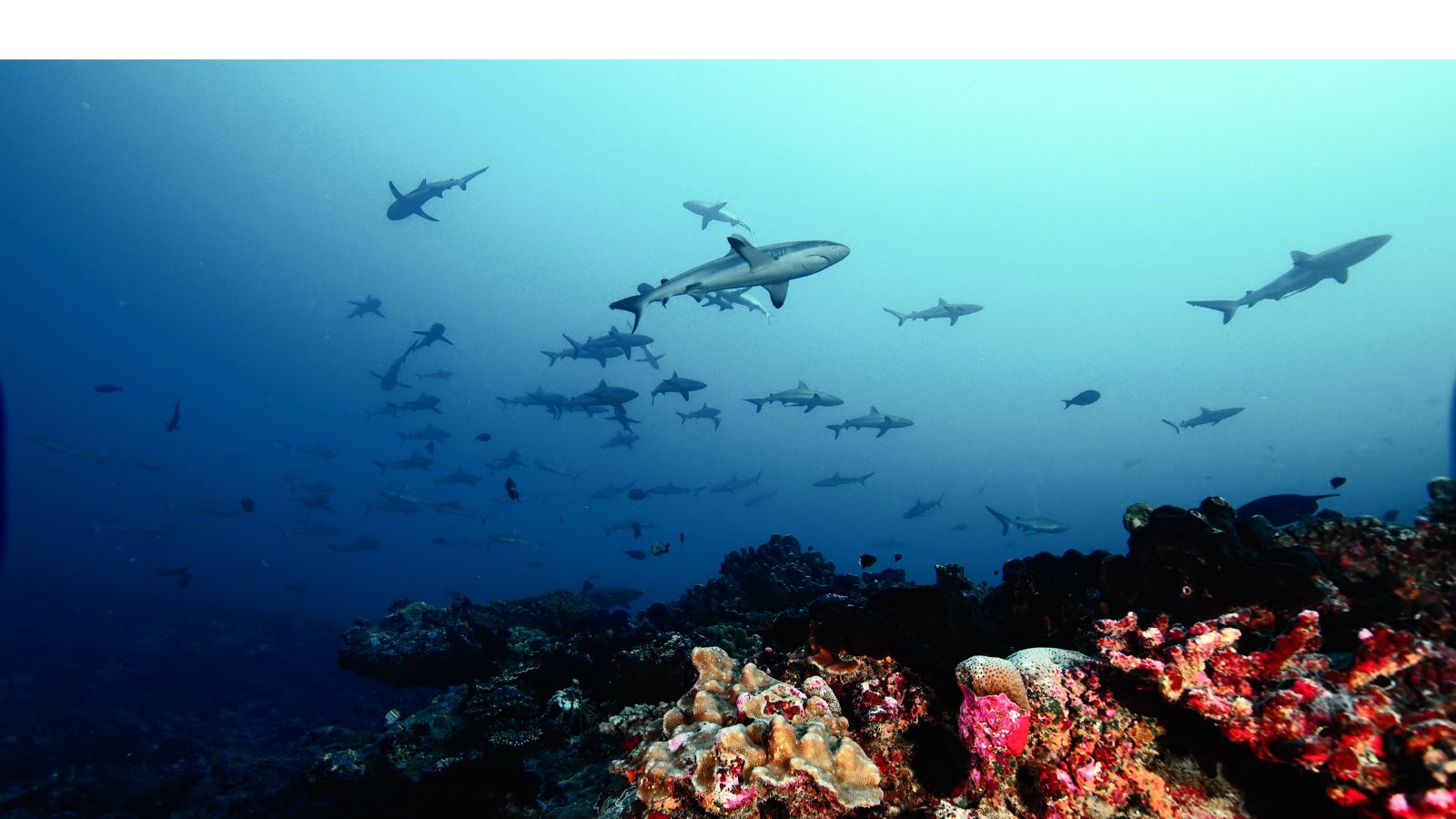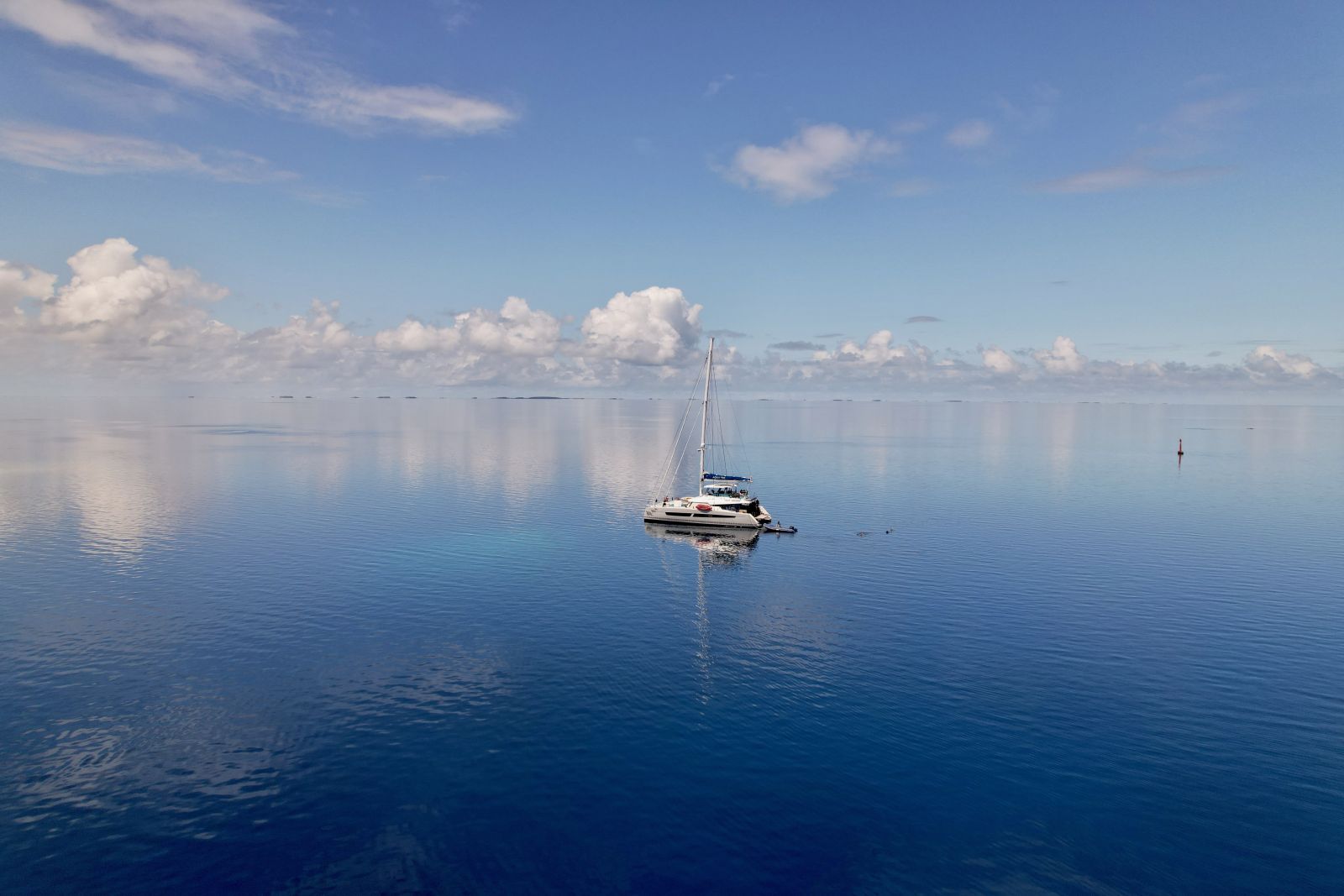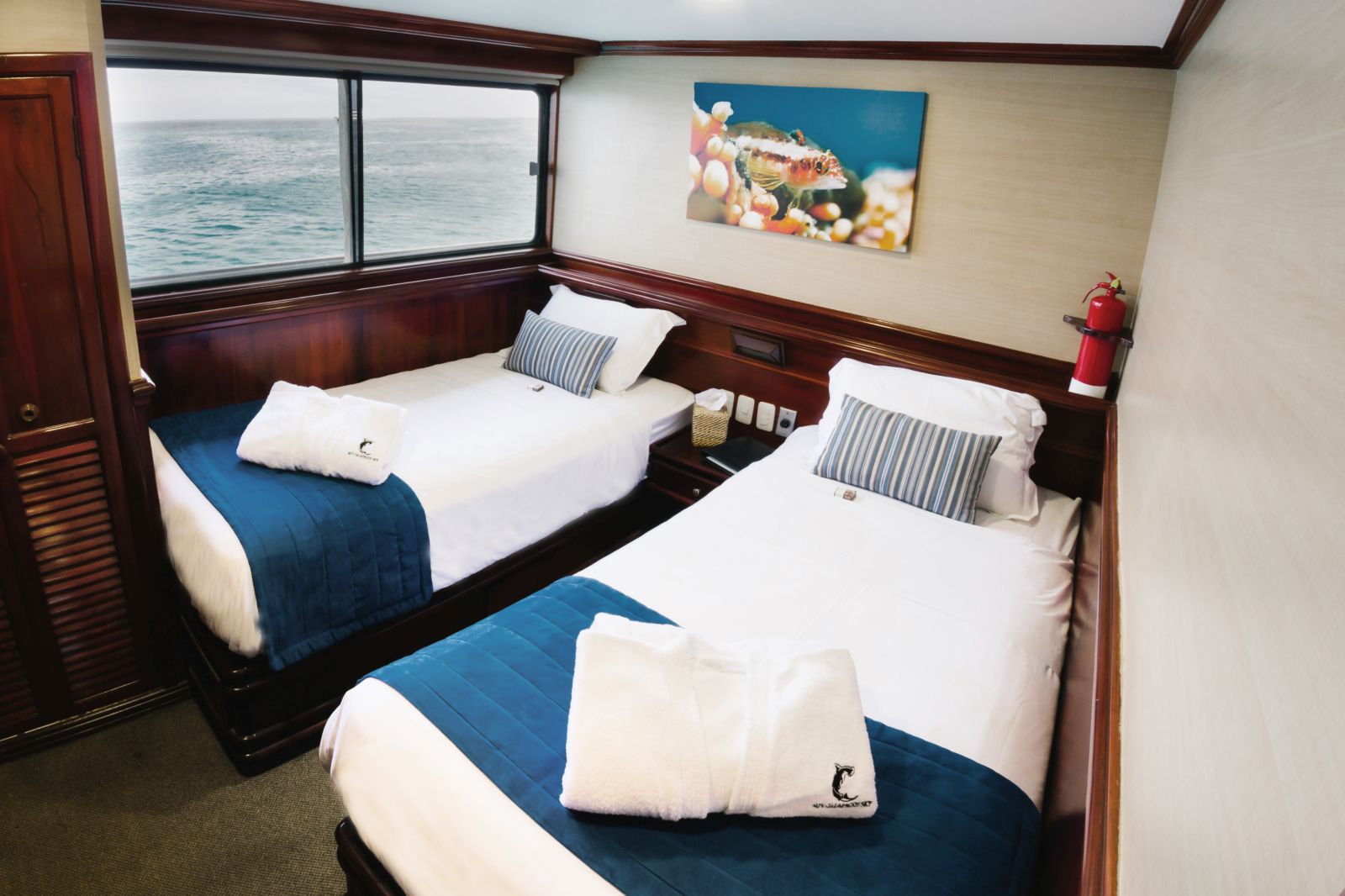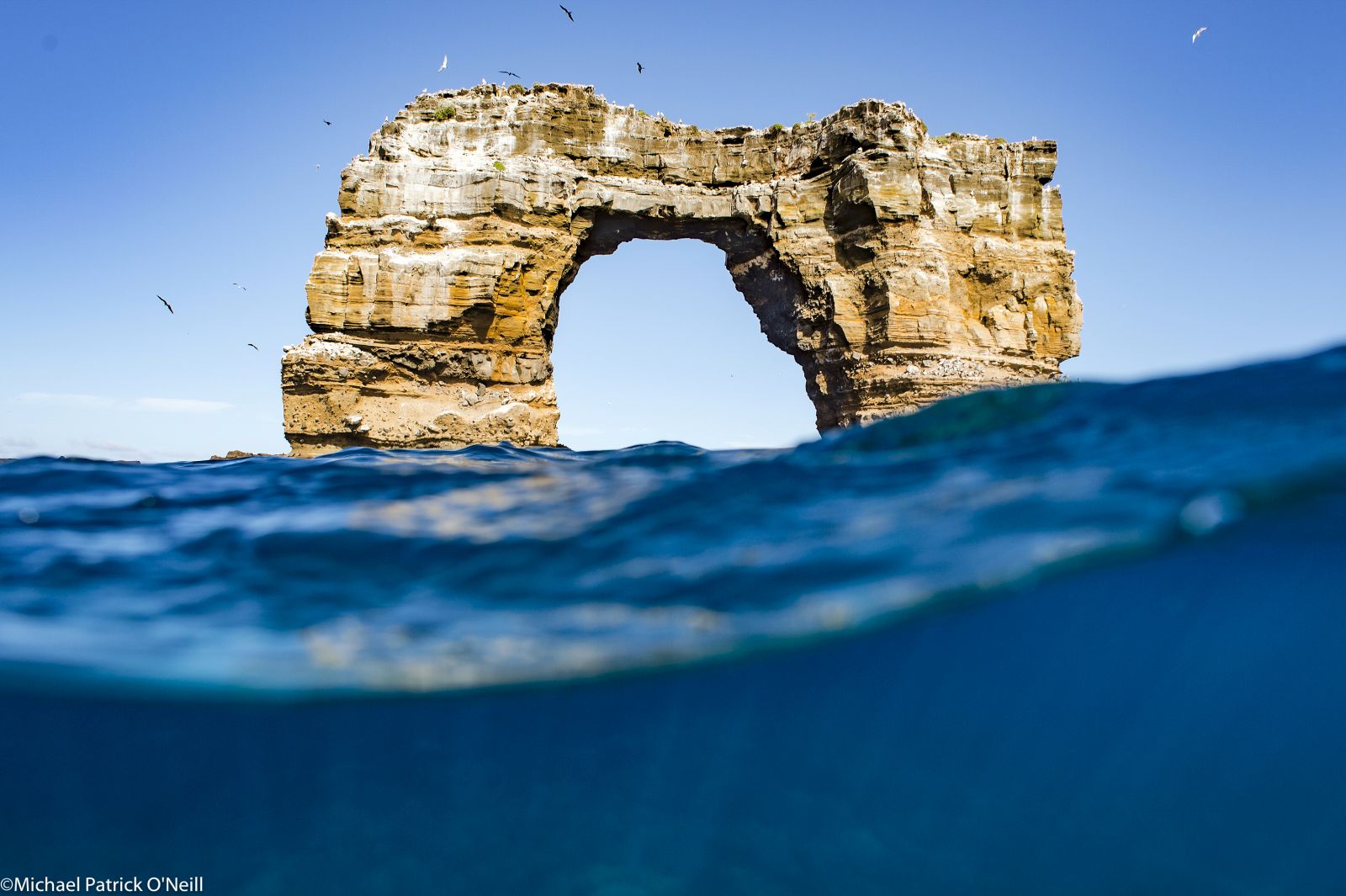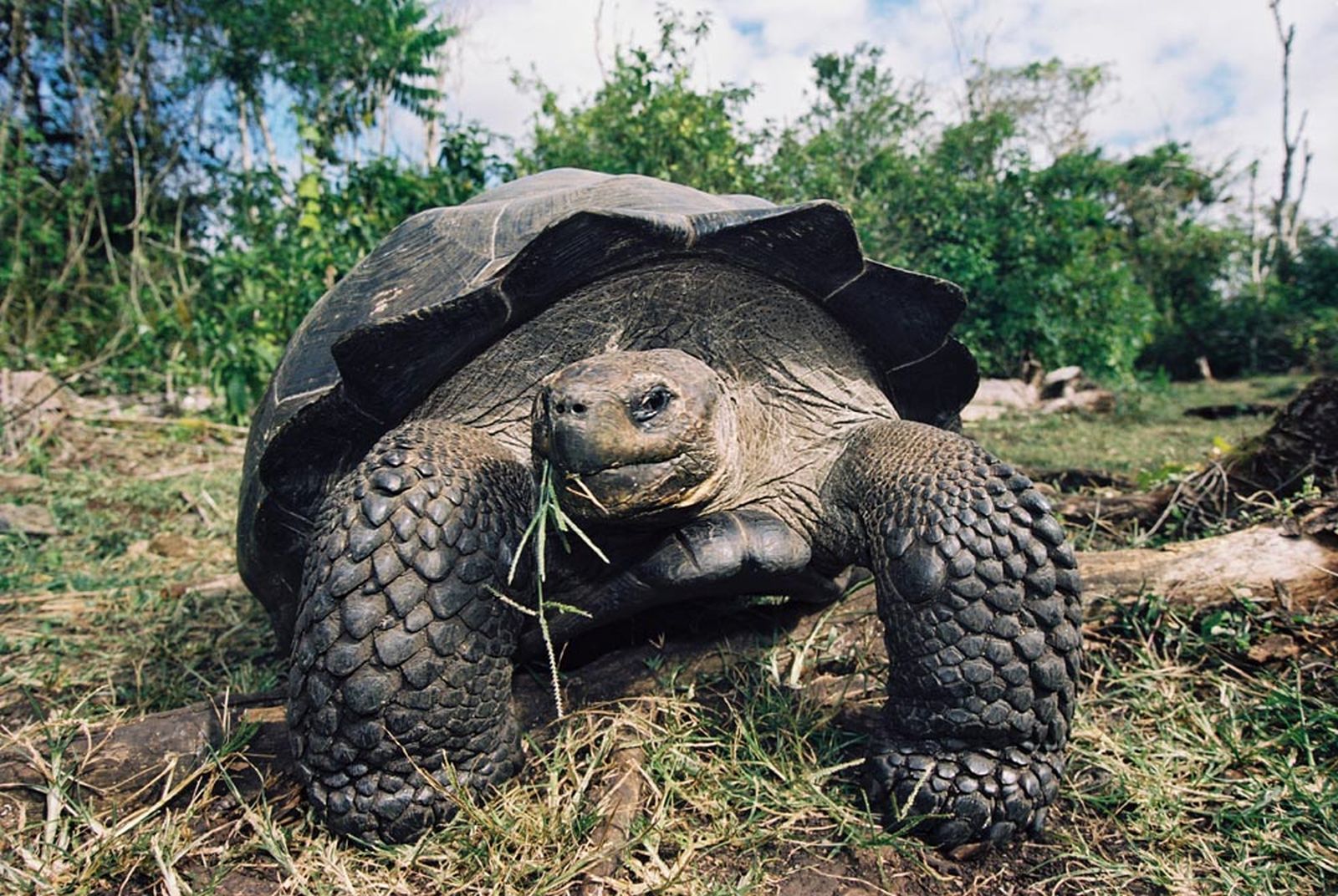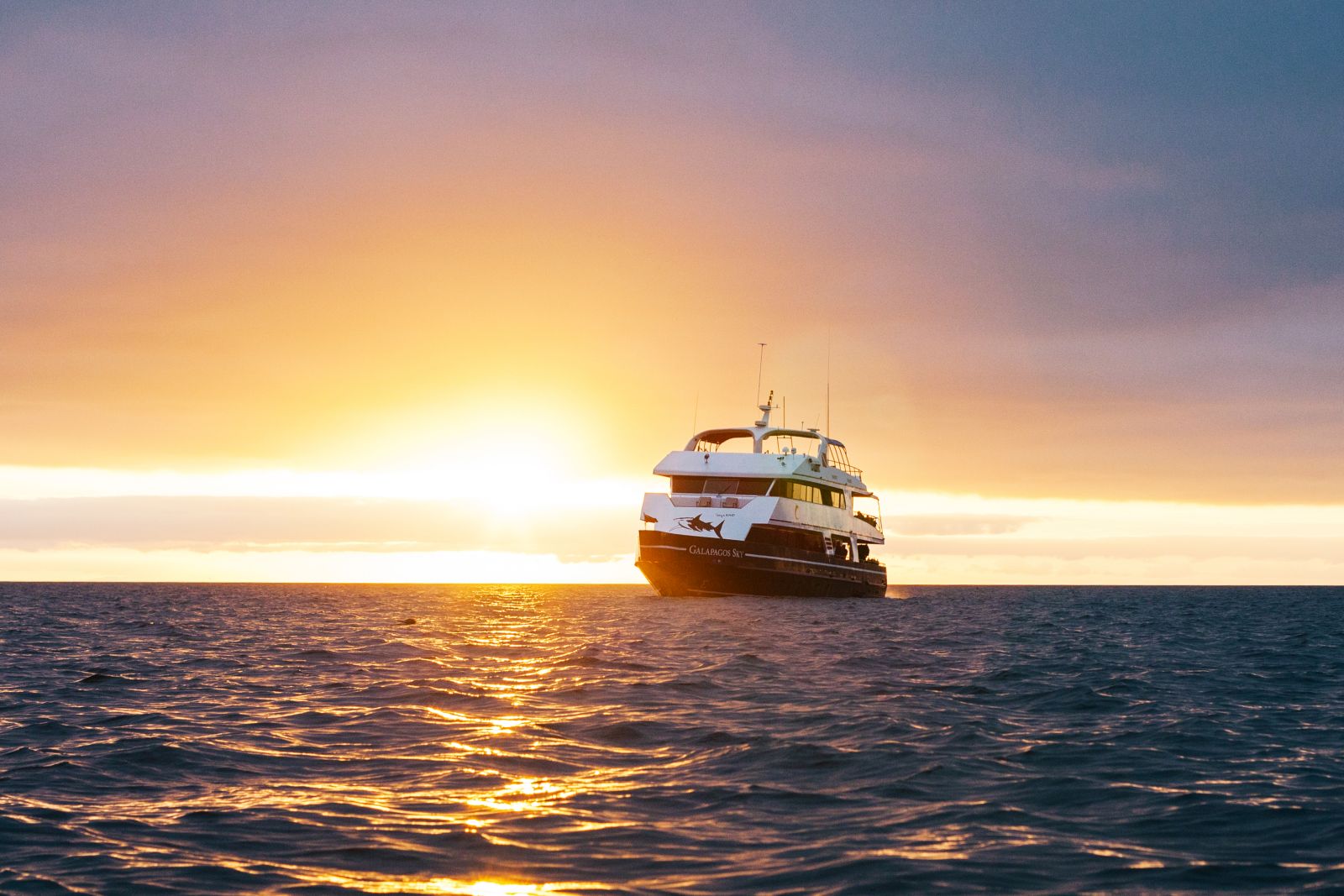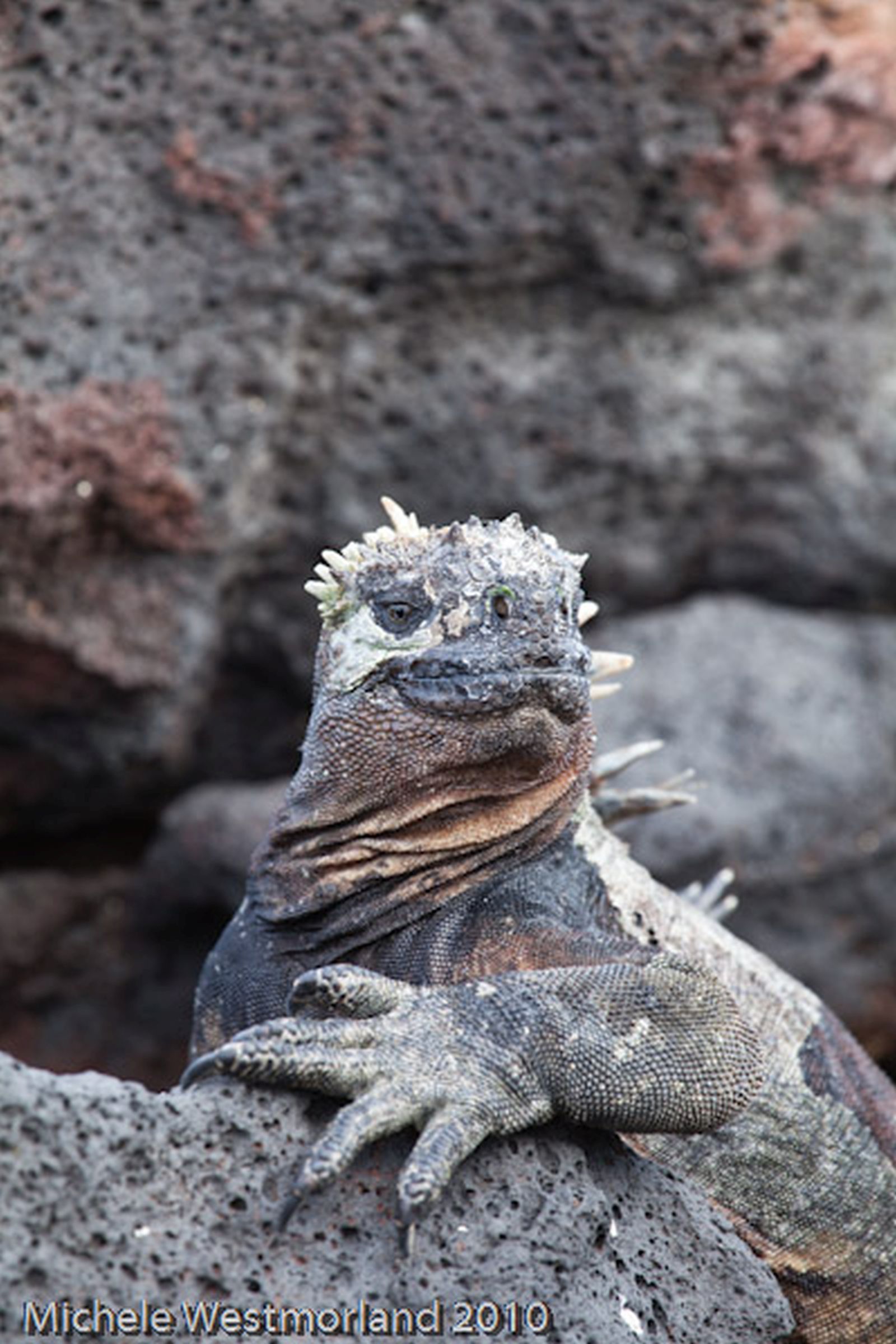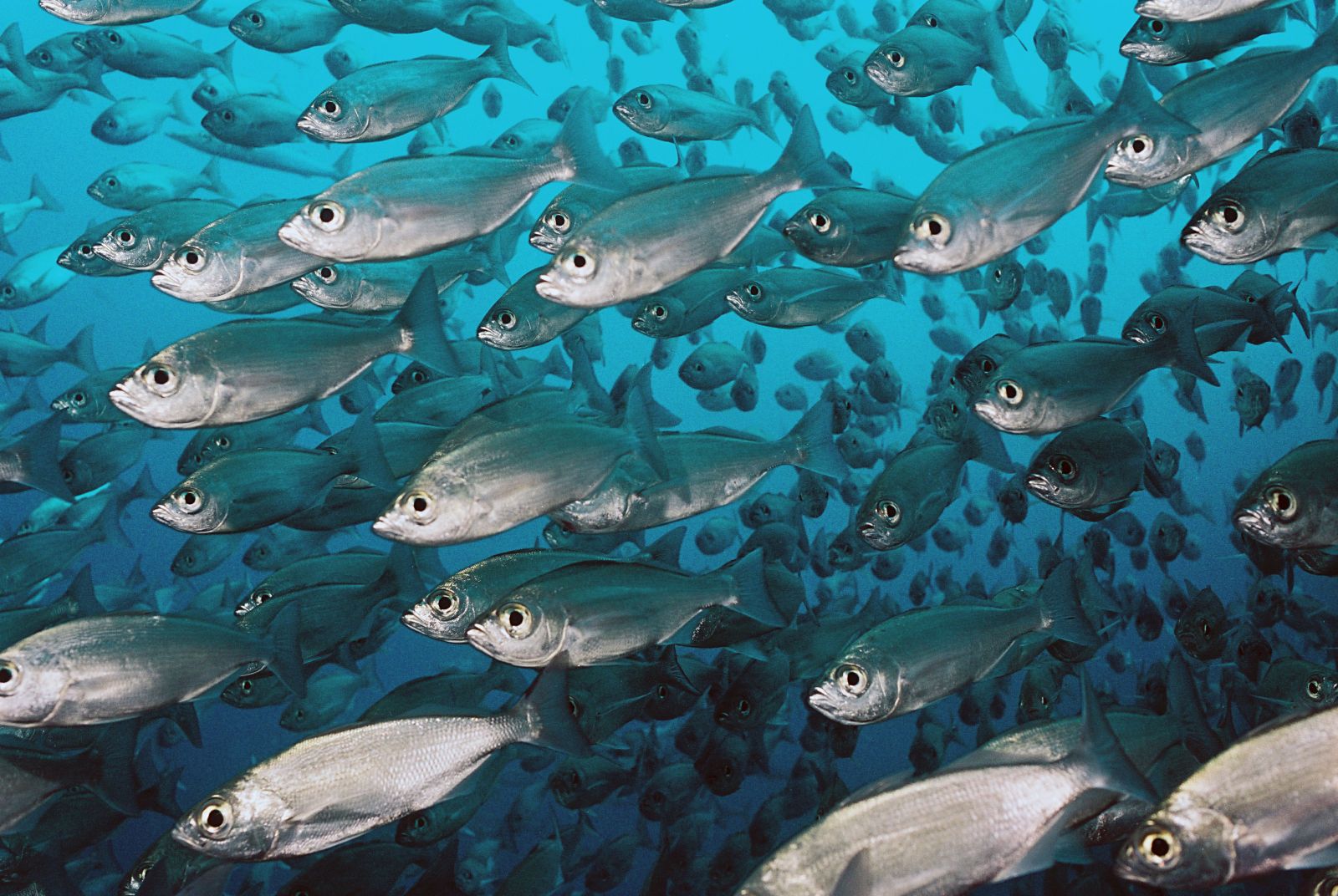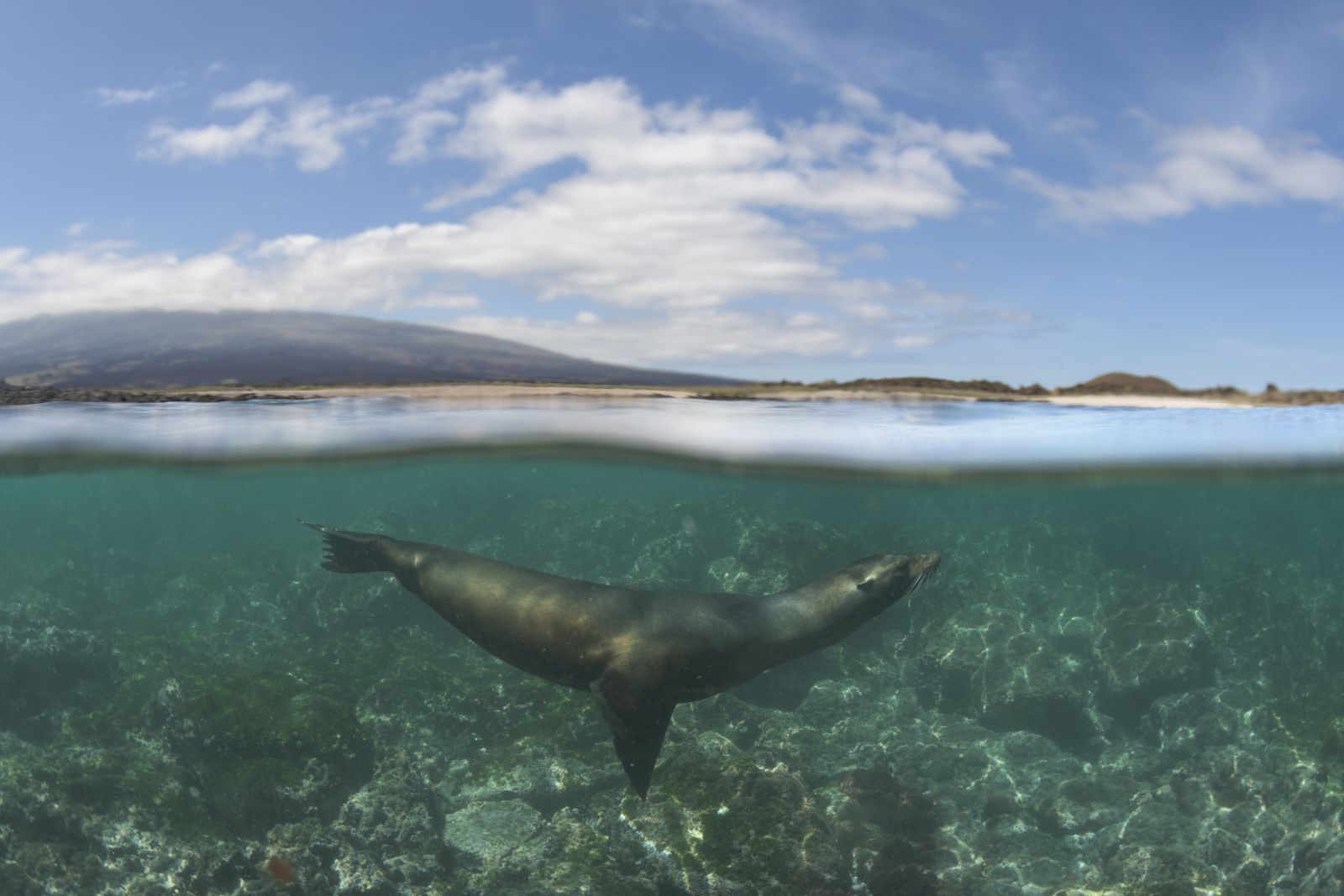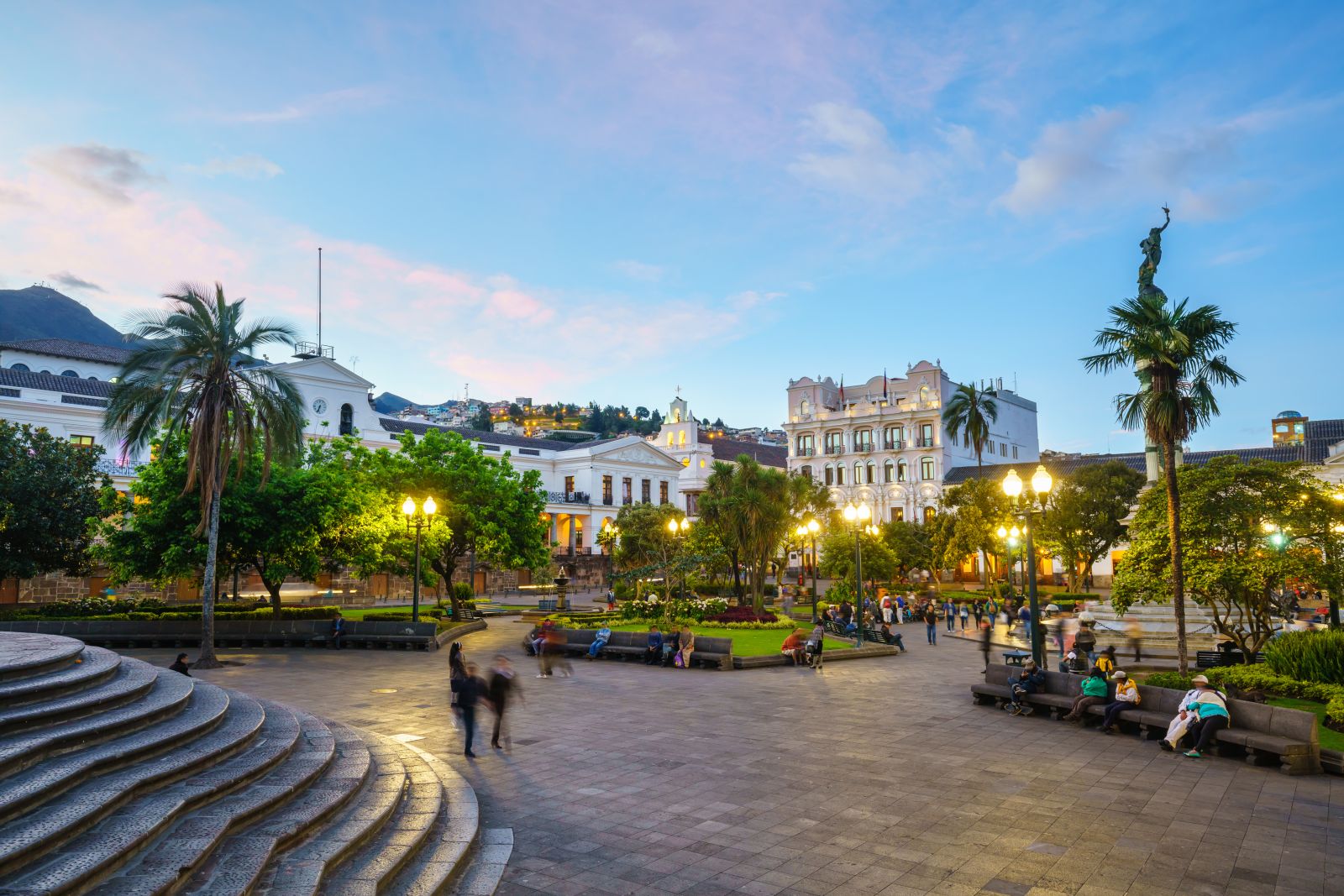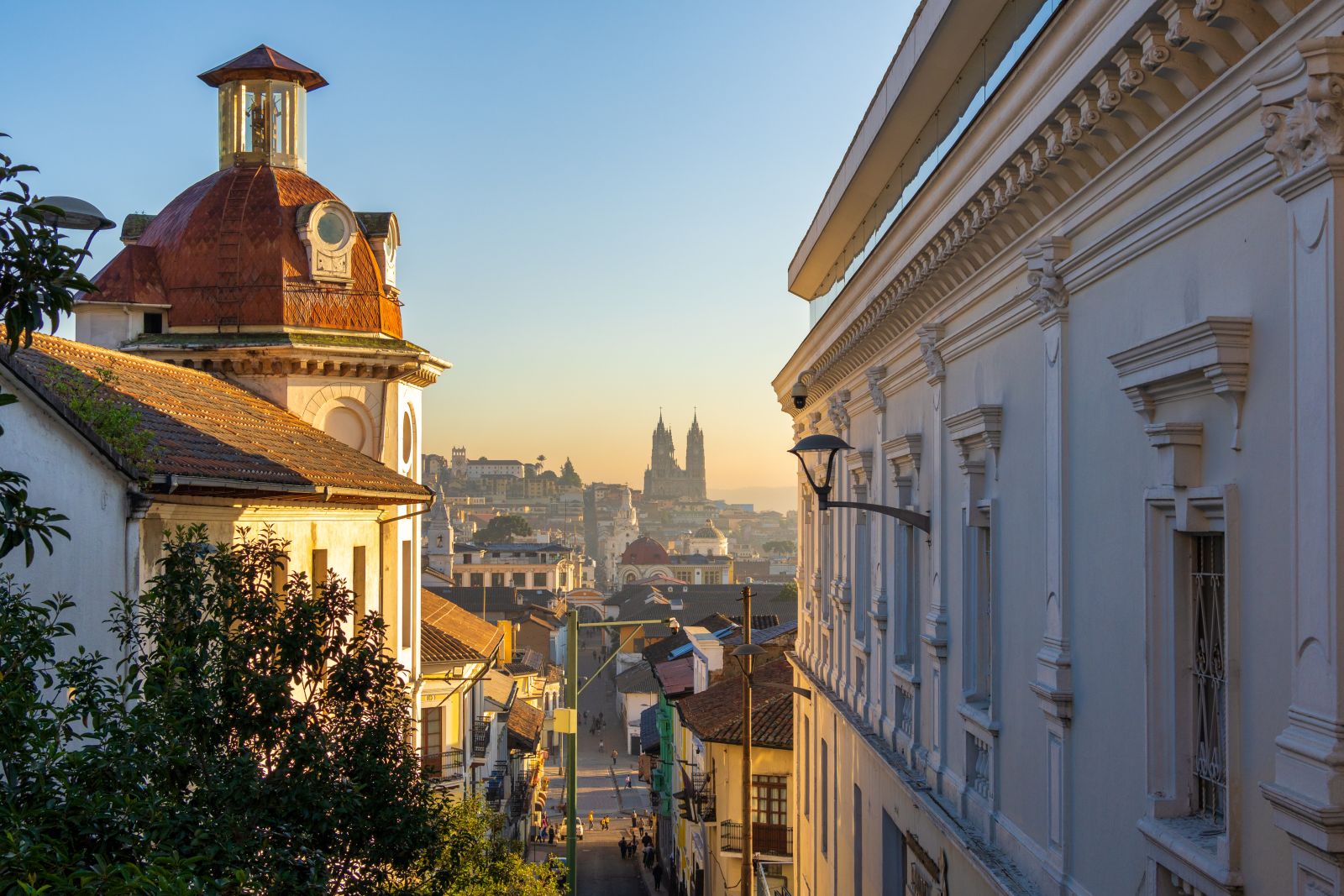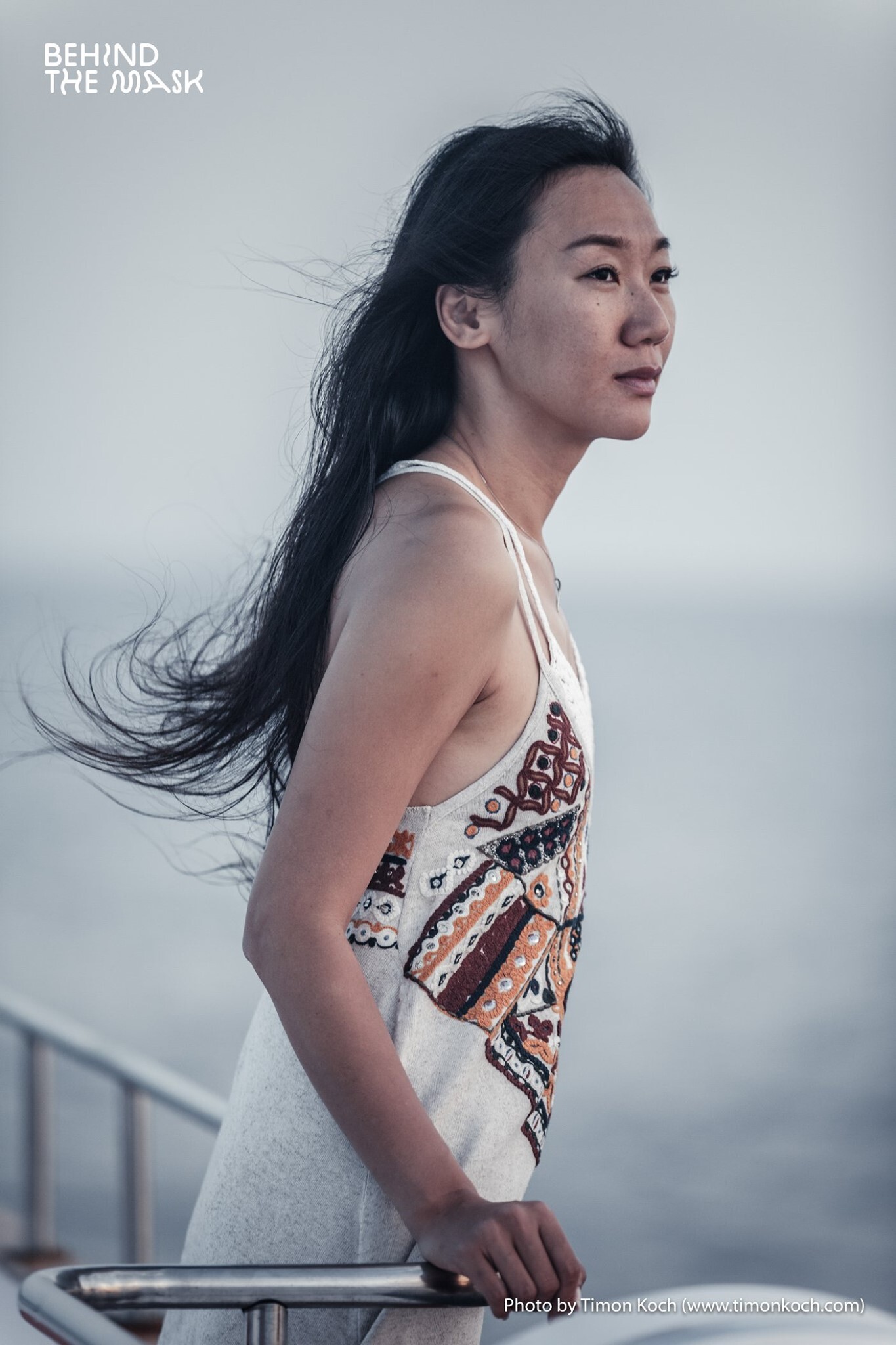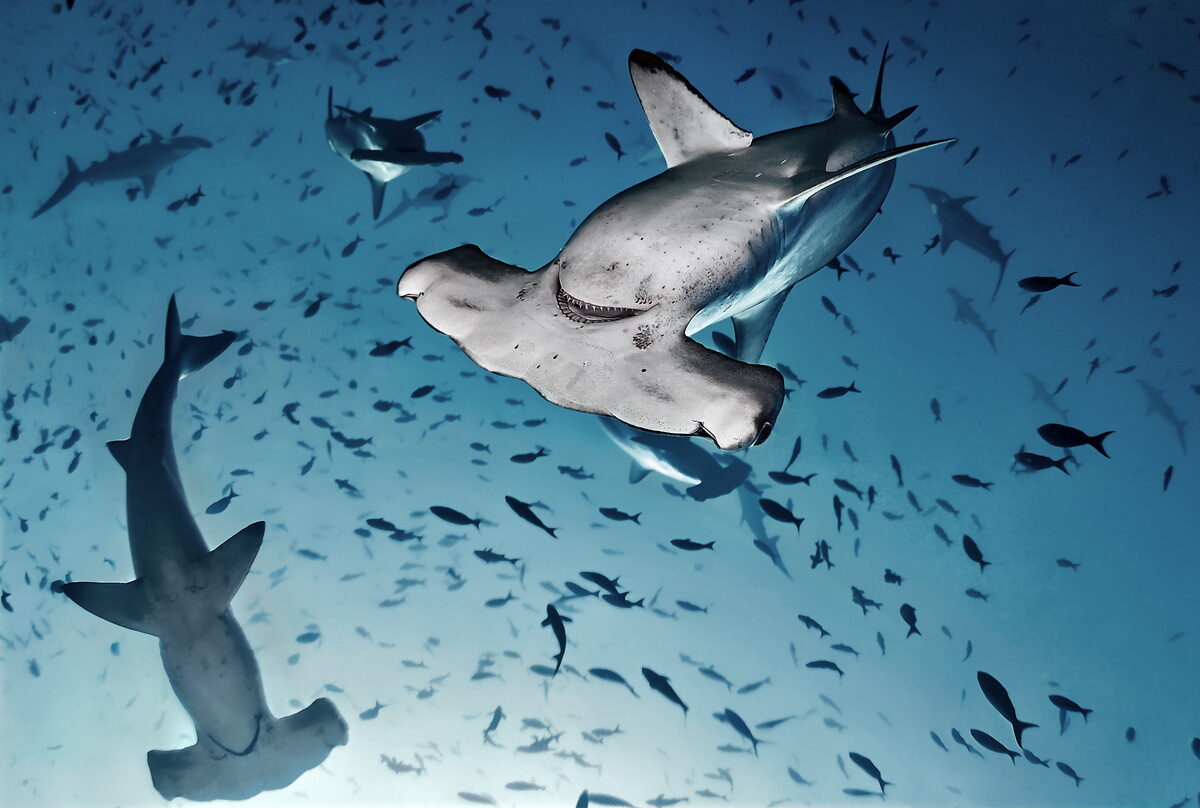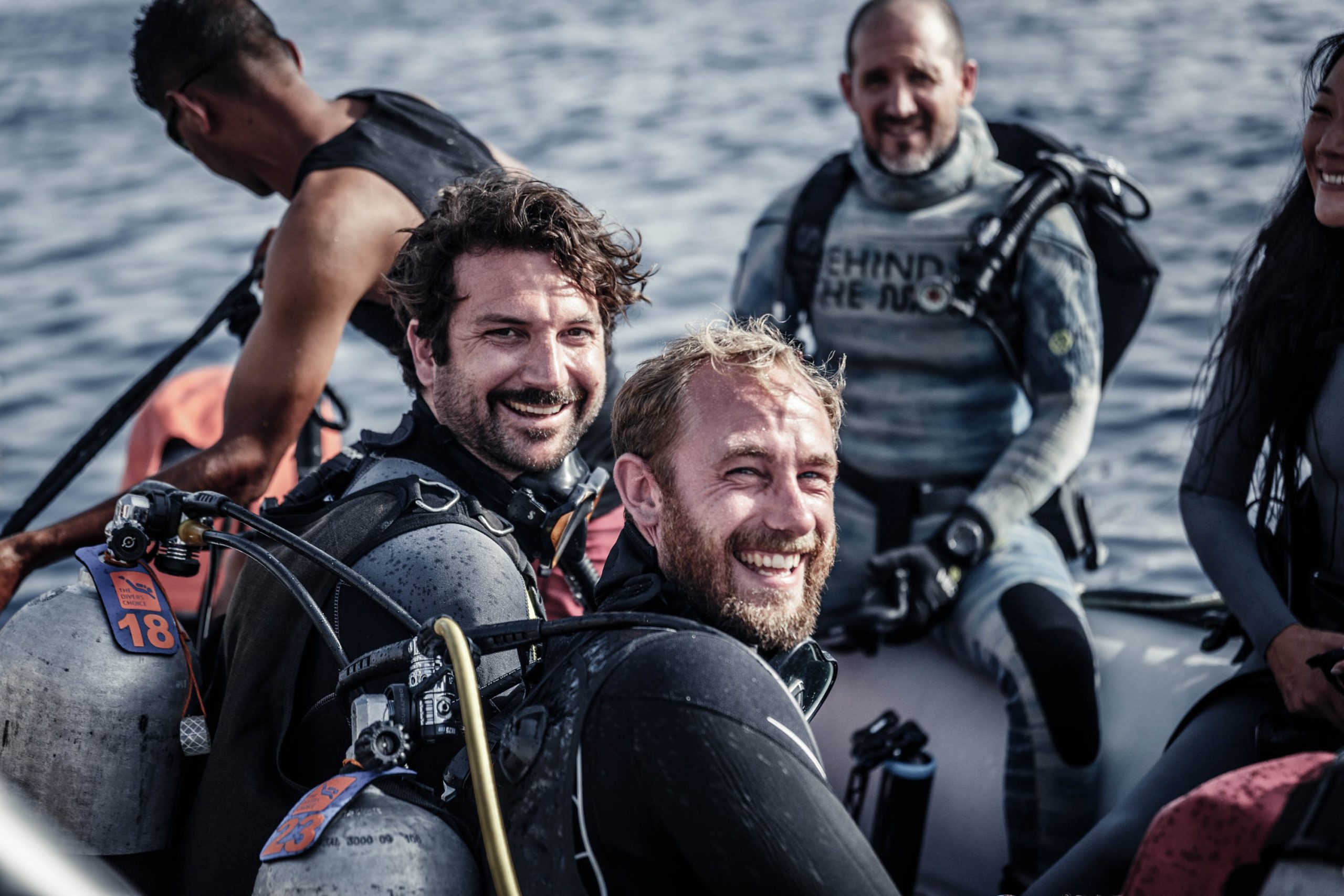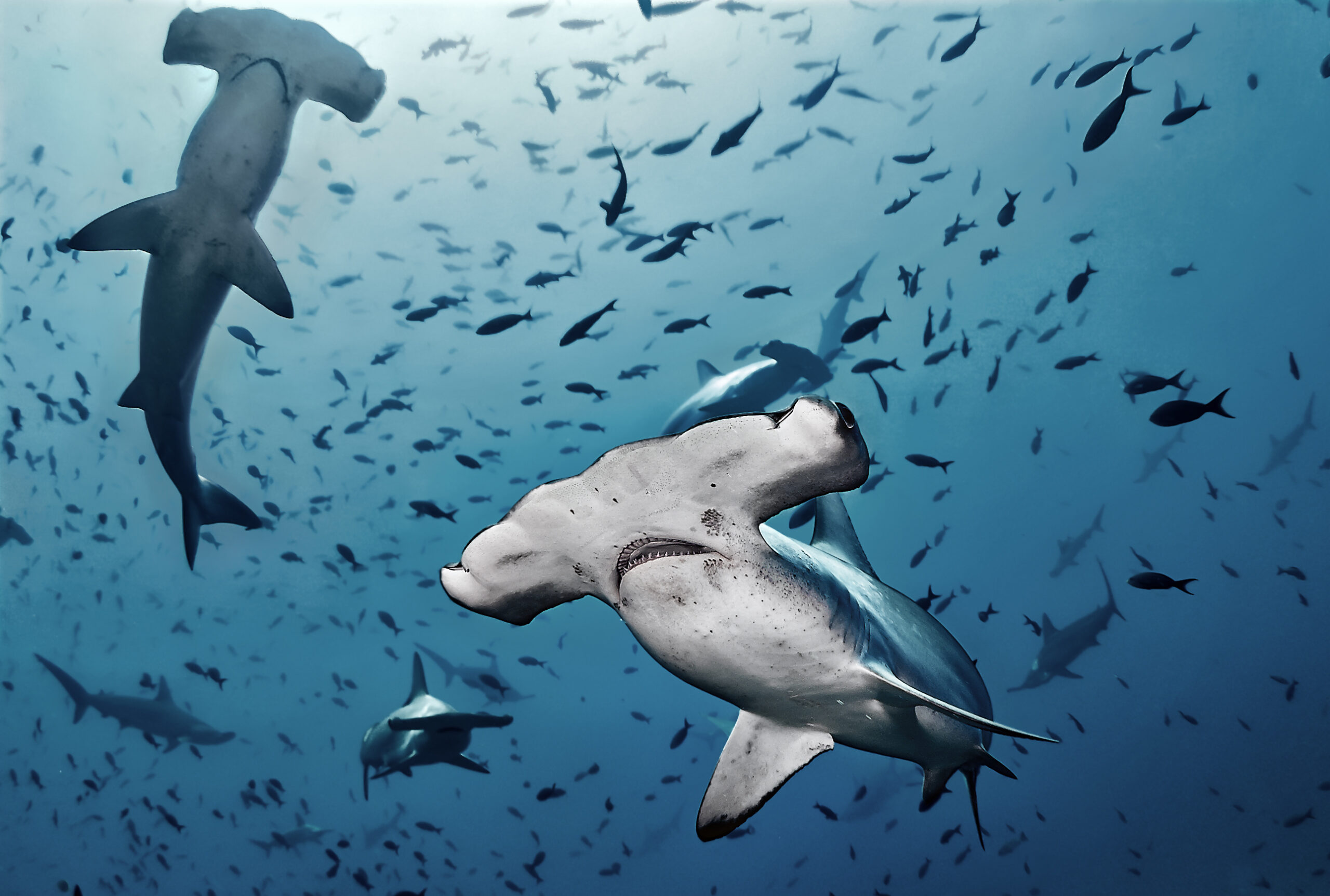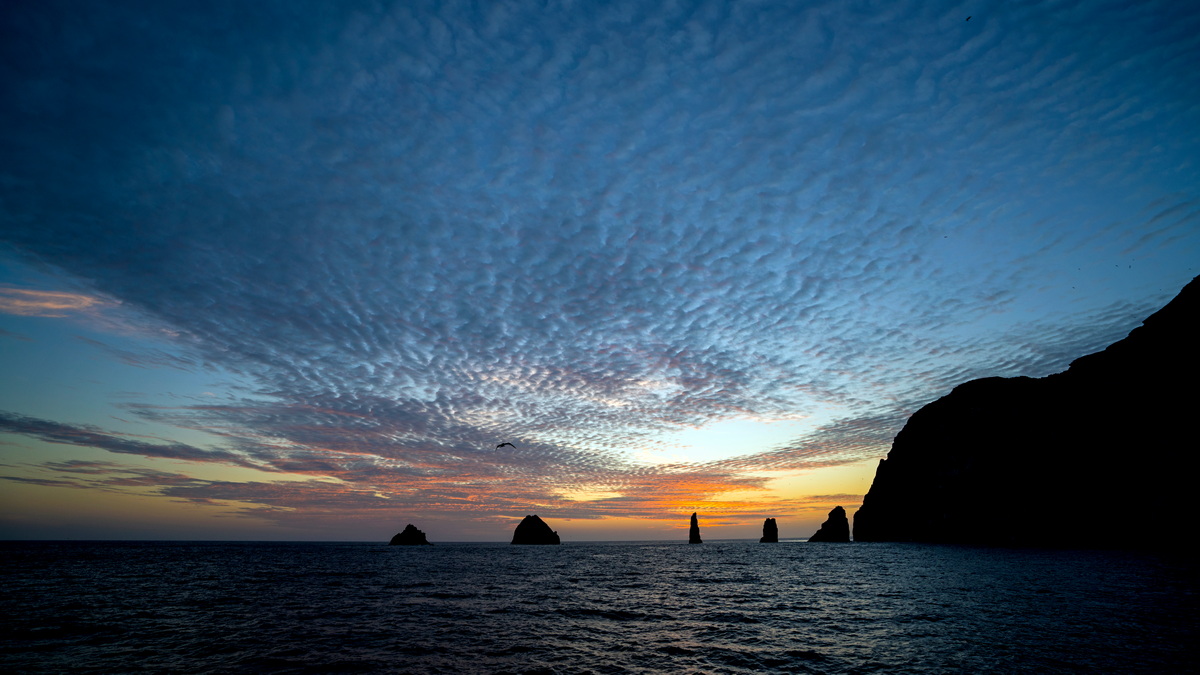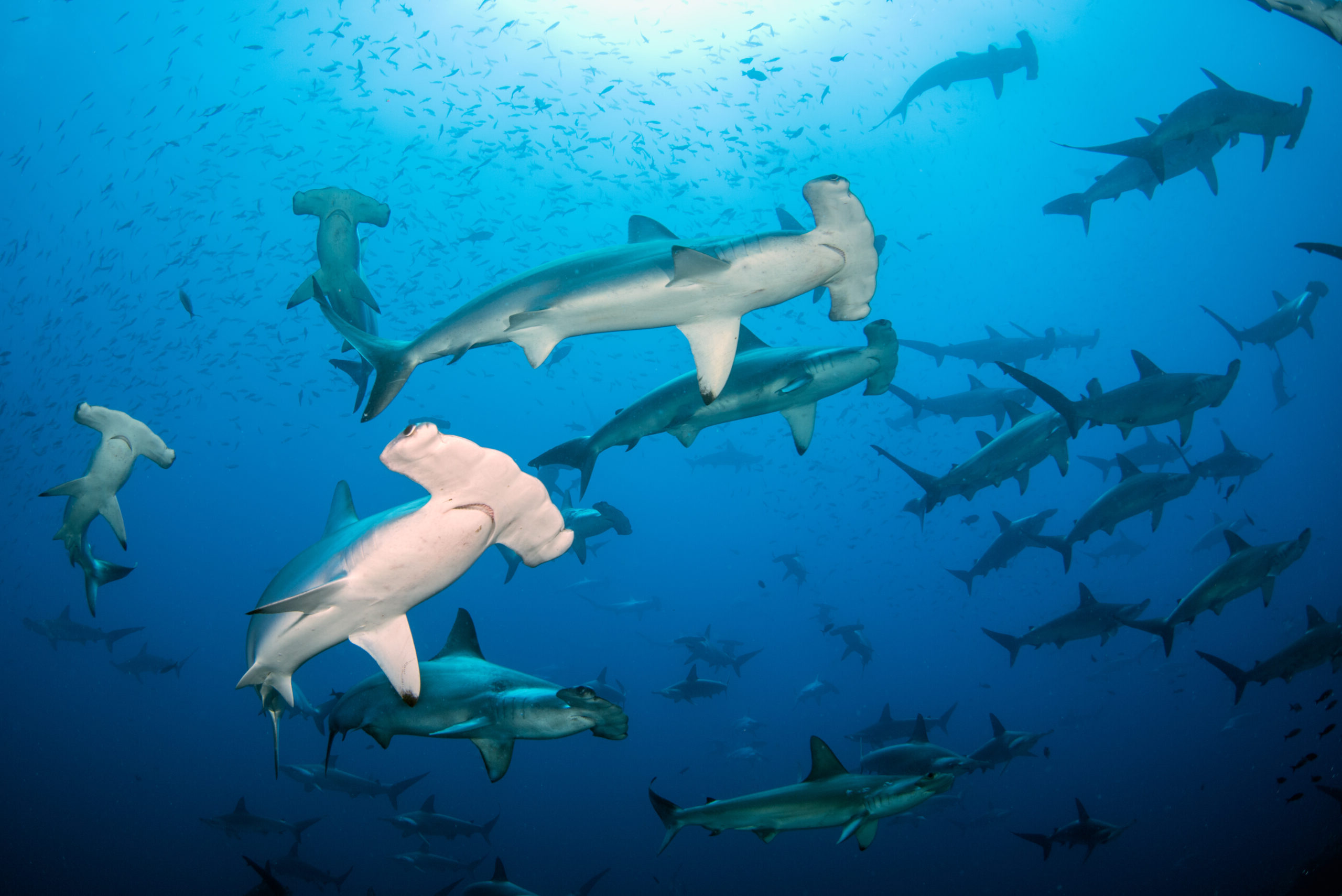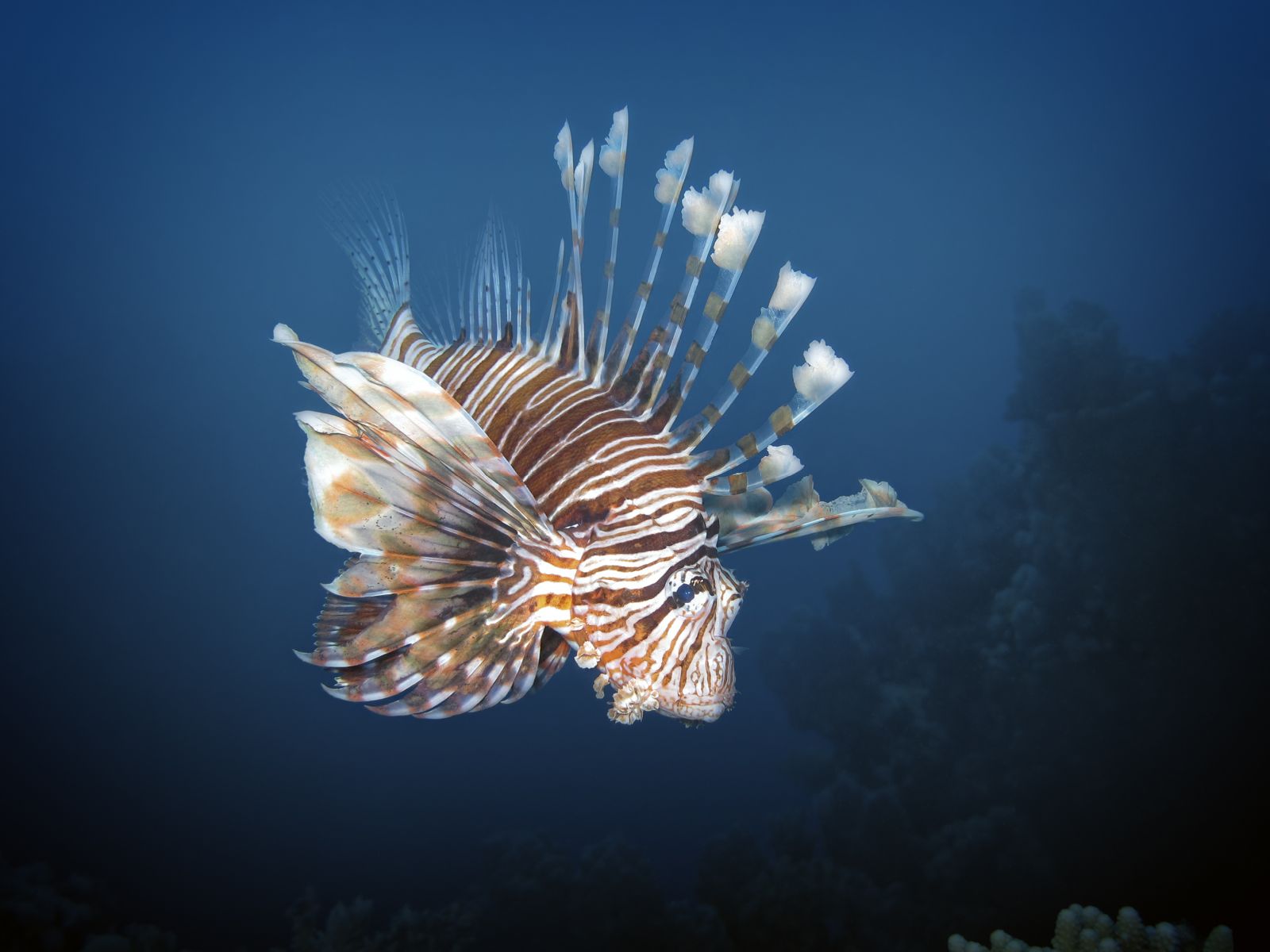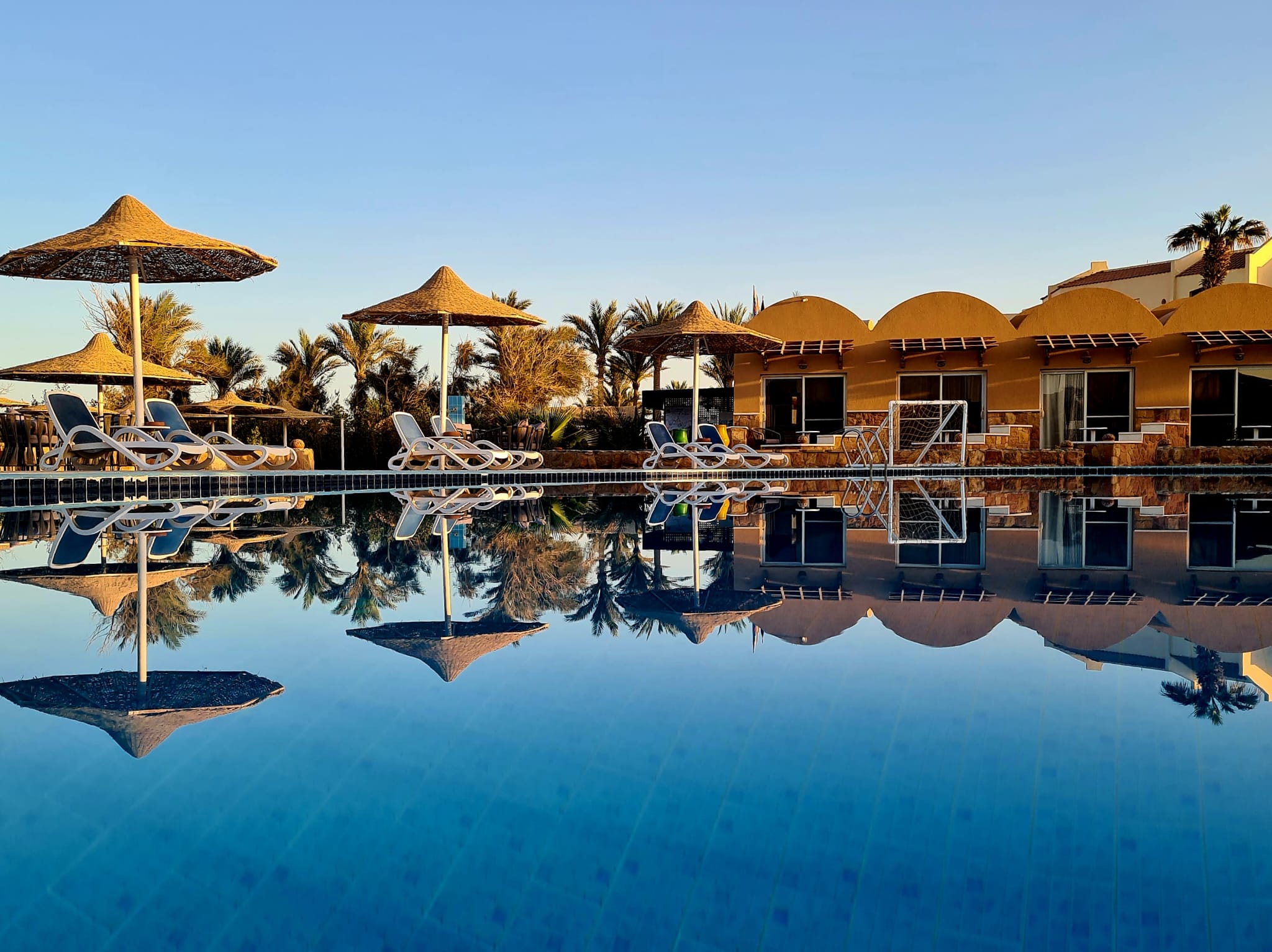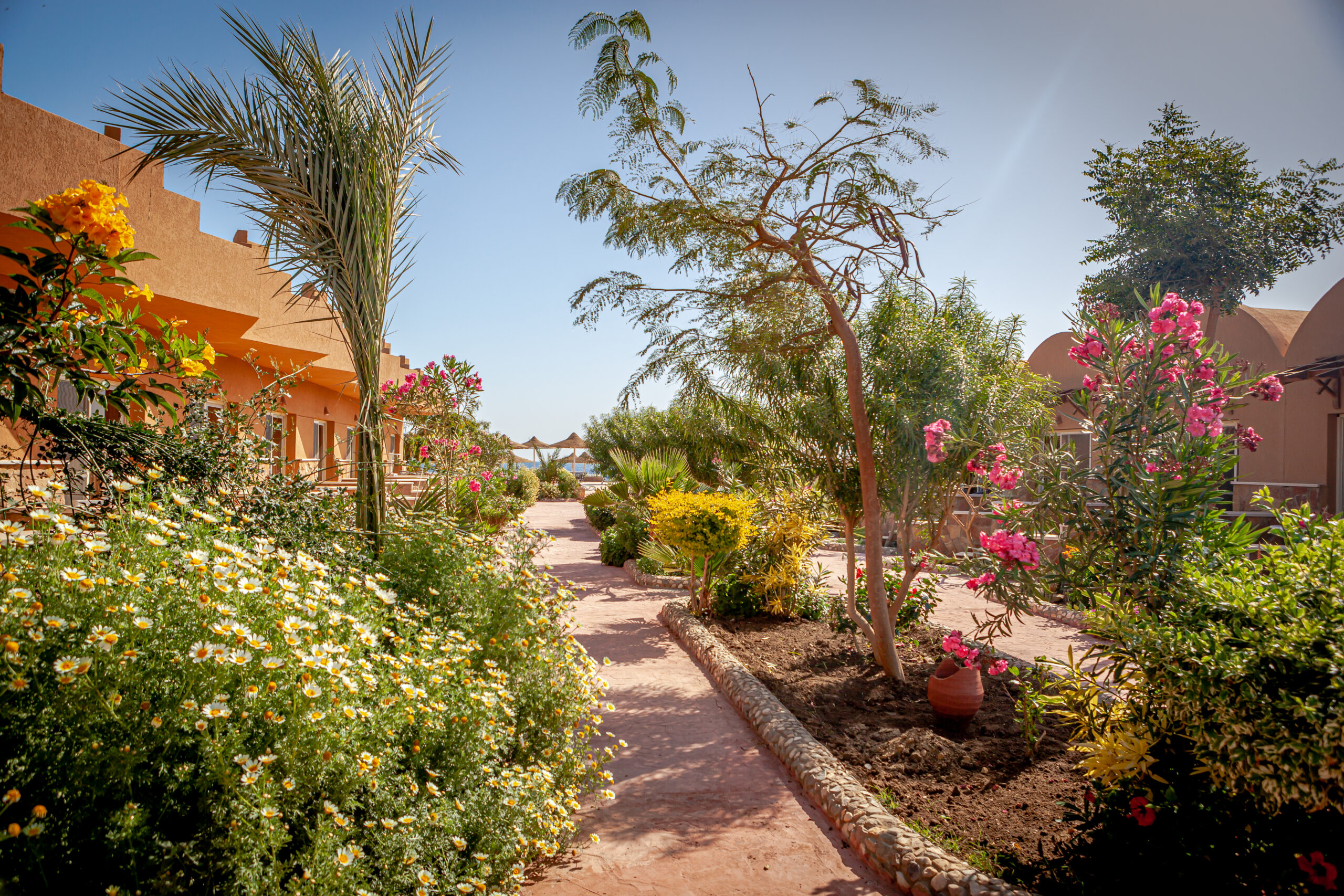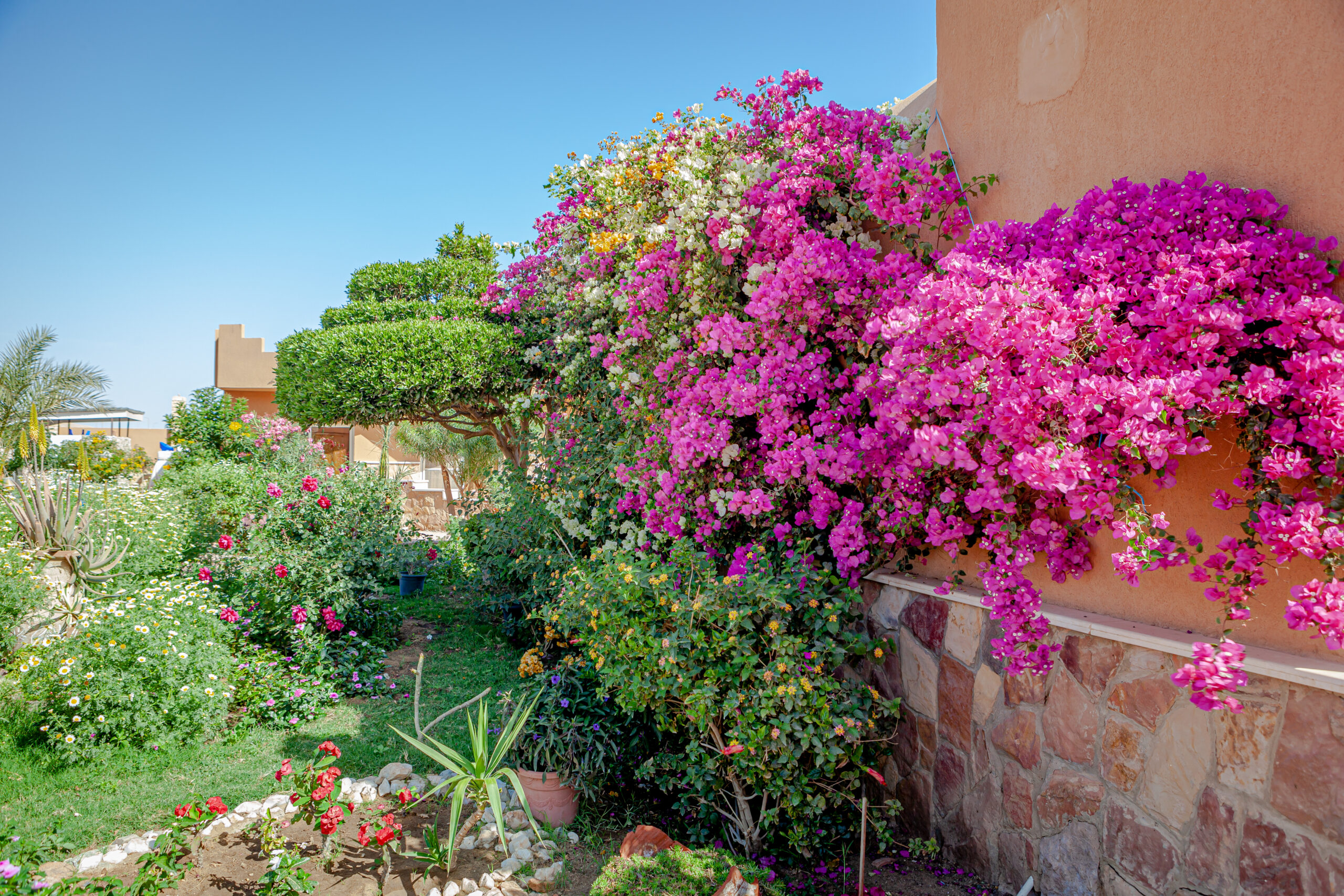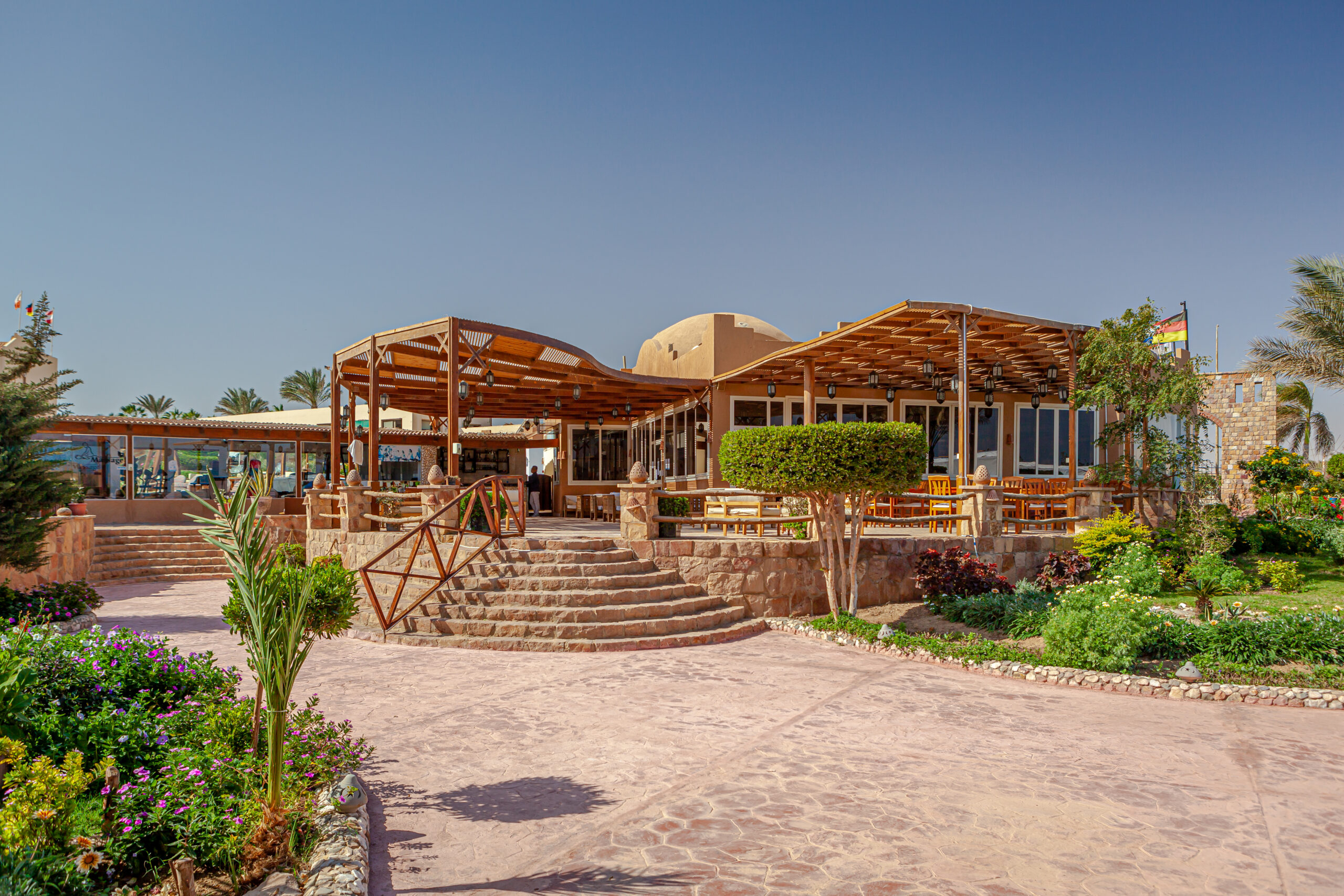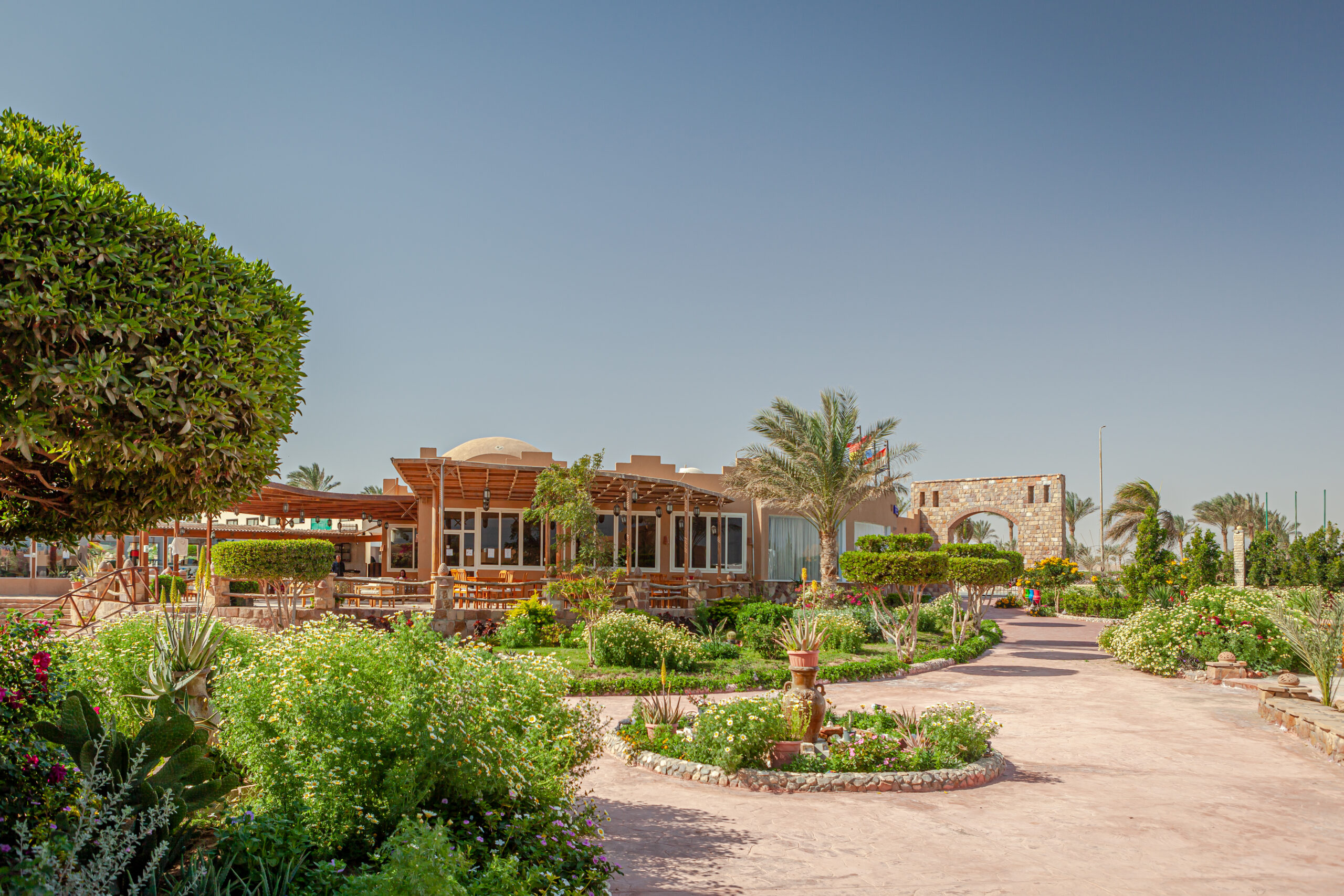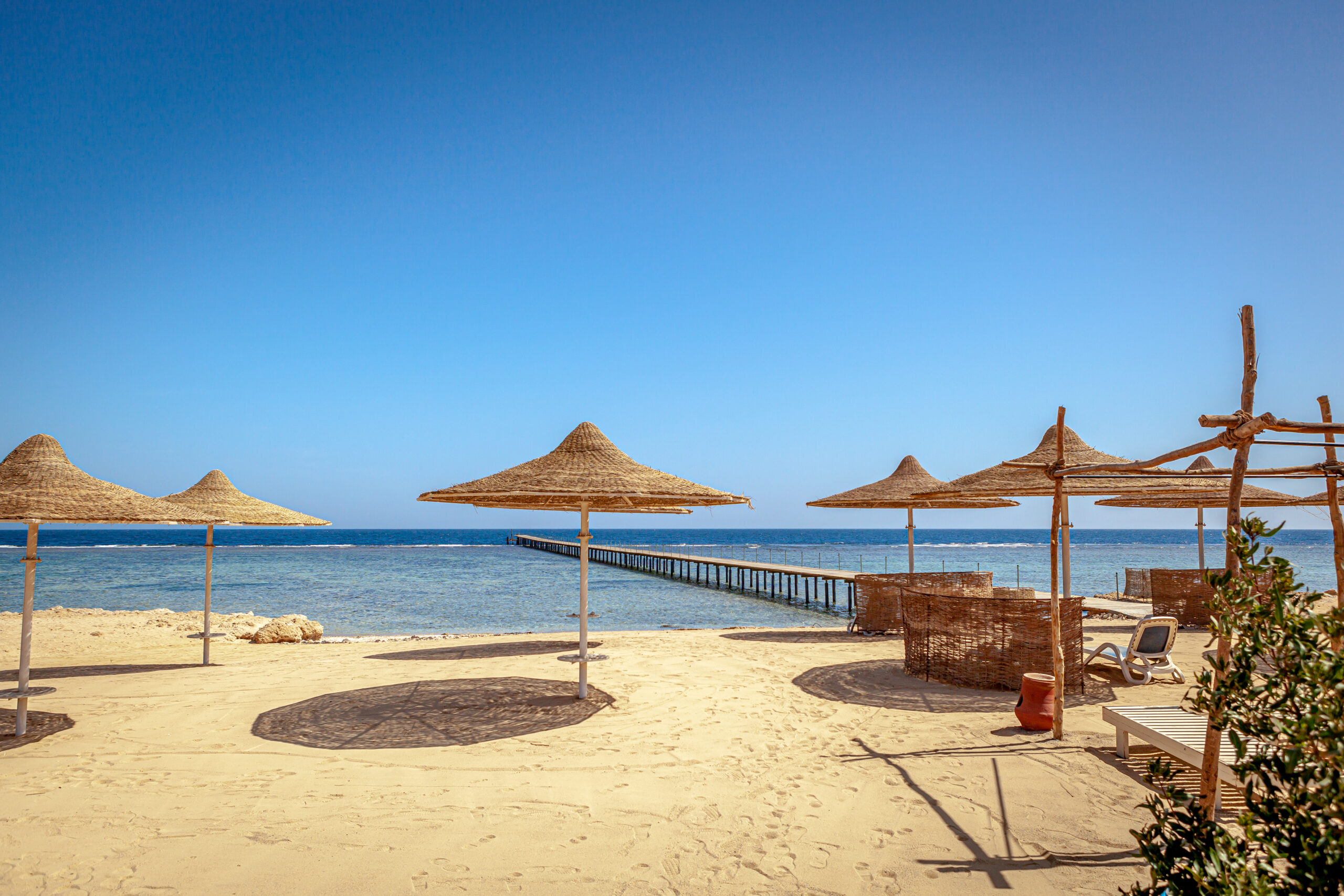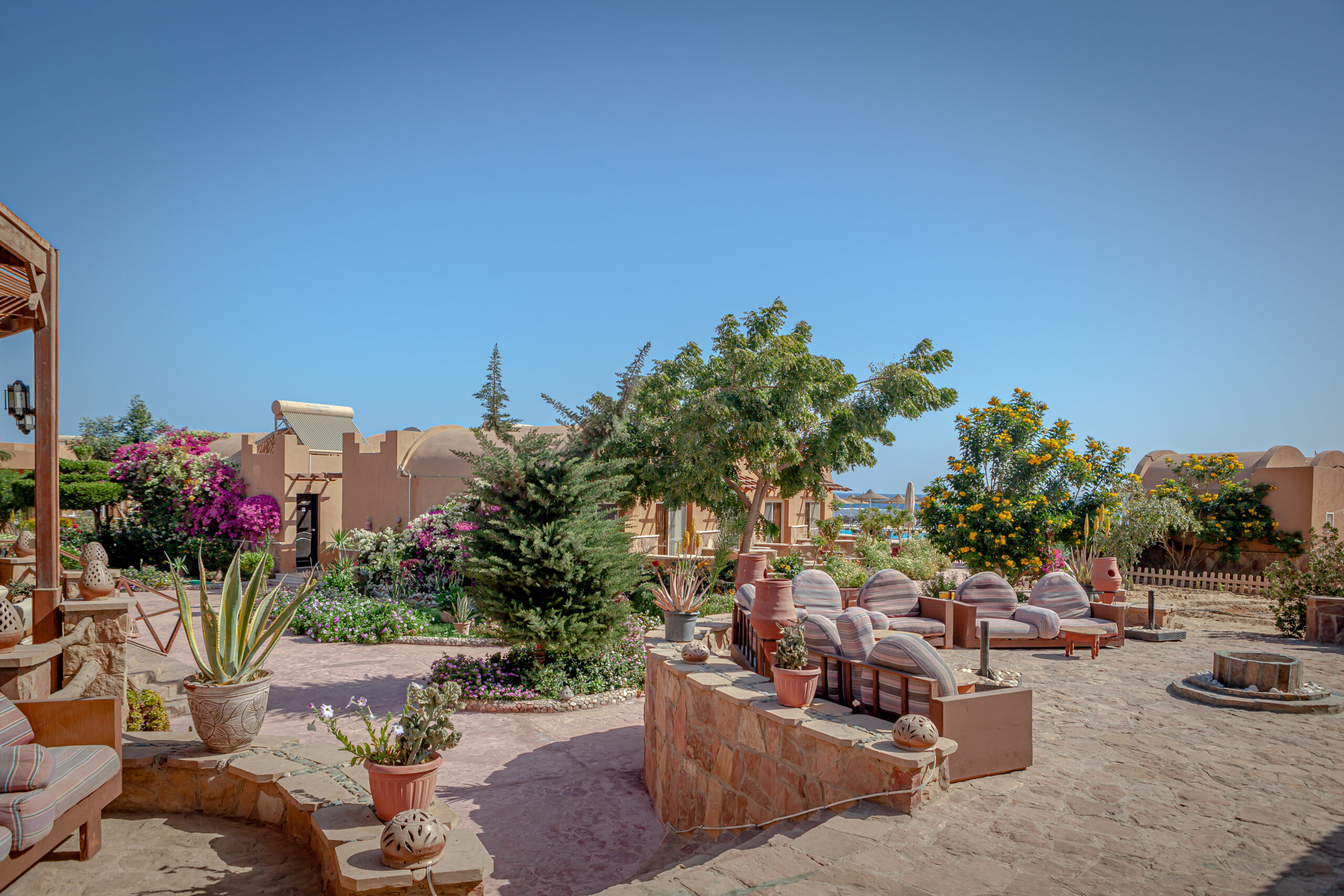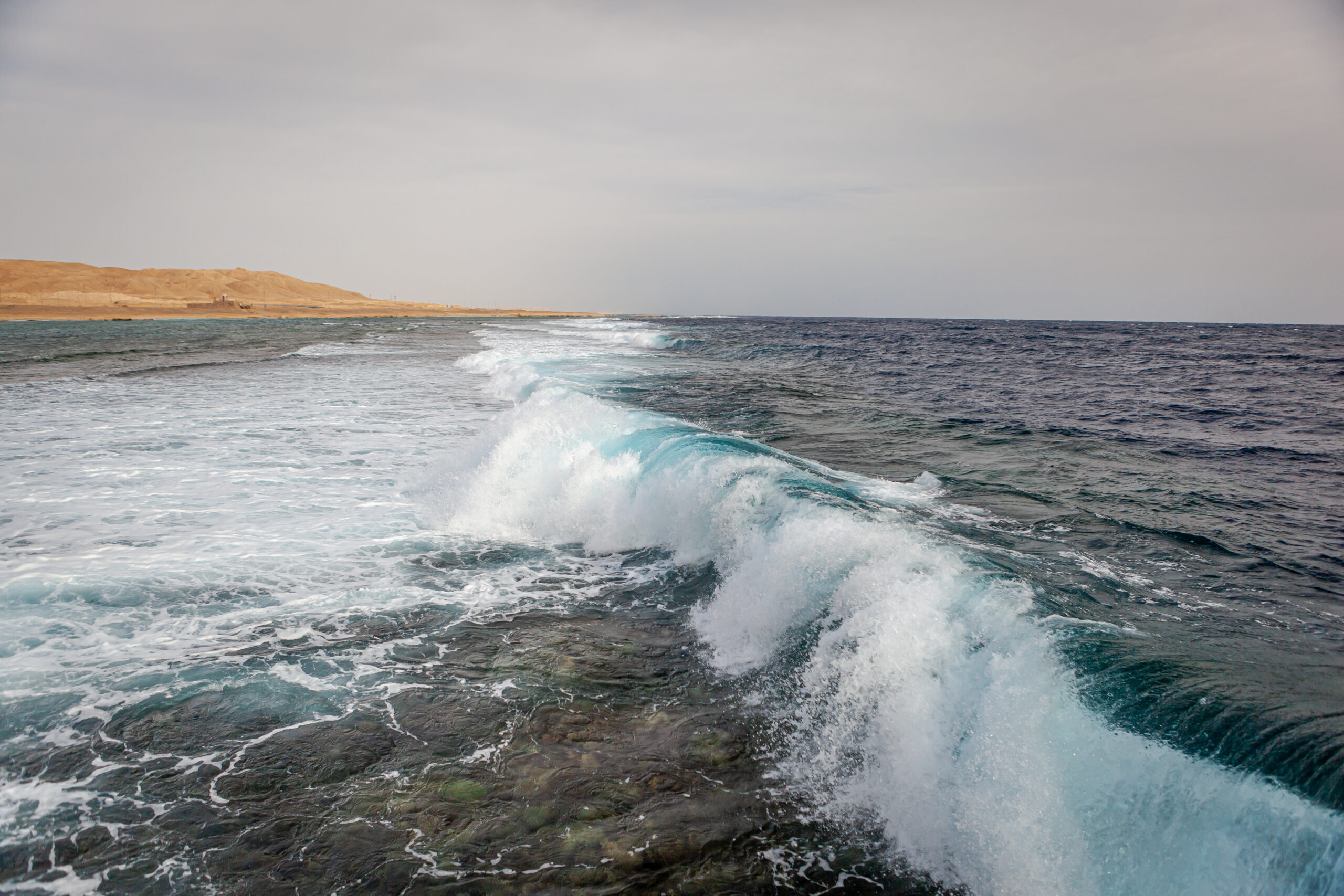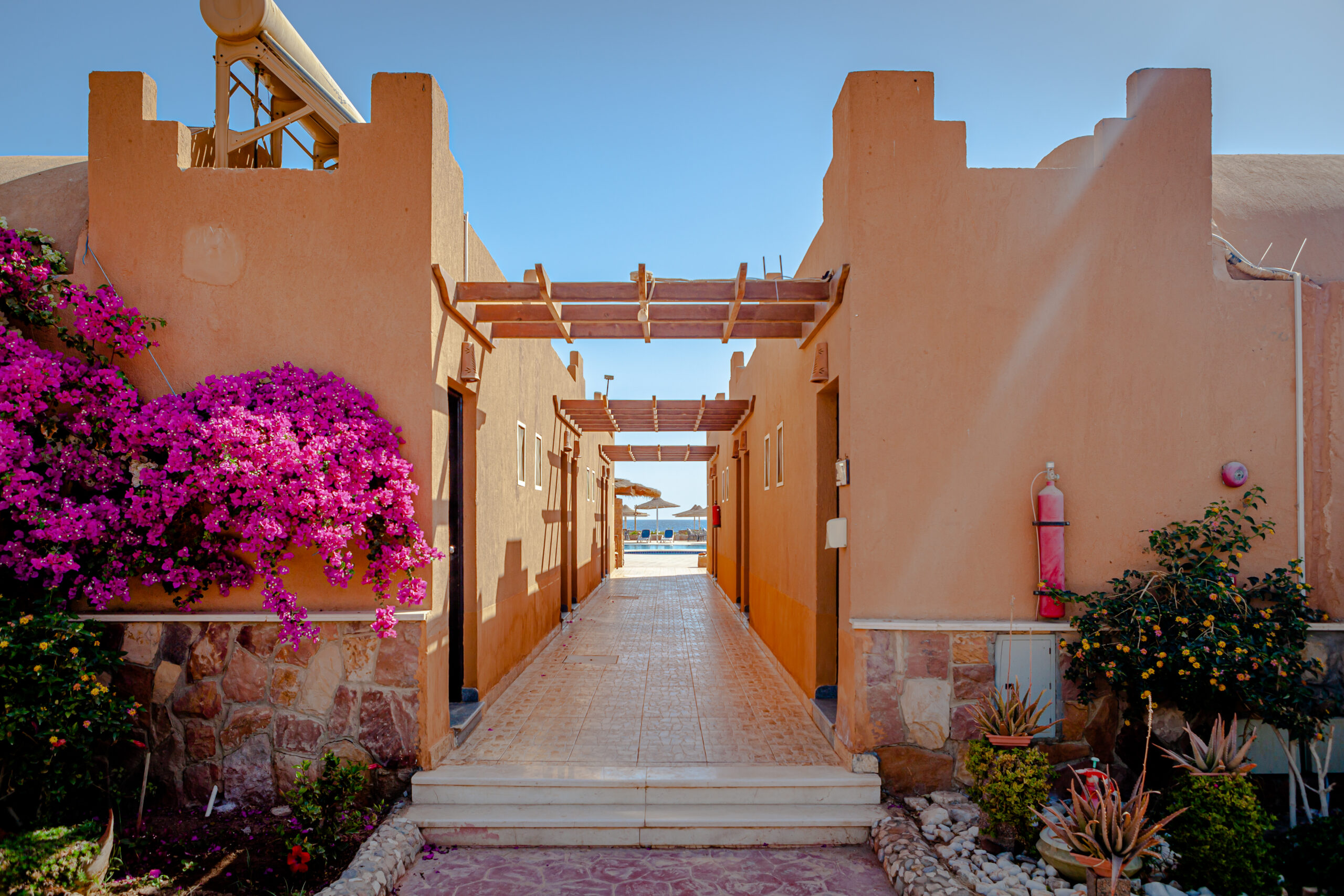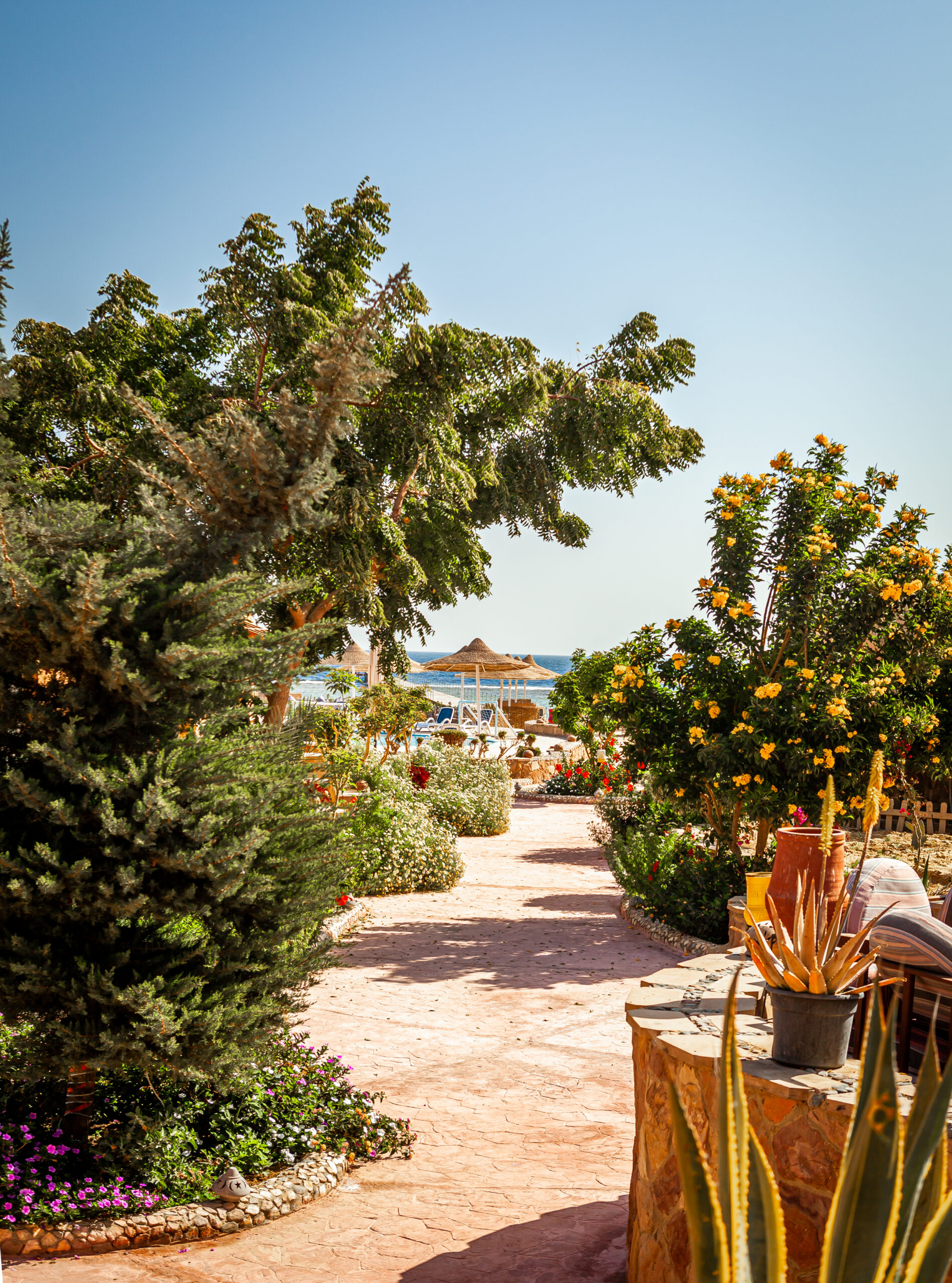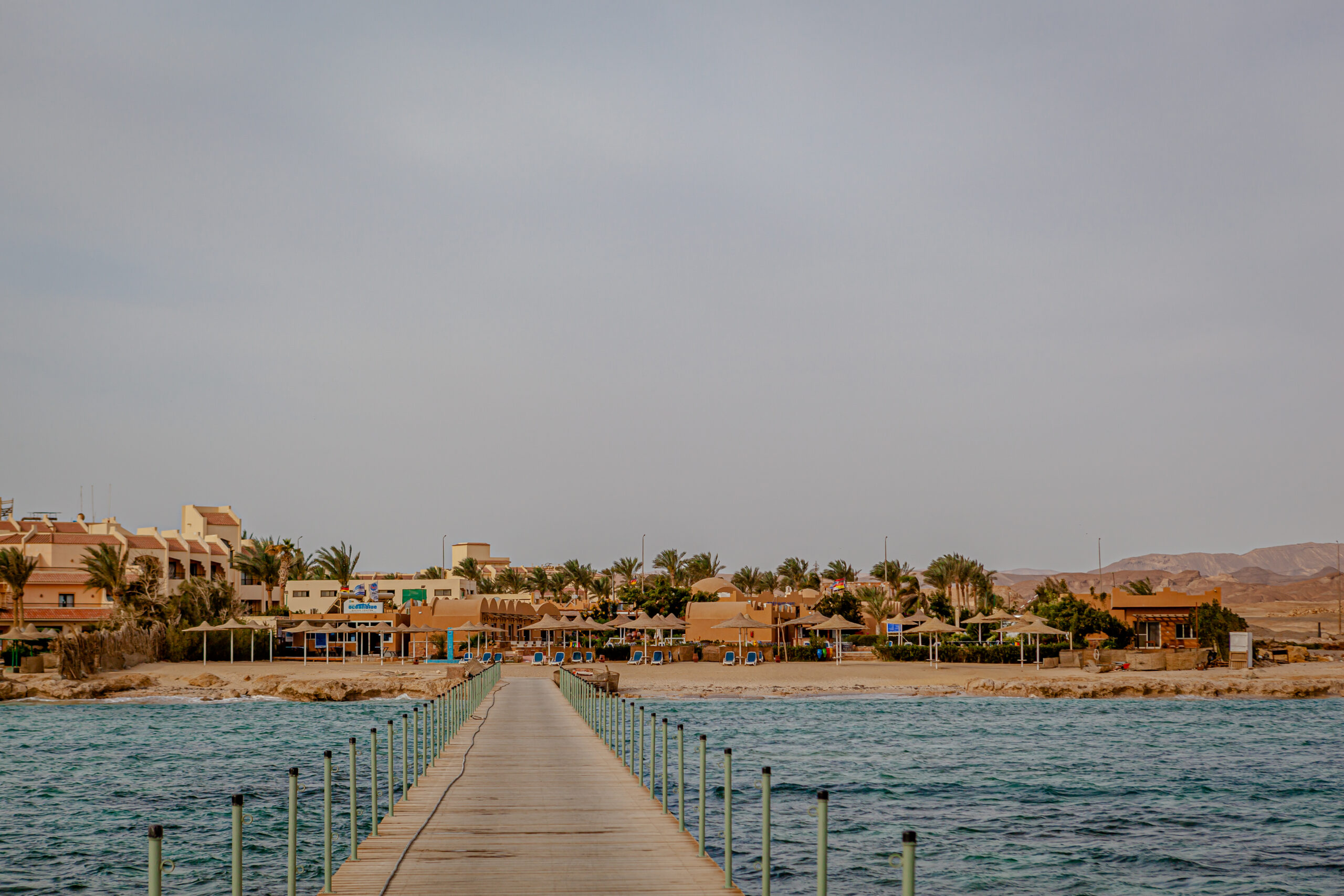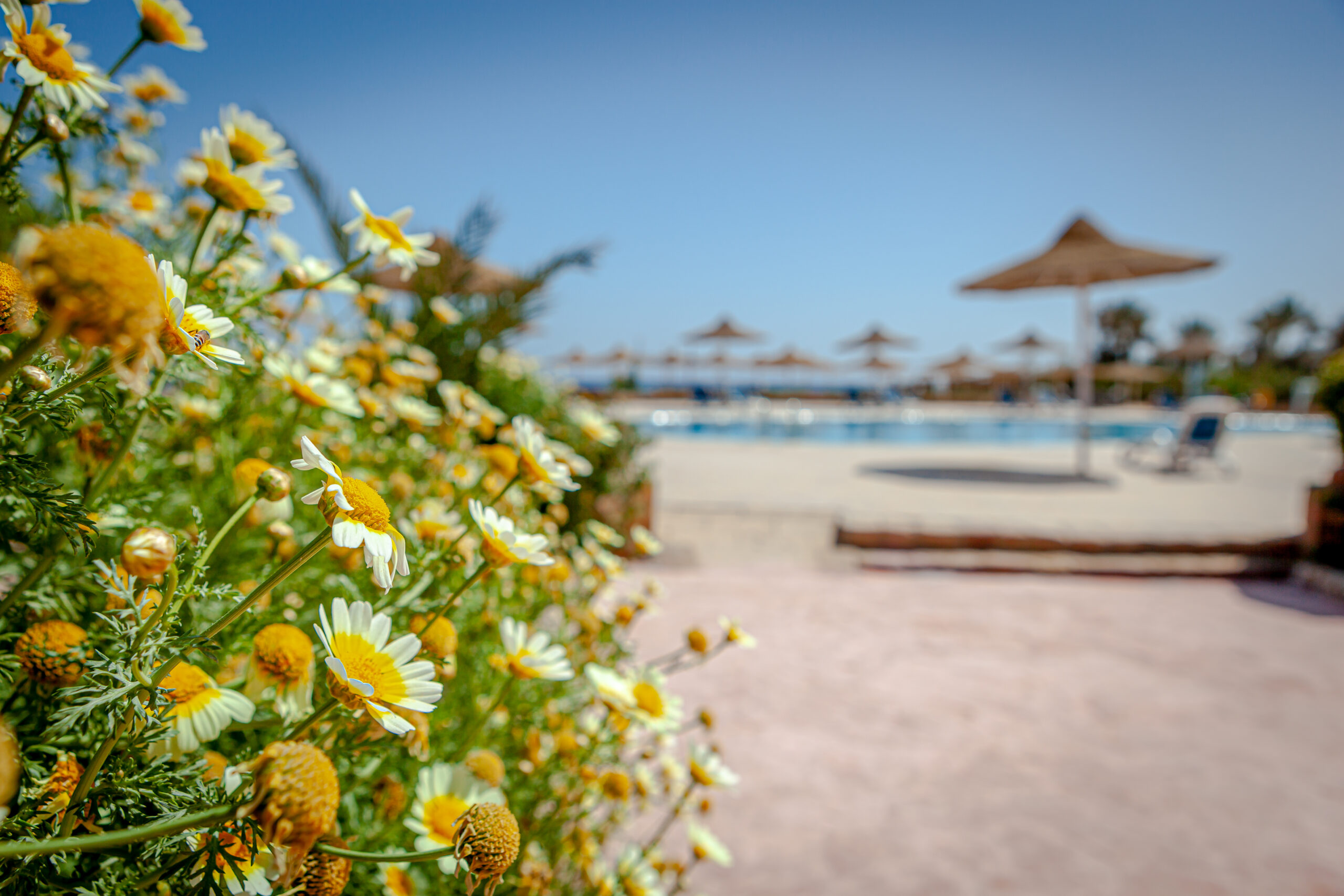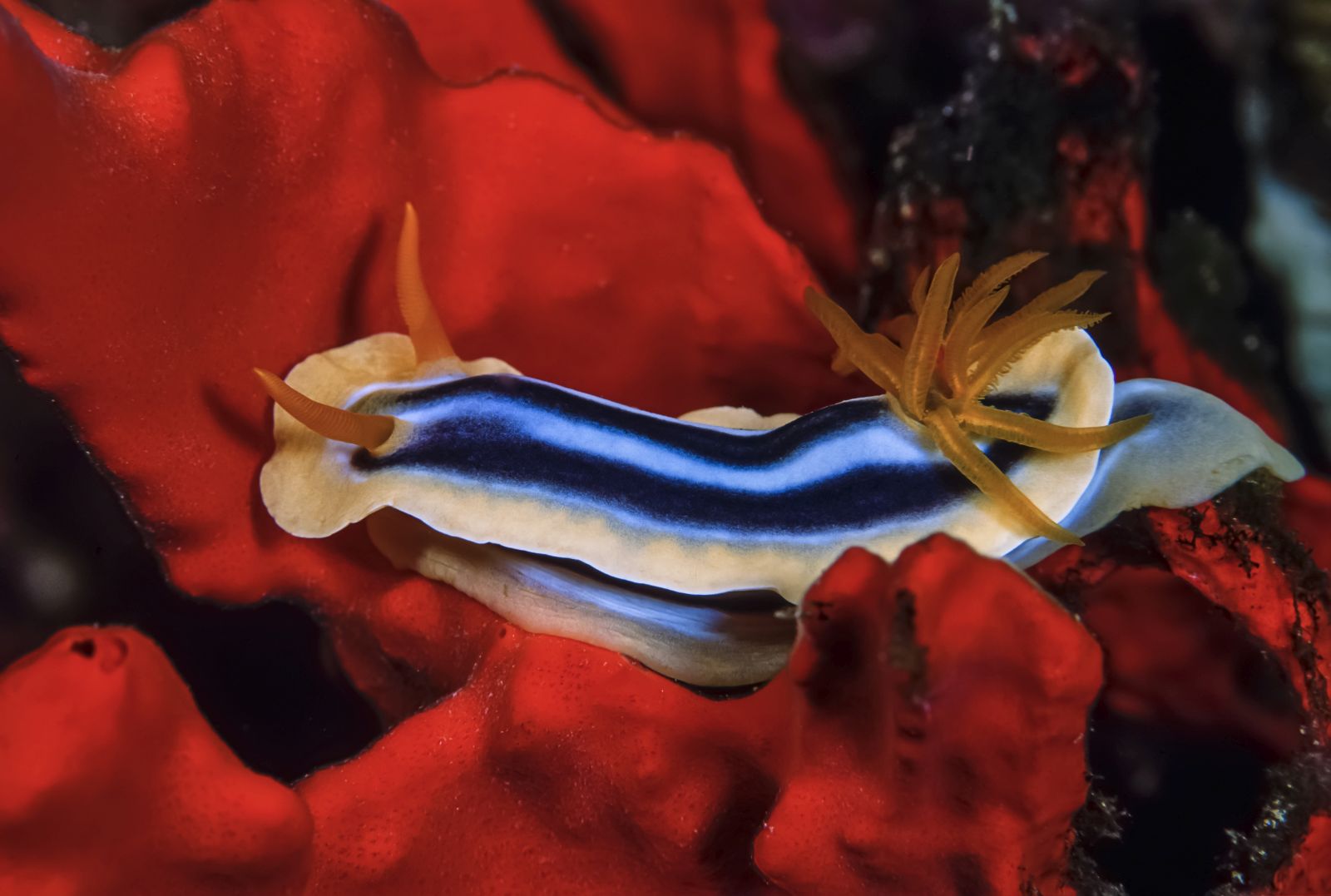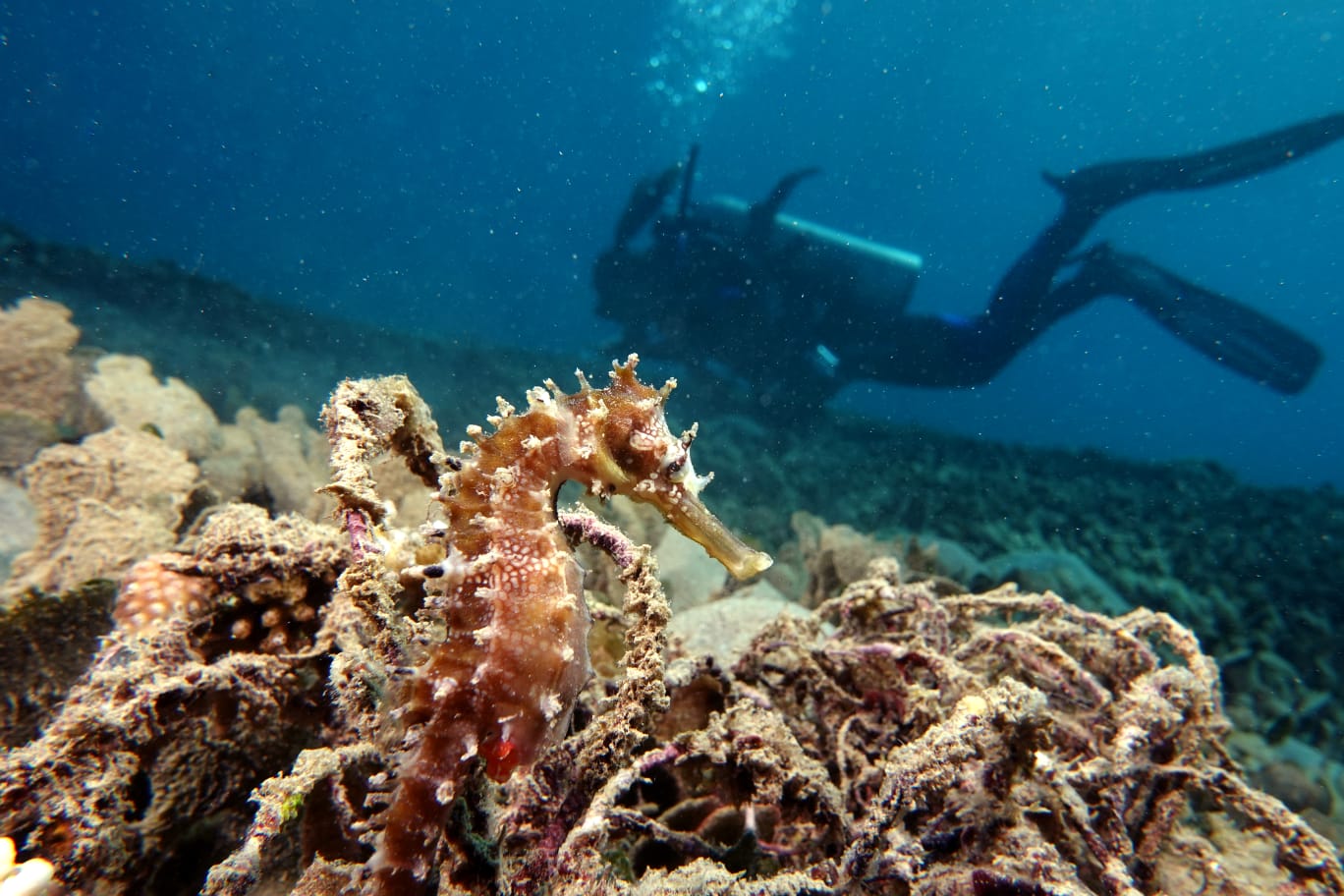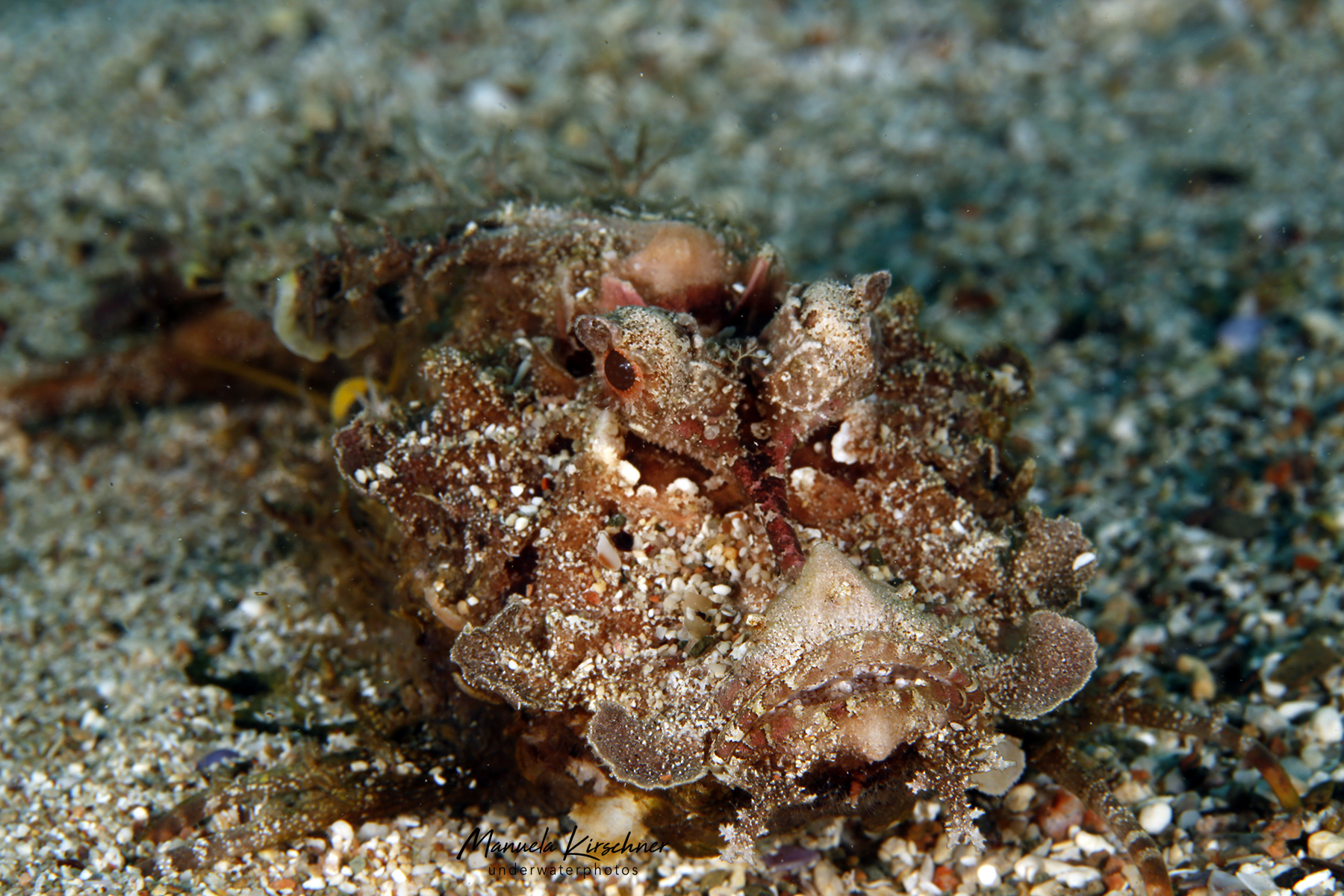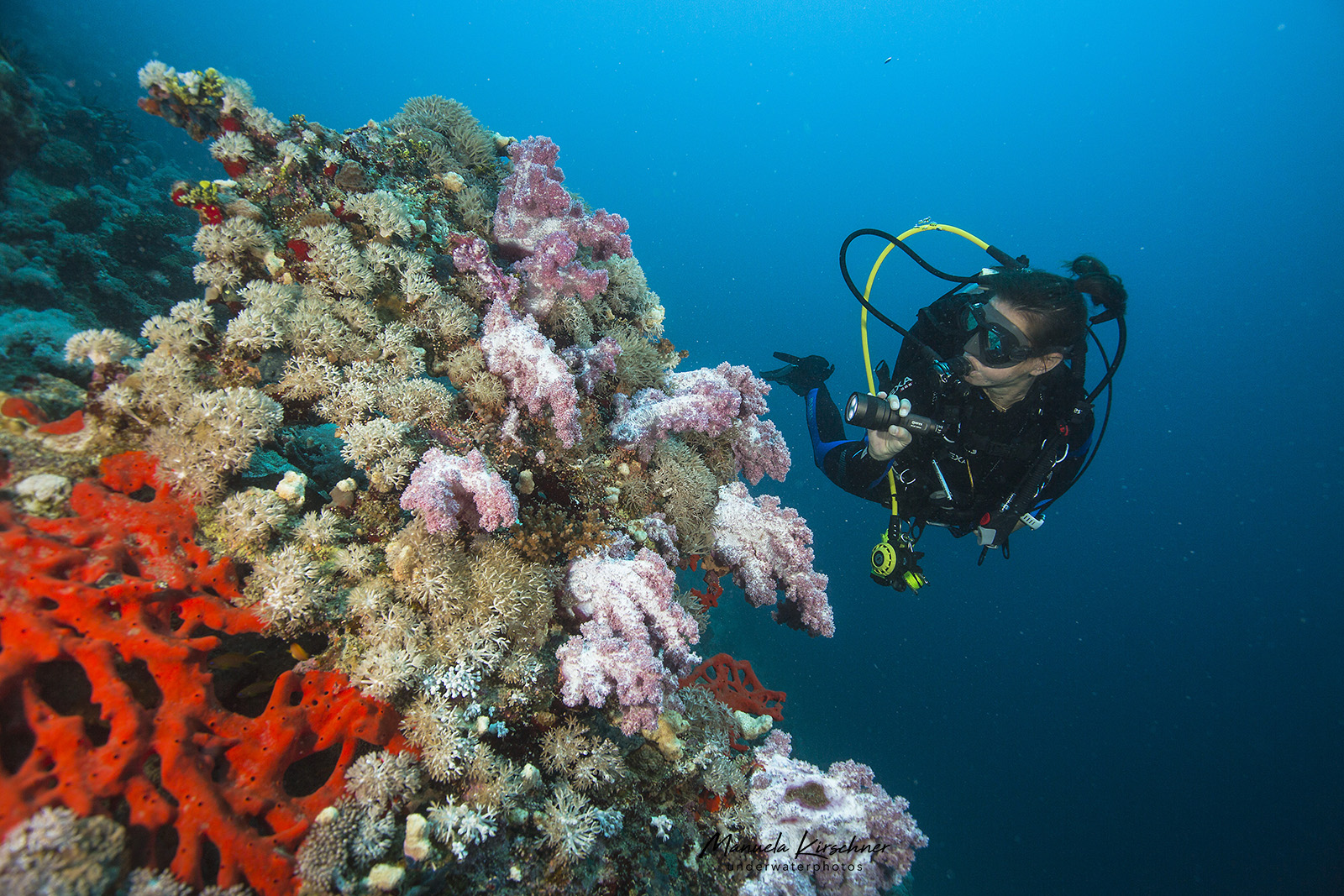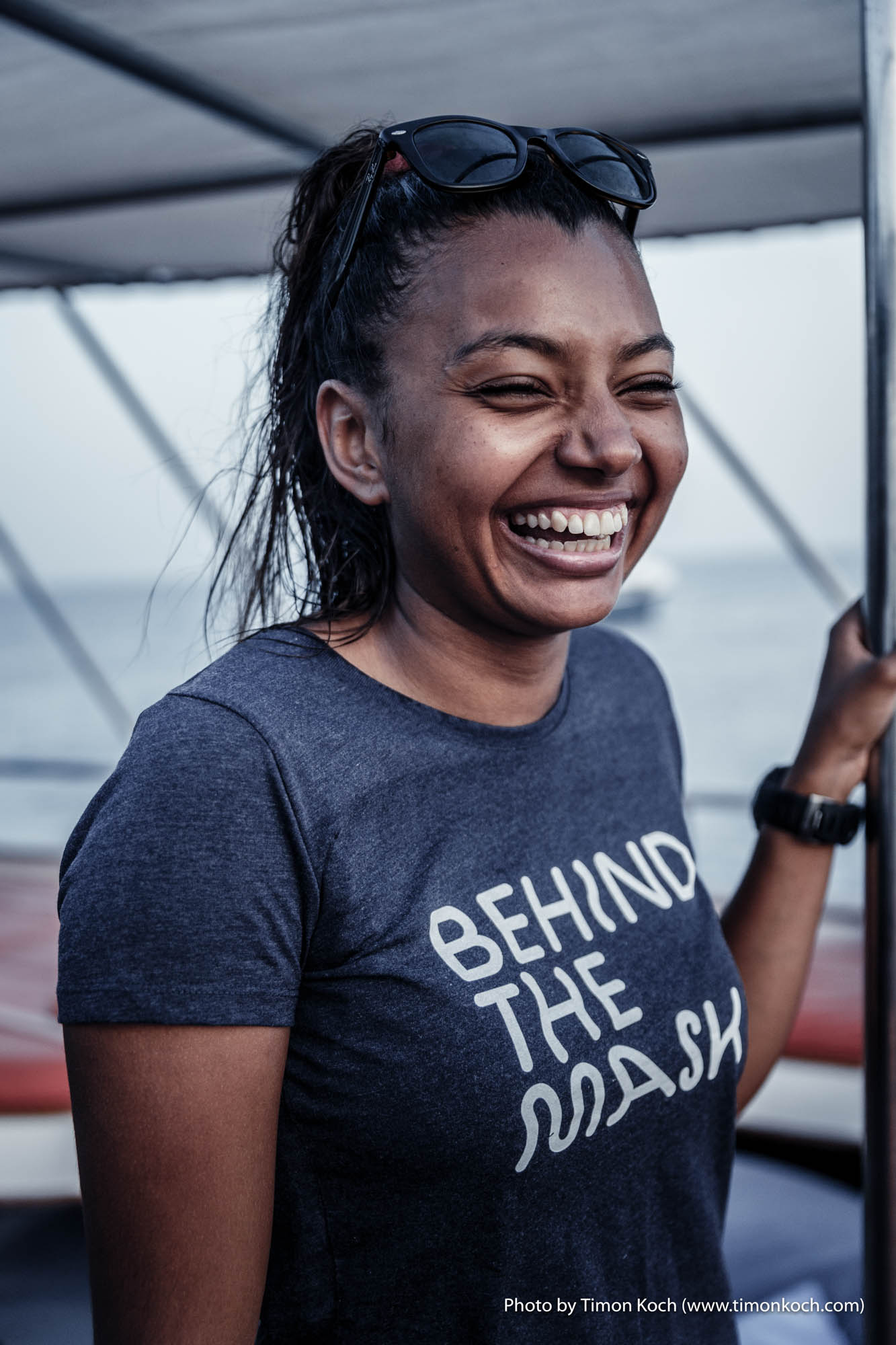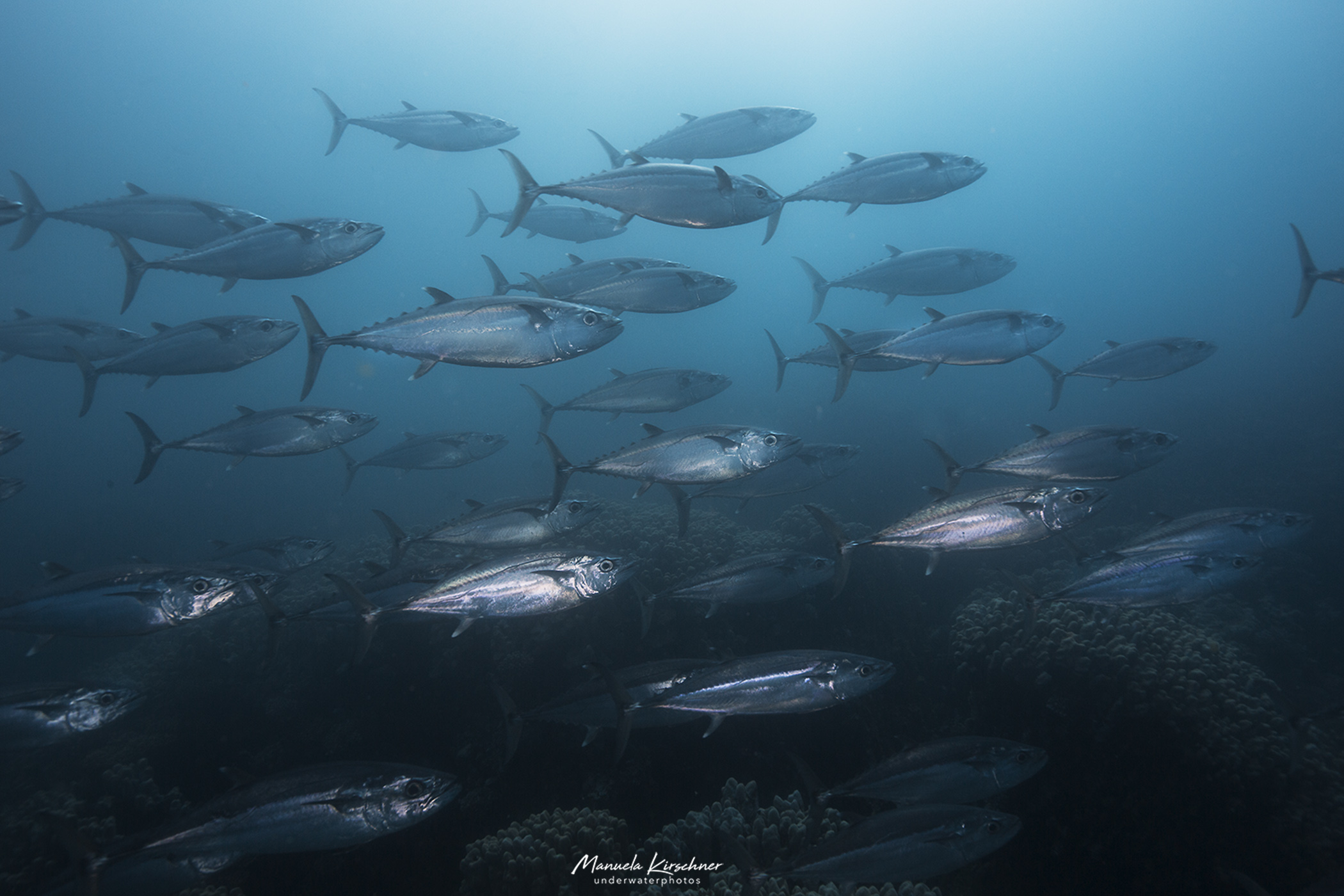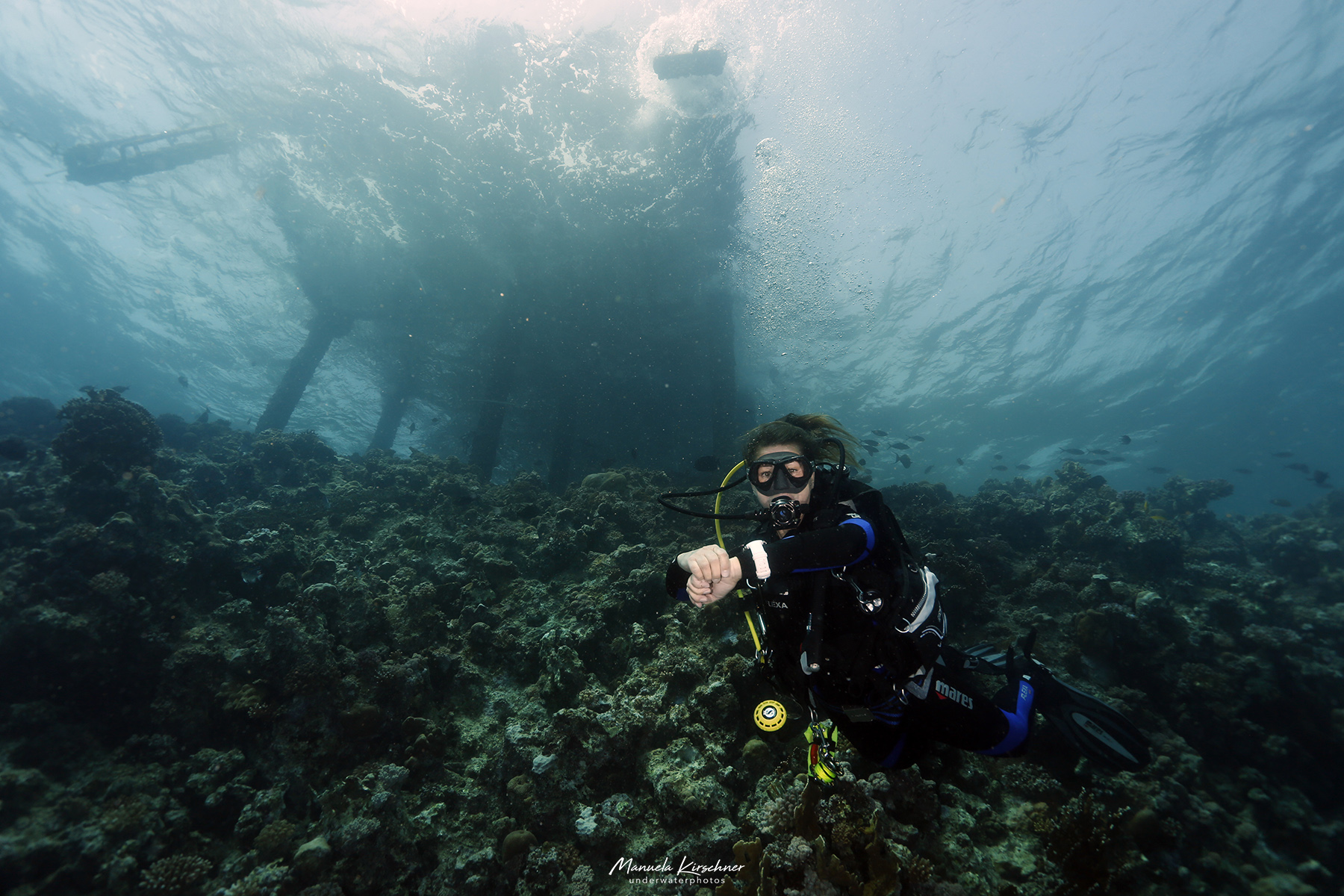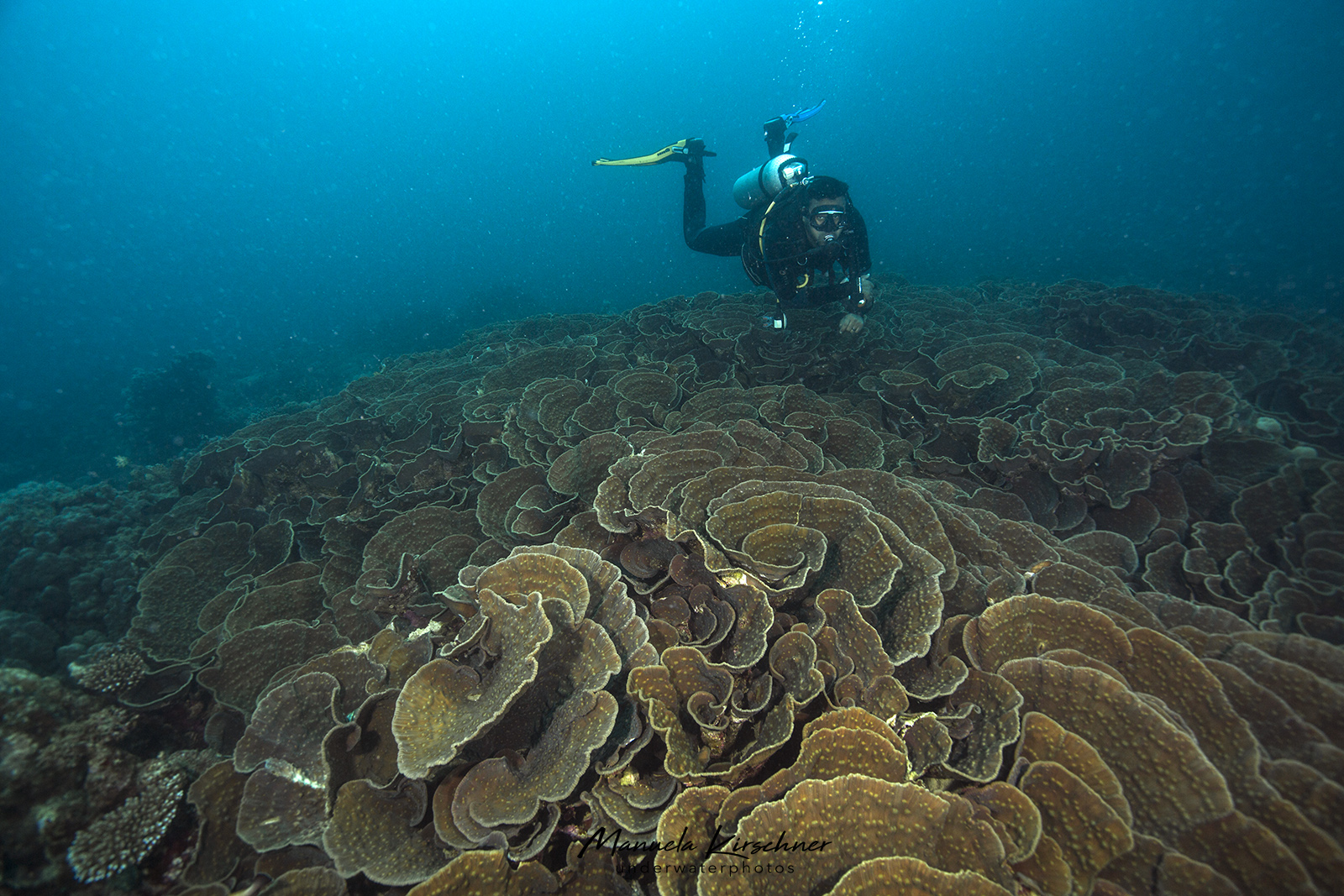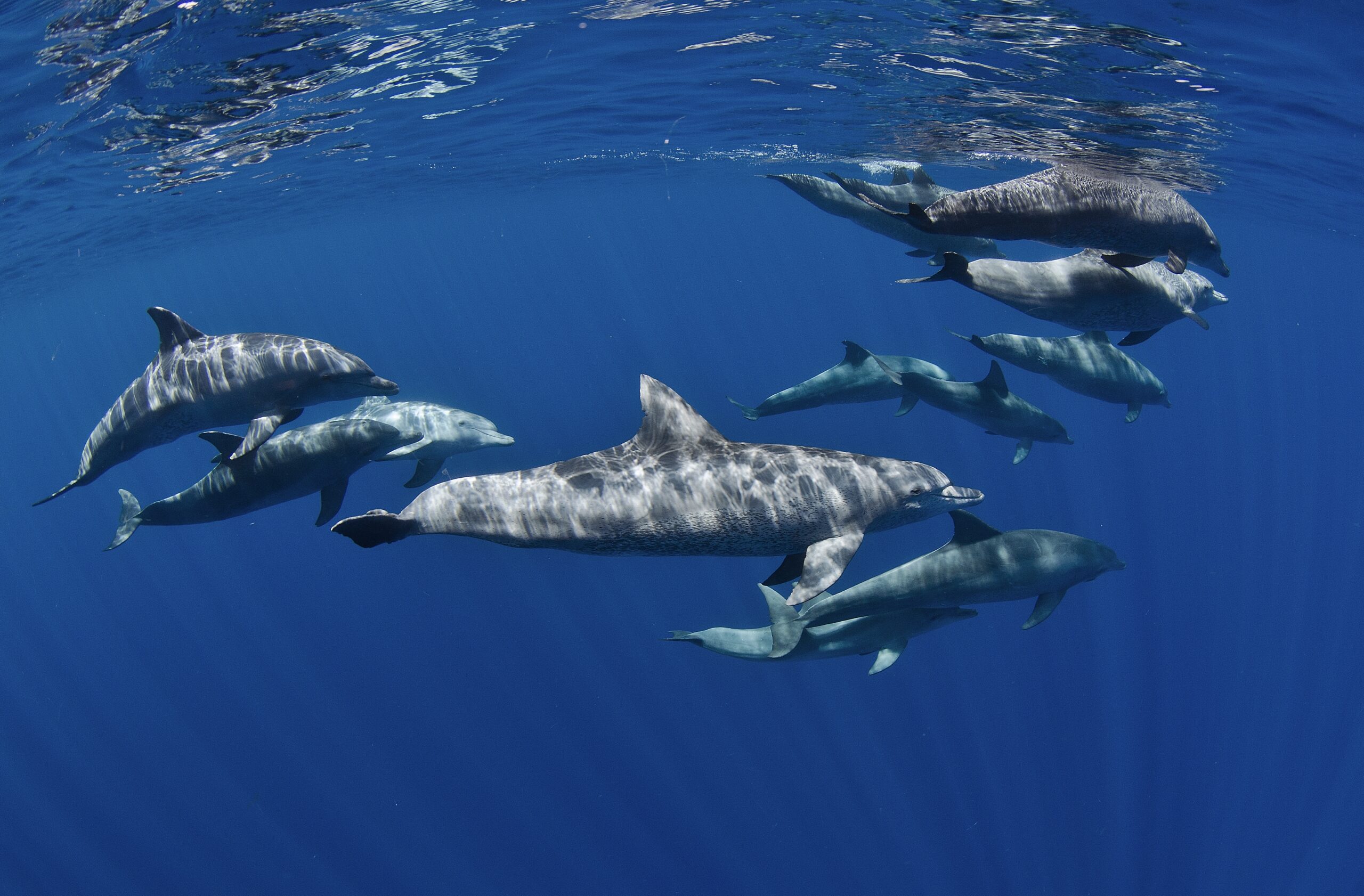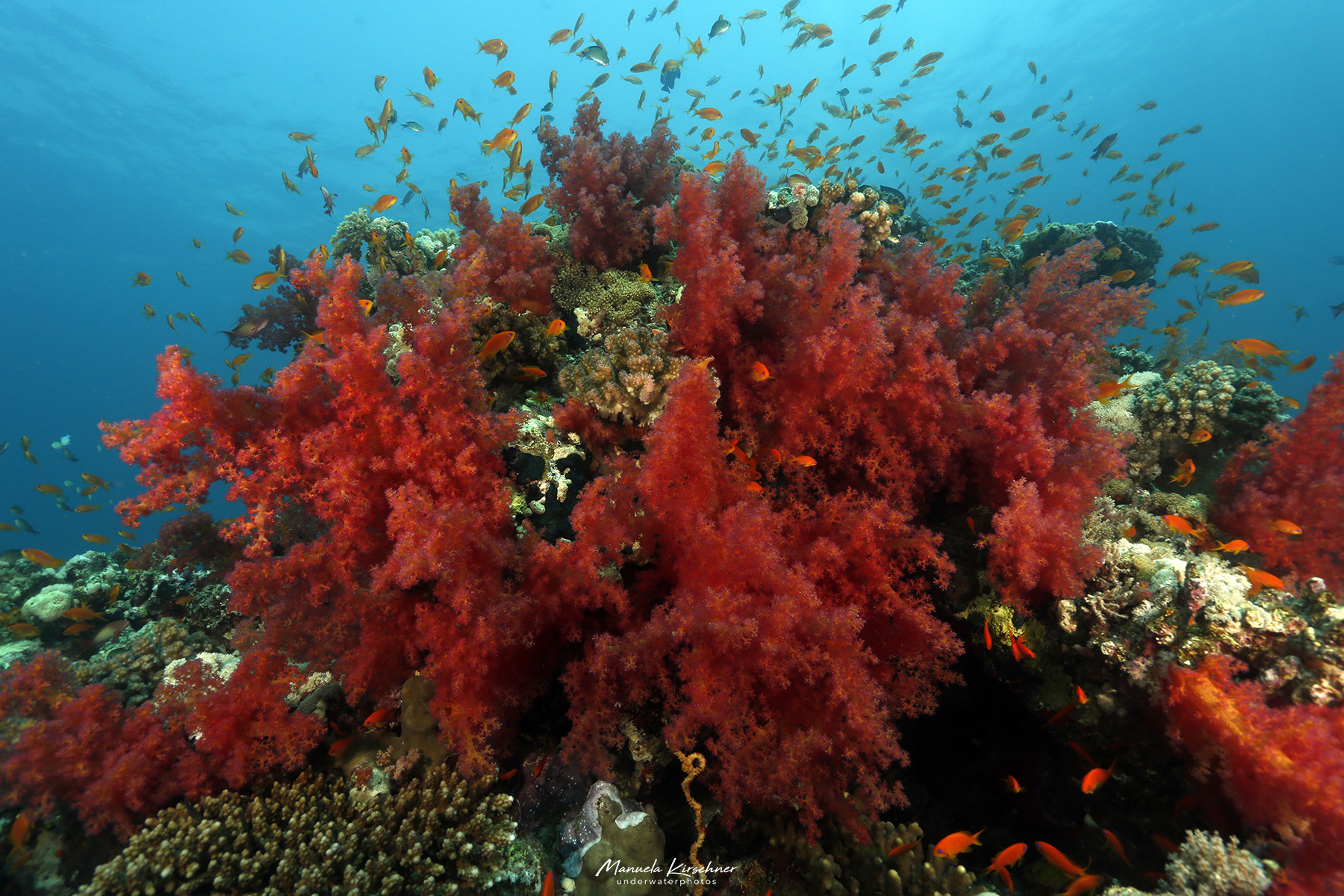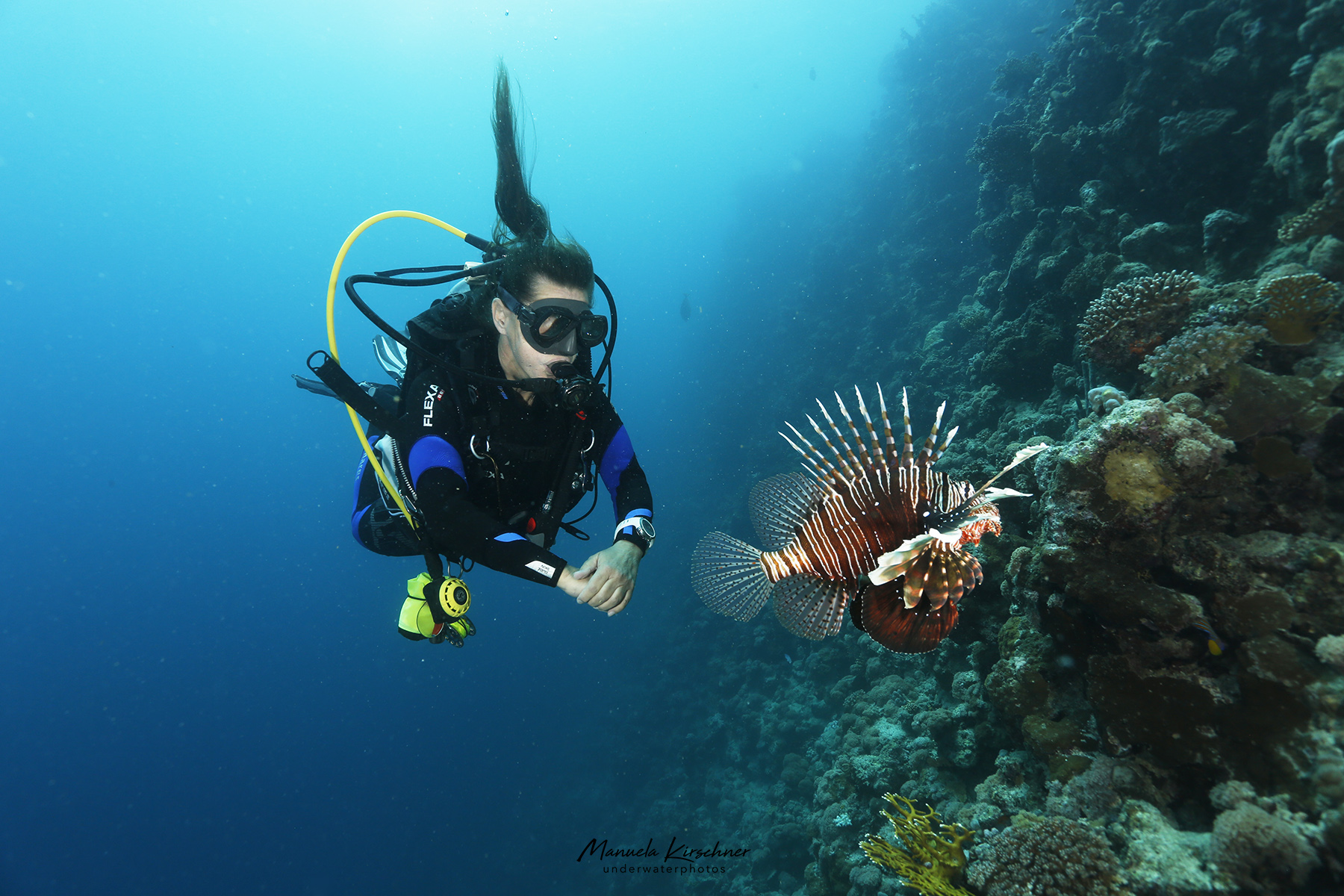Azores Combotrip - 8/24
If you like the following, this trip might be for you:
Sensational Sharks 🦈
The waters around the island of Faial still attract blue sharks species in large numbers. During these dives, other shark species such as mako sharks and smooth hammerheads can sometimes be spotted! And that is not all. Around the end of summer the warmer waters around the Azorean island of Santa Maria attract the ocean's largest fish: whale sharks.
Dolphins & Whales 🐋
The Azores are a true hotspot for cetaceans, predominantly whales and dolphins. One of the most emblematic species around the island are sperm whales.Although diving with these giants is not allowed without permit, experiencing their presence from a small boat can be just as exhilarating. Jumping in with the giant pods of dolphins is allowed though!
Manta Madness 🪁
Flocking together in groups as big as 60 individuals, the sickle fin devil ray spends the summer around offshore seamounts in Azorean waters of Princess Alice. This rock formation does not only attract rays either, as large schools of other fish are often seen around the pinnacle. Schools of tuna, barracuda and amberjacks are often spotted sawrming the area.
Unique Combotrip 🌋
The Azores comprise of 9 islands, offering travellers a lot of areas to explore. We want to make sure people making the journey here, can actually enjoy as much of the marine spectacles as possible. That is why we offer a combotrip to of arguably the best diving places in the archipelago for large pelagics and more: both Faial and Santa Maria.
Photo and Video
Meet David Serradell, professional underwater photographer and videographer, dive instructor and instructor. A natural born BTM Trip Leader, being able to help you out not just in the water but also in the editing and photography room. David is an ocean animal, born to dive and always out to help other ocean enthusiasts.
Small Group Travel 👨👩👦👦
In order to keep the interactions in the water as authentic as possible, we try to keep our group travels small and intimate. We set a maximum group size of 6 people for this journey to the Volcanic island in the middle of the Atlantic. The Azores are a place where time stood still, and we want to do our best to help keep it that way.
This place is alive
"The Azores are a top destination on our European doorstep. Hardly any mass tourism, authentic small accommodations and warm hearted people. The ocean is full of surprises here: dolphins, sharks, whales... There always seems to be something that is popping out on the surface. It's just alive. We heard incredible things about Santa Maria, I'm happy we can finally bring a limited group of divers there."
- Marcel, Behind the Mask Travel-
Meet your BTM trip leader

David Serradell
UW Photographer & BTMT Trip Leader
Azores Combotrip
August 4th - 18th, 2024
Rates & Inclusions:
- per person
Included:
- All necessary airport transfers on both islands
- 7 nights Santa Maria, Charming Blue Hotel, Double/Twin room with breakfast
- 7 nights Faial, Casa Buonvento Faial, Twin- or double room with breakfast
- Behind the Mask Travel Trip leader David Serradell
Activity days Faial:
- Mandatory check-dive
- 1 day ocean-going trips looking for bait balls, whales & dolphins (~ 8 hours)
- 1 full day trip to Princess Alice Bank (~ 8 – 12 hours on the sea, 2 dives incl. weights & tanks)
- 2 half day (3-4 hours) shark dive experience incl. guide, 1 tank, weights
- 1 day Hammerhead excursion to north Faial (freediving/snorkelling only)
Activity days Santa Maria:
- 3 dive days a 2 dives per day including all fees for Ambrosio and Formigas dive sites
- 2 days offshore expedition looking for whales sharks and bait balls (freediving/snorkelling)
- All days including private boat charter, skipper, dive guides, tanks (not for offshore expeditions), weights
Not Included:
- Flights to Horta (HOR) / Santa Maria (SMA) starting from 450 €
- Connecting flight between the islands starting from 100 €
- Food & drinks (except breakfast)
- Additional activities
- Tips
- Single room surcharge
- Rental Equipment and Nitrox on Santa Maria (2,50 € per tank)
For extensions in the Azores, please contact us!
Important note: Minimum number of participants 6 persons to confirm and carry out the trip. Our terms and conditions apply.
We strongly recommend that you take out travel insurance with our partner DiveAssure.
August 4 to 18, 2024
Faial
The trip starts and ends in Horta (Airport HOR) on the island of Faial on July 7 and 18. (Days of arrival and departure). You will be picked-up by the crew and transferred to the guest house.
04.08. – 11.08.2024
- 7 nights Faial guesthouse Casa da Baia with breakfast
- 5 days water action with SeaRiders:
- 2 days of blue shark diving
- 1 day ocean safari
- 1 day hammerhead diving
- 1 day Princess Alice mobula ray diving
- 1 day free (optional hike to Mt. Pico we can organize – tickets are needed to get up the vulcano)
Santa Maria
On August 11th, a connecting flight will bring you to the island of Santa Maria through Ponta Delgada.
11.08. – 18.08.2024
- 7 nights at Charming Blue Hotel with breakfast
- 5 days water action with:
- 4 dive days (min. 2 x Ambrosio, 1 x Formigas/Dollabarat)
- 1 offshore expedition looking for baitballs and whale sharks
Daily Plan
Due to unpredictable weather conditions, the daily action plan will be discussed one day before or even change in the morning again. This means you should be flexible and ready for some short-notice changes every day. The activities included will happen at some point during the week. If some trips won’t be possible, there will be a refund or other similar activities instead. This group is limited to 8 divers on private boats which maximizes the experience but also makes it easier to plan and discuss within the group.
Our Trip Leader – David Serradell
For this special combotrip, we are so proud to team up with professional underwater photographer David Serradell. We have been friends with David for years, and were impressed with his underwater presence and accommodating energy. David is a true octopus, being freediving and scuba instructor, having worked in marine conservation and graduated as veterinarian. We honestly cannot image a better trip leader to make sure that this is a trip of a lifetime for all our beloved guests.
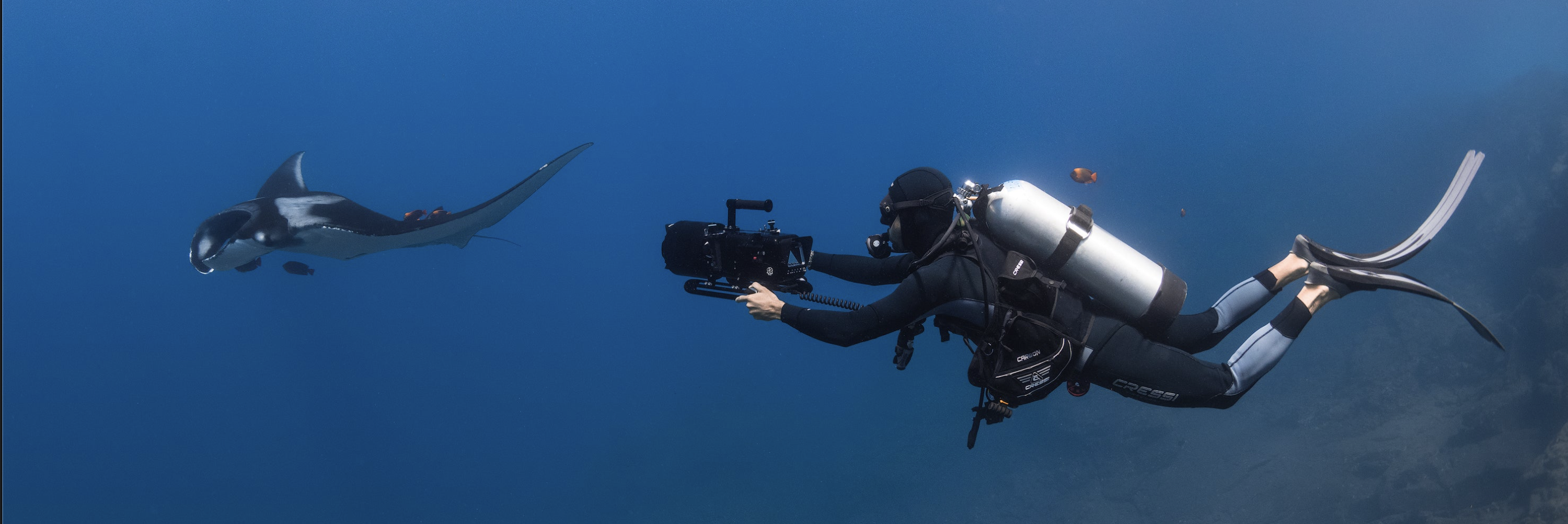
Faial
Casa BuonVento, located in the heart of Horta, Faial Island, Azores (Portugal) is an ancient house dating from the beginning of 20th Century. It was totally renovated in 2017 with respect for its original “soul” and charme, without compromising comfort. The rooms, all different from each other, are decorated with custom-made furniture created or restored with taste and imagination. Some of the rooms have a view of the Pico mountain and the sea. Available for the guests is a shared, fully equipped kitchen (tableware, cutlery, appliances) and a little lounge area with sofa, TV and books.
Within walking distance of the house you can find cafes and restaurants to suit all tastes. The Peter Café Sport with its Scrimshaw Museum, the dock and its colourfull “murales”, Porto Pim, Monte Queimado and Monte da Guia where you can enjoy a very pleasant view of Porto Pim bay. Also within walking distance is a shopping mall and a grocery store.
Santa Maria
Charming Blue in Vila do Porto offers comfy rooms with cable TV, some even with sea or pool views and private baths. Free WiFi is a bonus, and adventure-seekers can dive, cycle, or hike nearby. The airport is just 3 km away, and the place has been hosting happy guests since 2016.

The Azores
The Azores (Portuguese: Açores) are an island archipelago located in the North Atlantic Ocean, roughly halfway between mainland Portugal and North America. The archipelago consists of nine islands of volcanic origin that are known for their untouched natural scenery and friendly inhabitants. Apart from the volcanic craters, green meadows, lakes and waterfalls, Azores are a true eco-tourism paradise offering incredible marine biodiversity, whale watching and world-class diving.
The Island of Faial
Located only 4.5 nautical miles from the island of Pico and approximately 14 nautical miles from the island of São Jorge, Faial is one of the ‘Triangle Islands’. Recognised as the yachting capital of the northern hemisphere, it has a strong connection to the sea with its main port – Horta Marina – providing a safe harbour for thousands of vessels as they cross the Atlantic. The number of sailboats huddled in the small bay adds to the charm of this city, which lies in the shadow of the extinct volcano of Guia Hill. No visit to Horta is complete without a visit to one of its most famous Portuguese bars – Peter’s Café Sport. Overlooking the Marina with Mount Pico as its backdrop, the walls are covered in flags left by travellers, giving the bar a sense of the history of the city. Faial was the site of the Azores last major eruption, the Capelinhos Volcano (1957/58). The landscape created by the eruption on the island’s west tip makes for a fascinating day trip and the Capelinhos Volcano Interpretation Centre has lots of information about the devastation caused by the event.
The Island of Santa Maria
Santa Maria is one of the nine islands that make up the Azores archipelago, situated in the North Atlantic Ocean. It is the southernmost and oldest of the Azorean islands, with a rich history dating back to its discovery in 1427. Santa Maria is known for its stunning natural beauty, featuring lush green landscapes, picturesque beaches, and rugged cliffs. The island’s climate is relatively dry and warm compared to the other Azorean islands, making it a popular destination for sun-seekers and outdoor enthusiasts. Santa Maria also offers a glimpse into its historical past with charming villages, traditional architecture, and cultural festivals that celebrate its unique heritage.

More about Azores islands
All the nine islands of the Azores Archipelago are of volcanic origin and are located in the North Atlantic, scattered along a 600 km stretch of ocean from Santa Maria to Corvo, approximately between 37° and 40° north latitude and 25° and 31° west longitude.
The islands of the archipelago are divided in three geographical groups: the Eastern Group, comprising Santa Maria and São Miguel, the Central Group, including Terceira, Graciosa, São Jorge, Pico and Faial, and the Western Group, composed by Corvo and Flores. The Azores, along with the archipelagos of Madeira, Canary Islands and Cape Verde, constitute the biogeographic region of Macaronesia, a name which means “fortunate islands” for those who live there and visit them.
In the realm of legend, some associate the Azores to the Atlantis, the mythical island kingdom quoted by Plato. As for history, references to nine islands in the Atlantic Ocean located approximately in the position of the Azores can be found in books and maps since the 14th century. However, it was with the Portuguese Maritime Discoveries, led by Prince Infante D. Henrique, that the Azores were definitely registered in the map of Europe. It is unknown whether the first navigator to reach the archipelago was Diogo de Silves in 1427 or Gonçalo Velho Cabral in 1431. The origin of the name Azores is also debatable as there are various theories. The most common associates the designation of the common buzzards found on the islands which were mistaken as being another bird of prey: the northern goshawk (açor). What is now certain is that it was Prince Infante D. Henrique who incited the settlement of the islands. First, animals were sent, between 1431 and 1432, and later settlers started to arrive from 1439.
From that date, the settlement continued throughout the 15th century (Western and Central Groups) and the 16th century (Western Group). Jews, Moors, Flemish, Genovese, Englishmen, Frenchmen, and African slaves came together with the Portuguese from the mainland to face the hardships of such a task.
This epic start moulded a people that throughout the centuries was able to resist volcanic eruptions, isolation, invasions of pirates, political wars and infesting diseases. The courage of the Azorean people was confirmed when they resisted the Spanish domination during the succession crisis of 1580, and when they supported the liberal movement during the civil war (1828-1834).
The Azores have a long list of natural parks, of areas of protected landscape, of protected fauna and flora species, of forest reserves, and of sites with geological interest guaranteeing the preservation of a priceless natural legacy. As a form of compensation for all of this effort, the Azores are considered to be a sanctuary of biodiversity and geodiversity and one of the best locations for Nature Tourism.
In the Atlantic Ocean, life multiplies itself by more than two dozen species of dolphins and whales that either inhabit or pass through Azorean waters. There are abundant colonies of molluscs, crustaceous and fish, thus completing the region’s extraordinary marine diversity.
2 spaces
Top rated operator
Norway's Orca with Cinemarine – 11/2024
+++ Orcas and Humpbacks of Norway +++
🇳🇴
On the Ocean X with Cinemarine
If you like the following, this trip might be for you:
Orcas🐼
The fjords north of Tromsø area are undoubtedly THE best place on earth to observe orcas in their natural habitat, while hunting for herring in the north of Norway! To be eye to eye with these 4 ton giants is an experience that many see as a highlight in their life!
Snorkelling eye to eye 🤿
This trip is exclusive to snorkelers & freedivers as there are no scuba diving opportunities in the Fjords. No scuba certification needed, so a decent fitness level is enough to participate in this adventure!
Humpback Whales 🐋
Although often perceived as the Orca Kingdom, there are other predators who also want a piece of the pie! Over the past few years, humpback whales have been spotted regularly joining the orca during the herring feeding frenzies.
Northern Lights🌌
Another highlight on this insane trip: the Northern lights, also known as the Aurora Borealis, are a natural phenomenon that occurs when electrically charged particles from the sun collide with particles in the Earth's atmosphere. This collision creates incredible, colourful lights that dance across the sky, making for a truly breathtaking sight.
Land Based 🛖
Most orca experiences in Norway are hosted by liveboards, which means guests stay on the water the whole week. This trip is land-based, meaning that at night we sleep in two cozy houses in Skjervøy, where we get picked up in the morning and dropped off again at the end of the day for a freezing night walk!
Intimate Boat 🛥️
The Ocean X is a performant vessel that during the year facilitates professional film productions in Norwegian waters. The boat was built for space for up to twelve people, there is plenty of space for the 6 guests on our trip. The boat has a heated outside area, which is a unique and very welcome feature in the cold waters of Norway!
This trip is open for everybody
Viewpoints from cultures all over the globe inspire us, that’s why we love bringing people from different backgrounds together. The more diverse, the better we feel.
Orca Kingdom
- Marcel Wilpernig, Behind the Mask Travel-
Why Norway?
- Timon Koch, Behind the Mask photographer-
Meet your BTM Trip leader

Timon Koch
Behind the Mask Photographer & Trip Leader
Norway Orca & Humpback Expedition
Nov 11 - 17, 2024
Trip price:
- per person (see details below for what is included in this price)
Included:
- Max. 6 guests in 2 cozy houses in Skjervøy
- 6 nights, breakfast included
- Transfer in a van form Tromso with driver
- Van on spot for bad weather days or for the night (northern light photography)
- 5 days on the water with an extreme comfortable Ocean X 40-foot day boat (heated inside area, space for normally up to 12 people, dive deck)
- Experienced Skipper (experienced with film teams like BBC, NatGeo etc.)
- Tour leader and Photographer Timon Koch (Behind the Mask / Cinemarine)
Not included:
- Flights (we will happily assist, just let us know)
- Tourist Visa (if required)
- Cancellation and travel insurance
- Non specified meals and beverages
- Tips for local crew
- Equipment rental
- Any later added fees/fuel surcharges/supplements/taxes currently not known or enforced
Further extensions in Norway are always possible we’re happy to assist! Our terms & conditions apply!
We highly recommend DiveAssure insurance, which covers force majeure cases and single missed days of diving due to sickness.
Day 1: Arrival
Pick up from Airport Tromsø. 4h roadtrip though the outstanding wild fjord landscape of Lyngen to Skjervøy. After arrival – check-in at the cabins and for customers with rental gear – the afternoon is the time try everything on! If time allows have a nightcap with our captain.
Day 2-6: Search in the fjord
First day on board: safety briefing and check dive (weight calibration in the water, camera test and possible rescue scenario) close to the harbor.
Routine for all days on sea: change in our wetsuits in the cabin and drive to the harbor (3 min drive).
The search for animals starts basically after we leaving the harbor of Skjervøy. Our captain Per Børre will make a decision according to weather conditions where to go. He is a very experienced captain. He hosted many BBC, national geographic and other big wildlife productions. He is the heart of the search – super experienced and amazing wildlife knowledge. We stay on the sea as long day light and sea conditions allows us: no limits in how many times we jump or go into the wild waters!
Guest coming in the best season for orcas, humpback whales, fin whales and sea eagles. This year there have been first time ever in Skjervøy some sperm whale sightings!!
Day 7: Drive back to Tromsø
4 h drive back to Tromsø – depending on the earliest flight. (Note: no return flights should be booked before 3 pm!)
General information for customers who want to join later or leave earlier (probably not the case but anyways) – there is daily ferry connection to Tromsø.
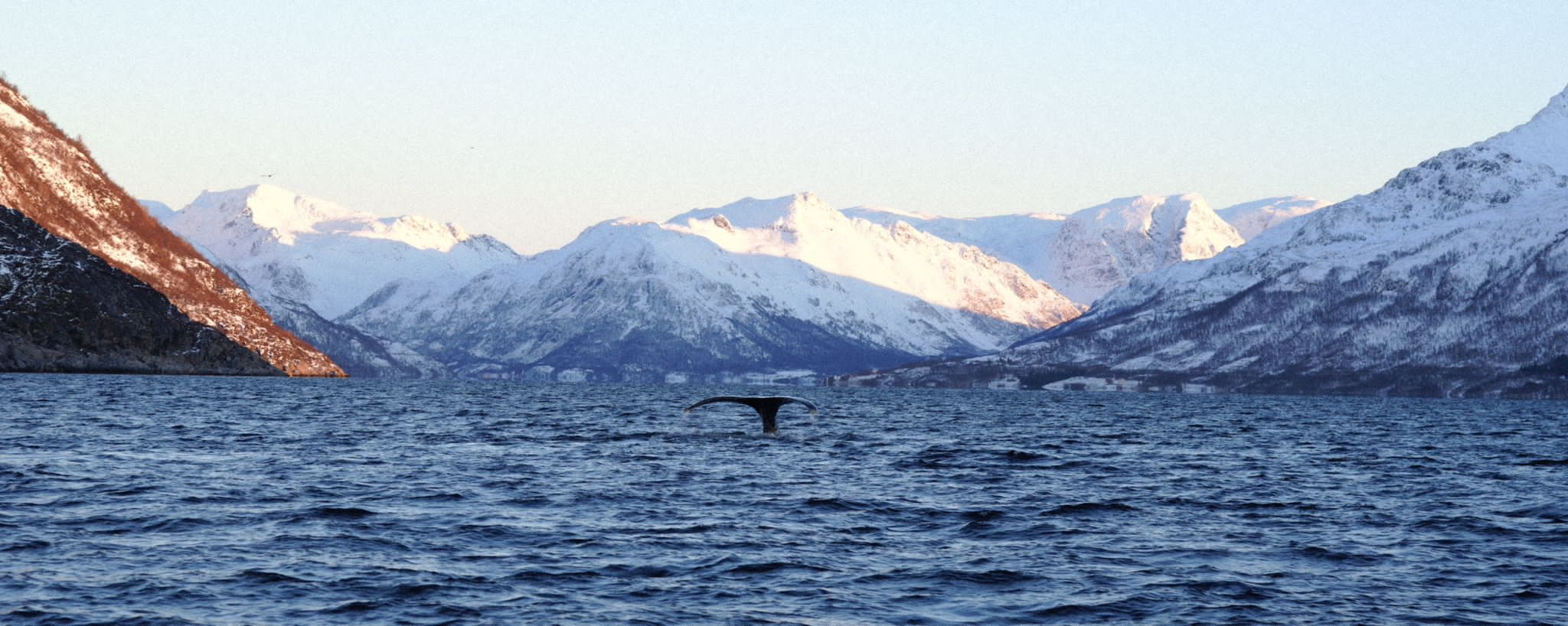
Ocean X
Ocean X, a 40-foot Viknes 1080 constructed in 2019 in Norway, is purposefully designed for diving, photo, and video expeditions, offering top-notch facilities. Registered for 12 passengers and a crew of 2, the vessel boasts a cruising speed of 22 knots, ensuring swift long-distance travel.
The boat is perfect for wildlife productions in the Arctic. It has a platform for smooth entries in and out of the water. Between the outside platform and main cabin is a heated wet area located. All divers have here space to warm themselves with hot water or enjoy a coffee or tea. Its also possible to enter the cabin and enjoy the view from there or just have some of the snacks witch are included in the price.
The boat could theoretically host about 12 people plus captain, so with just 6 guests it’s quite luxurious for this journey!
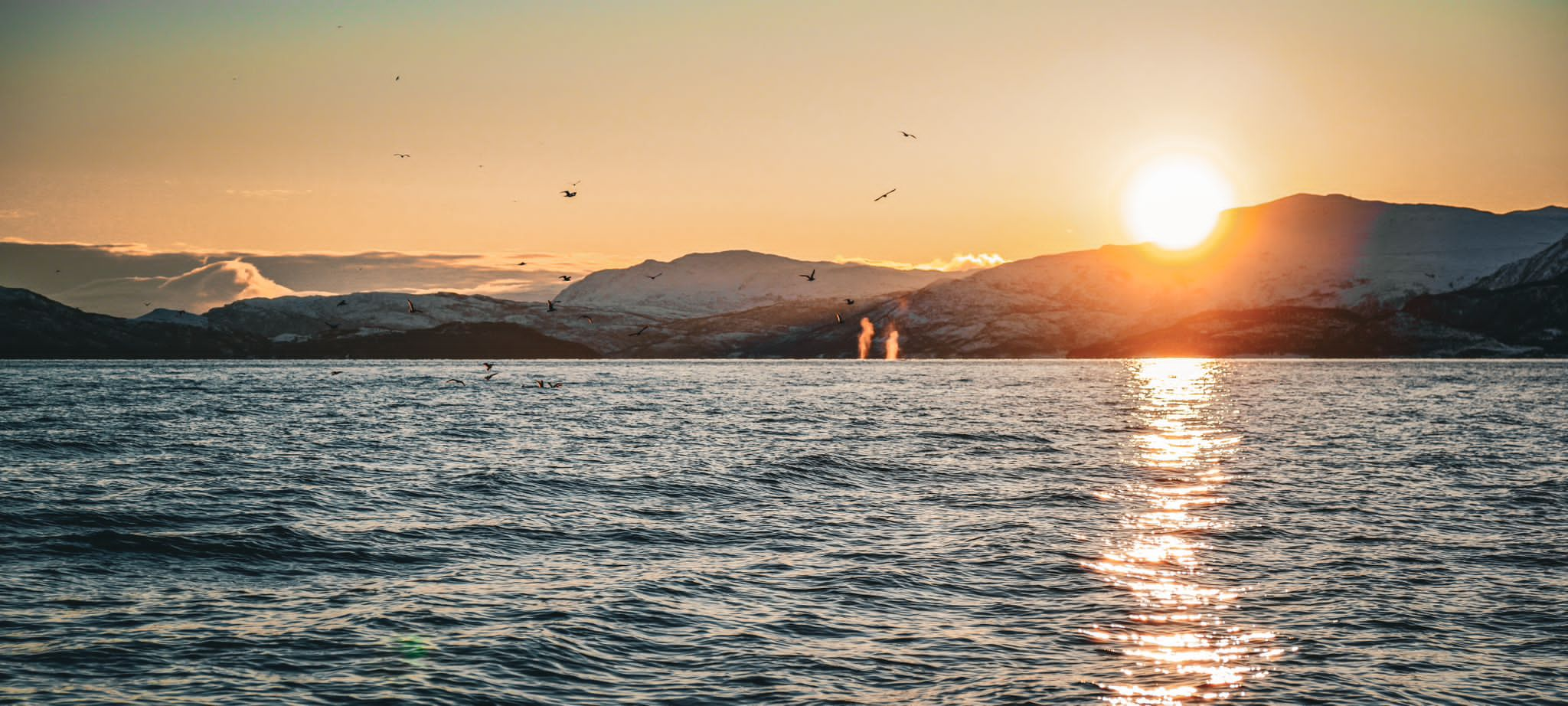
Whales of Norway
Welcome to Tromsø

6 spots left!
Top rated Vessel
Dominica Sperm Whale Delirium II
If you like the following, this trip might be for you:
Whale Delirium
The "Group of Seven", the best-studied pod of sperm whales in the world. They have roamed the coast of Dominica since 2005 and are one of the most famous pods, in particular for their tolerance to divers when being approached in a calm and considerate way. Dives take places after the whales are located by underwater listening devices!
Small Group Travel
A group of only 6 divers goes out to venture for whales. This is such a small group that it is basically the smallest group of any dive trip we have to offer to any destination! A unique chance to get that one epic eye to eye shot with a whale, undisturbed by other dive groups! Important to note that this trip is a snorkelling and free diving trip only!
Stellar Accomodation
The Fort Young Hotel is a wonderful location in downtown Roseau, overlooking the Caribbean Sea while bathing in comfort and luxury. It is the perfect place to wind down by the pool after a day of ocean and whale adventures!
Cetacean Activity
Laying embedded in the Caribbean, Dominica is surrounded by sheltered bays and deep underwater canyons. This environment provides shelter for a range of cetacean species in addition to sperm whales, such as common and bottlenose dolphins and humpback whales! Anything can happen here, you just need to be there!
Green Fertility
Formed from volcanic activity, the island's soil is incredibly fertile. Flowers and plants flourish around the island, making it a wondrous place not only for ocean lovers, but also for on land nature enthusiasts. We had a blast hiking and discovering the jungles here!
Authentic Travel
As of yet, Dominica does not have the huge touristic influx that heavily impacted other places in the Caribbean. This means that big parts of the island still have their local atmosphere. We love this authenticity and we are sure you will too!
This trip is open for everybody
Viewpoints from cultures all over the globe inspire us, that’s why we love bringing people from different backgrounds together. The more diverse, the better we feel.
What Marcel thinks
"Dominica is an absolute peach of an island: green, relaxed and full of marine life. The whale encounters are fairly spectacular: nowhere you can get up this close in such small dive groups. Regulations are also fiercely enforced animal disturbance is minimal. The local crew is also a true joy to hang out with. I would go back in a heartbeat."
- Marcel
The Unique Caribbean
The magical Caribbean in the Central America, is a truly magical place. The region is home to more than 700 islands, reefs and cays that are as spectacular as they are dreamy. White beaches, palm trees and a stunning amount of flora and fauna are found here. Added plus: doesn't need a pirate anymore to get here!
Meet your BTM Trip leader
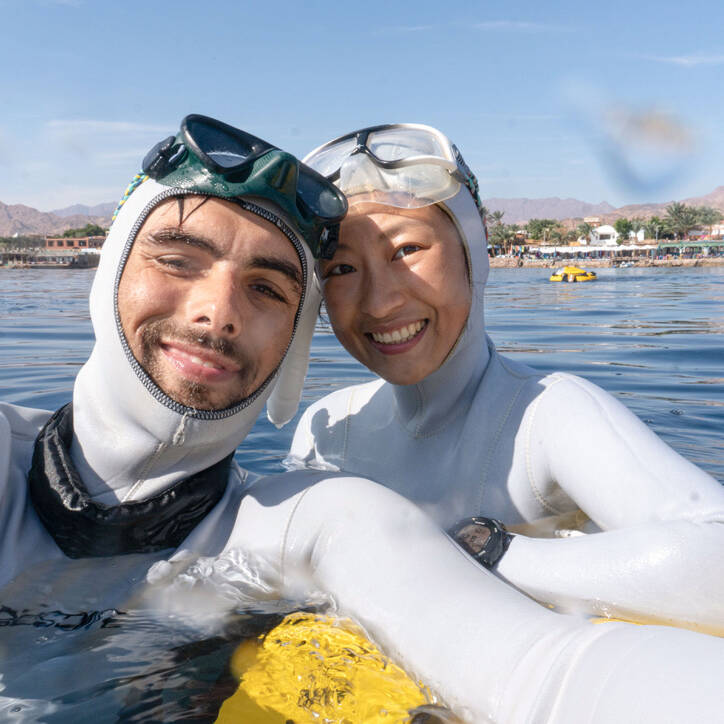
Adrian Bader
Trip leader & Freediving Instructor
Dominica Sperm Whales
November 30 - December 06, 2024
Trip price:
- per person (see details below for what is included in this price)
Included:
- 6 nights at Ft. Young Hotel, Mountain view room
- 5 days boat charter with Guide, private boat for 6 guests
- Spermwhale permit
- Tour leader Behind the Mask
Not included:
- airfare
- meals at your own expense
- alcoholic beverages
- scuba diving & other activities
Our terms & conditions apply! Images © Caspar Sparholt www.cs-photography.dk
We highly recommend DiveAssure insurance, which covers force majeure cases and single missed days of diving due to sickness.
THE PROGRAM:
6 nights and 5 days on the water.
Diving with whales is heavily limited and regulated through permits. This price includes a spermwhale permit for Dec 1 – 5.
FLIGHTS:
There is one nonstop flight per day from Miami Int. Airport (MIA) to Dominica (DOM) for the days of arrival and departure. Furthermore there is connection from Europe through London Heathrow and Barbados without any Stopover nights. We will be happy to assist with your travel to and from Dominica!
Welcome to Fort Young Hotel in Dominica, where tranquility meets comfort. Our hotel is situated in the heart of Roseau, Dominica’s capital city, offering a serene and convenient location.
Immerse yourself in the relaxing ambiance of our well-appointed rooms. Designed with your comfort in mind, each room features modern amenities and a private balcony, allowing you to unwind while enjoying views of the sea or the surrounding mountains.
Standard Rooms: Spacious and cozy rooms with modern amenities, comfortable bedding, and a private balcony offering views of the sea or mountains.
Suites: Elegant and expansive suites with separate living areas, luxurious furnishings, and upgraded amenities. Suites may also feature panoramic windows or additional balconies for enhanced views.


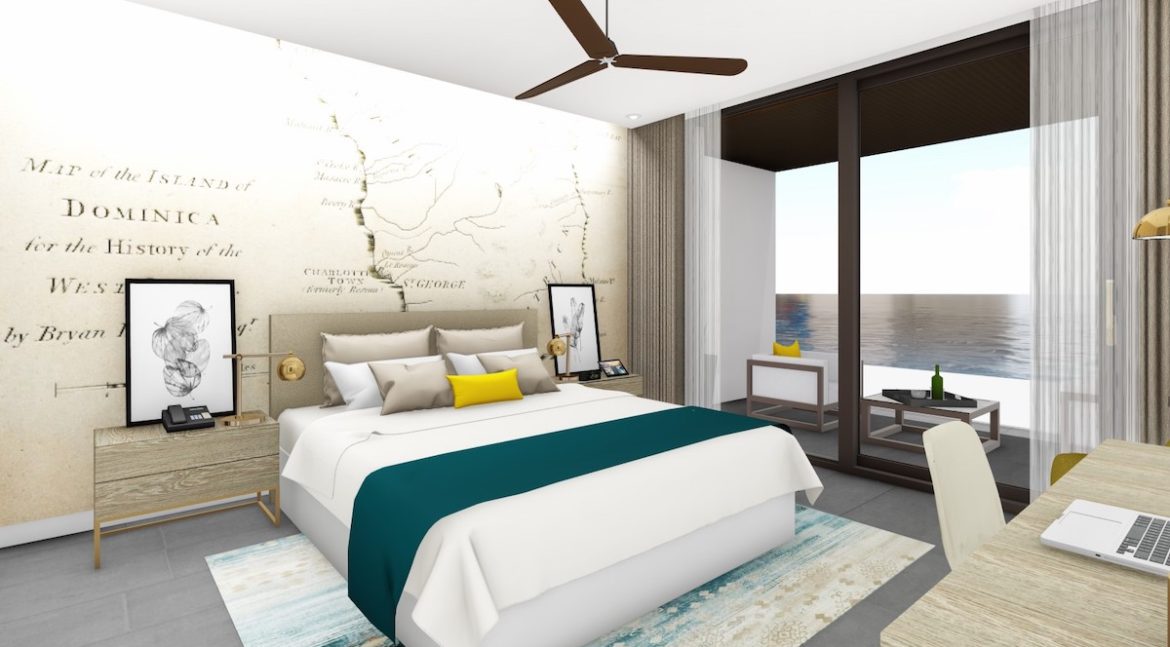
Although around 20 different whale families have been identified in Dominica, 10 families are regularly spotted since 1984. Sperm whales live up to 70 years and is believed that they encounter and interact with other whales on a regular basis, which means that they can remember each other over long periods of time.
According to scientists, these interactions are possible through a complex set of dialects of clicking sounds, often called ‘codas’. Although each unit has its own set of clicks, there does seem to be overlaps between these codas of different units. Fascinatingly, units who share similarities in sound repertoires tend to spend time together, while those with different repertoires never seem to do so.
One of the coda types frequently recognised amongst the Caribbean units is the ‘1 + 1 + 3’, which comprises of two short clicks separated by a pause, followed by three clicks in a row. For over three decades this sequence has been documented in the area.
The whale pods are located by underwater listening devices. When located, we gently approach and three people can slide into the water with the whales without disturbing their activities. Interactions can last 30 seconds or 15 minutes: that is up to the whales and how they behave. If an interaction lasts over a certain amount of minutes, the three people in the water will make way for three other guests on the boat. After that we rotate to ensure that all guests get a similar amount of time in the water with these ocean giants. In case of a short encounter, the next approach will be done by the three following guests in line.
Although there is no guarantee on the interaction time, days without any whale sightings are extremely rare. We often encounter other cetaceans in search of sperm whales and there will be lots of other marine life around to admire. As the action evolves several miles out to sea, and always in different spots, guests should be aware that this trip involves plenty of boat time searching and waiting for the right rewarding encounter. Looking out for action on the water, and swimming in order to approach the animals, will form part of this adventure.
Packed lunches, water, tea and coffee are provided on the boat. The water temperatures are around the low 20s C., so most guests are comfortable in a 3mm wetsuit.
sold out!
Unique Opportunity!
Freediving Azores Dive trip – 07/2024
Fühlst du dich angesprochen, dann komm mit uns mit!
Mobulas
Princess Alice Bank ist sicherlich der bekannteste Tauchplatz der Azoren um große Mobula Schulen zu sichten.
Blauhaie
Die Gewässer und Untiefen um die Inseln Faial und Pico sind wohl einer der besten Plätze weltweit, um mit Blauhaien zu tauchen!
Delfine & Wale
Die Azoren sind bekannt für eine unglaubliche marine Biodiversität. Ungefähr zwanzig verschiedene Delfin- und Walarten können hier beobachtet werden.
Freitauchen & Schnorcheln
Diese Reise ist für Schnorchler und Freitaucher gedacht.
Naturschutz
Der Respekt vor den Tieren und voreinander macht die Reise auf die Azoren so besonders. Die Tiere werden nicht gejagt oder zu Interaktionen gezwungen.
Kleingruppe
Die Reise wird mit maximal 8 Teilnehmern durchgeführt um ein maximales Naturerlebnis zu ermöglichen.
Die Azoren
"Die Azoren sind eine Topdestination vor unserer Haustüre. Kaum Massentourismus, authentische kleine Unterkünfte und herzliche Menschen. Das Meer dort steckt voller Überraschungen und die Schönheit der Inseln ziehen mich persönlich dort immer wieder hin. "
- Marcel, Behind the Mask-
Dein Reiseleiter vor Ort
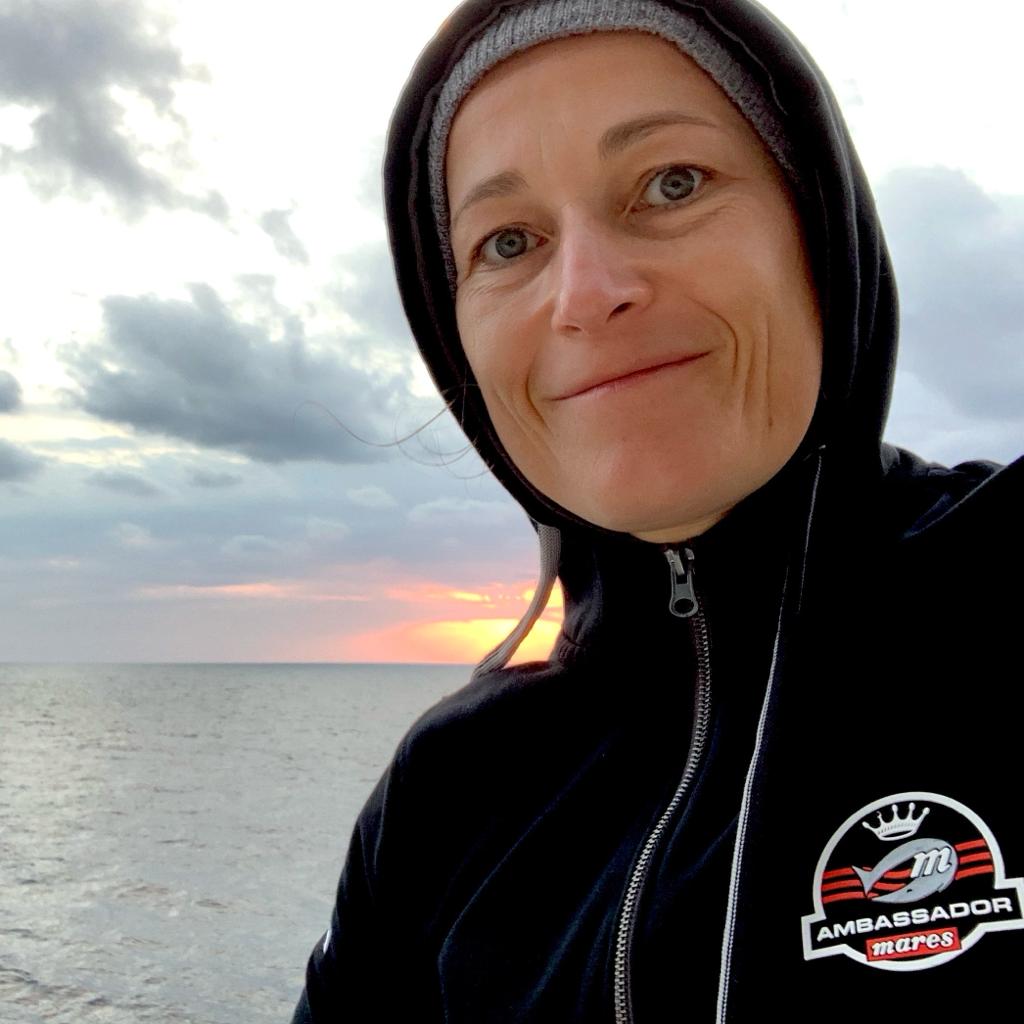
Doris Hovermann
Freitauch Instructor & Reiseleitung
Freediving Azores
Expeditionspreis:
- pro Person
Inklusive:
- 11 Nächte Unterkunft im Gästehaus nahe der Basis im Hafen im Casa da Baia (oder ähnlich) – Selbstverpflegung
- The Guest House (casadabaia.com)
- Flughafentransfers ab/an Horta (HOR) Flughafen
- 2 Tage “Blauhaie” (3-5 h Ausfahrten – entweder morgens oder ab 13 Uhr ca. je nach Wetter)
- 1 Tage Exploration Nordküste Faial (Smooth Hammerheads)
- 2 x Freediving Session an den besten Küstentauchplätzen (2 – 3 h)
- 1 Tag Princess Alice (Ganztagesausfahrt ca. 8 h) – normalerweise 2 Tauchgänge = ca. 3 h Zeit vor Ort für Freediving
- 2 Tage “Open Ocean” Ausfahrt (mit Norberto Divers inkl. whale-watching)
- Alle Ausfahrten auf privatem Boot mit Skipper & Guide
- Reiseleitung Doris Hovermann
Extra Kosten:
- Anreise nach Horta über Lissabon oder Ponta Delgada mit TAP Portugal & SATA Air Açores
- Übergepäck
- Verpflegung vor Ort
- Trinkgelder
- Reiserücktritts- und Auslandskrankenversicherung sowie Tauchversicherung
Wichtiger Hinweis: Mindestteilnehmerzahl 6 Personen um die Reise zu bestätigen und durchzuführen. Wir empfehlen dringend den Abschluss einer Reiseversicherung bei unserem Partner DiveAssure. Für Verlängerungen auf den Azoren sprich uns gerne an! Es gelten unsere AGB.
Reiseablauf 19. bis 30. Juli 2024
Die Tour startet und endet in Faial. Für Transfers vom Flughafen Horta zur Unterkunft ist gesorgt. 11 Übernachtungen und einige aufregende Tage auf dem Meer stehen auf dem Programm.
Aufgrund unvorhersehbarer Wetterbedingungen wird der tägliche Ablauf am Abend vorher mit der Basis und deinem Reiseleiter besprochen. Pläne ändern sich schnell und ein großes Maß an Flexibilität ist von Vorteil! Die inkludierten Aktivitäten werden an den Tagen mit den dafür passenden Bedingungen stattfinden und es sind genug freie Tage eingerechnet sollten die Wellen einmal nicht mitspielen. Zusätzliche Ausfahrten können auf Wunsch vor Ort organisiert werden, wenn noch freie Tage bleiben und Interesse besteht.
Casa da Baia Horta, Faial
Das lokal geführte Gästehaus mit einfachen und sauberen Zimmern liegt direkt hinter der Tauchbasis Norberto Diver. In wenigen Metern ist man auch bei “dem Treffpunkt” der Insel das Café Peter Sports wo man gemütlich Mittag und Abendessen sowie kühle Drinks bekommt.
Wissenswertes:
- Gästehaus mit 8 Zimmern, einer Gemeinschaftsküche, Wohnzimmer mit TV
- Dachterrasse mit tollem Blick über die Bucht
- Zur Selbstverpflegung, zahlreiche Cafés, Bars und Restaurants in Fußnähe
- Neu renovierte Zimmer mit privatem Badezimmer
- Freies Wifi

Die Azoren
Die autonome Region der Azoren gehört zu Portugal und ist in drei geografische Regionen geteilt. Die Inseln Santa Maria und São Miguel bilden die östliche Gruppe, Terceira, Graciosa, São Jorge, Pico und Faial die Zentralgruppe und Corvo und Flores die westliche Gruppe des Archipels. Madeira, die Kanaren und die Kap Verdischen Inseln repräsentieren zusammen mit den Azoren das Gebiet von Makaronesien (Inseln des Glücks).
Laut Legende sind die Azoren die Überreste des sagenhaften Inselkönigreichs Atlantis (Platons versunkene, phantastische Welt), und schon Mitte des 14. Jahrhunderts wurden neun Inseln mit nahezu der exakten Position der Azoren in Büchern und auf
kartografischen Karten erwähnt und dargestellt. Doch erst nach den portugiesischen Seefahrtexpeditionen Heinrich des Seefahrers wurden die Azoren endgültig in die europäischen Land- und Seekarten aufgenommen.
Es steht nicht genau fest, ob es der Seefahrer Diogo de Silves im Jahre 1427 war oder ob Gonçalo Velho Cabral 1431 den azorischen Archipel entdeckte. Auch gibt es mehrere Theorien, wie die Azoren zu ihrem Namen kamen. Die am meisten verbreitete beruht auf der Verwechslung der vorgefundenen «Milhafres» (Rotmilane/Mäusebussarde), die fälschlicherweise für
«Açores« (Habichte) gehalten wurden. Sicher ist, dass Heinrich der Seefahrer die Besiedlung der Inseln förderte. Zuerst ließ er zwischen 1431 und 1432 Tiere auf den Inseln aussetzen, und 1439 kamen die ersten Siedler. Die Besiedlung der Azoren erstreckte sich über das ganze 15. (östliche Gruppe und Zentralgruppe) und 16. Jahrhundert (westliche Gruppe). An dieser schweren
Aufgabe beteiligten sich auch Juden, Mauren, Flamen, Italiener, Engländer, Franzosen und afrikanische Sklaven. Aus ihnen ging während der Jahrhunderte ein Volk hervor, dem Vulkanausbrüche, Erdbeben, Isolation, Piratenangriffe, politische Kriege und Infektionskrankheiten nichts anhaben konnten. Der Widerstand während der spanischen Besetzung ab 1580 und die Unterstützung der Liberalen im Bürgerkrieg (1828-1834) belegen die Tapferkeit der „Azoreaner“.
Der Archipel ist natürlicher Lebensraum für verschiedene Vogelarten, wie den Rotmilan, Gelbschnabelsturmtaucher, die Seeschwalbe, Ringeltaube und Schwarzdrossel. In der «Serra da Tronqueira» auf São Miguel ist der Azorengimpel (Priolo) wegen seiner Seltenheit besonders geschützt. Das einzige endemische Säugetier der Azoren ist die azorische Fledermaus.
Für viele verschiedene Meeresvögel sind die Azoren der erste Ruheplatz nach ihrem Flug über den Atlantik. Im weiten Meer um die Azoren gibt es ungefähr zwanzig verschiedene Delfin- und Walarten, von denen manche ihren permanenten Lebensraum hier haben, andere nur vorbei ziehen. Der Fischreichtum, Kolonien von Mollusken und Krustentieren verhelfen den Gewässern um die Inseln zu einer außergewöhnlichen, vielfältigen Unterwasserwelt.
„Inmitten der Natur“ – dieser Ausdruck ist typisch für die Region der Azoren. Dank seiner einmaligen Natur bietet der Archipel einzigartige Bedingungen für den Natur-Tourismus. Die biologische Vielfalt, der geologische Reichtum, die historischen Städte und die traditionellen Ortschaften bieten optimale Bedingungen für den Tourismus.
Die Insel Faial
Nur 4,5 nautische Meilen von der Insel Pico und ungefähr 14 Meilen von São Jorge entfernt bildet Faial mit den genannten Nachbarinseln die sogenannten „Triangle Island“ der Azoren. Bekannt als die Segel-Hauptstadt der nördlichen Hemisphäre hat
die Insel mit ihrem Hafen Horta eine starke Verbindung zum Meer und bietet vielen Yachten und Seglern Schutz auf dem Weg über den Atlantik. Die unzähligen Segelboote die dort im Hafen liegen machen den Charme der Stadt aus welche im Schatten des
erloschenen Vulkans Guia Hill liegt. Kein Besuch von Horta ist komplett ohne einen Besuch der berühmtesten portugiesischen Bar – Peter’s Café Sport. Mit Blick über die Marina und auf den Vulkan Pico geben die vielen Flaggen und Überbleibsel von Seglern im inneren des Restaurants einen Einblick in die Geschichte der Stadt. Der Flair der Bar ist einzigartig und sie ist der Treffpunkt der Insel für Einheimische und Touristen.
Die letzte große Eruption des Vulkans Capelinhos ereignete sich auf Faial (1957/58). Die Landschaft die durch diesen Vulkanausbruch auf der Westseite der Insel geformt wurde ist immer einen Ausflug wert. Im „Capelinhos Volcano Interpretation Centre“ kann man sich über das Ausmaß der Zerstörung dieser Naturkatastrophe informieren.
Für Taucher ist einer der Hauptgründe für eine Reise nach Faial die Möglichkeit mit Blauhaien zu Tauchen oder Schnorcheln. Hier ist einer der wenigen Orte der Welt, wo man mit sehr hoher Wahrscheinlich diese Jäger zu Gesicht bekommt – wenn auch meist geködert. Auch auf den anderen Inseln gibt es die Tiere allerdings sind die besten Tauchplätze dafür nahe den Inseln Faial und Pico. Die Condor Bank oder andere Erhebungen (Plateaus unter Wasser) eignen sich dafür die Tiere an die Oberfläche zu locken. Mit Glück tauchen auch immer wieder mal Mako Haie auf – verschwinden aber oft auch direkt schnell wieder.
3 places left!
Top rated operator
French Polynesia Aquatiki III Dive trip – 03/2024
Fühlst du dich angesprochen, dann komm mit uns mit!
Nord- und Südkanal
Diese beiden Kanäle gehören zu den spektakulärsten Tauchplätzen in Fakarava. Mit ihren oft starken Strömungen bieten sie das ganze Jahr über aufregende Tauchgänge und gehören zu den Höhepunkten einer jeden Reise zu den Tuamotus.
Kanäle
Kanäle befinden sich in den Atollen zwischen Lagunen und Inseln, wo anspruchsvolle Strömungstauchgänge möglich sind. An den Eingängen zu den Kanälen kannst du bei einlaufender Strömung mit Großfischen tauchen.
Großfisch
Im offenen Ozean trifft man auf eine Fülle von Großfischen wie Mantas und Adlerrochen, Haie verschiedener Arten und Größen, Stachelrochen, Thunfische, Delfine und sogar Schwertfische.
Wall of Sharks
An der "Wall of Sharks" geht es meist zu wie auf der Autobahn zur Rushhour, wenn hunderte oder mehr Grauhaie auf dem Corso an der Südwand patrouillieren!
Kleingruppe
Die Reise wird mit maximal 10 Teilnehmern durchgeführt, um ein maximales Naturerlebnis zu ermöglichen.
Französisch Polynesien
Französisch-Polynesien besteht aus einer Ansammlung von kleineren Inseln, Atollen und Archipelen im südlichen Pazifik. Die bekannteste und bevölkerungsreichste Insel ist Tahiti.
Französisch Polynesien
"Seit ich 1999 zum ersten Mal Französisch-Polynesien besuchte, habe ich mich in die Insel Tahiti verliebt. Dort taucht man nicht, um Nacktschnecken zu beobachten. Man taucht in kristallklarem Wasser mit großen Fischen, abseits der Norm und des Massentourismus."
- Peter Löseke, Filmemacher -
Treffe deinen BTM-Reiseleiter

Peter Löseke
Filmemacher & Reiseleiter
Best of Tuamotus with Behind the Mask
11. - 26. März 2024
Reisepreis:
- pro Person
Inklusive:
- 15 Nächte Tauchkreuzfahrt ab / bis Fakarava
- Flughafentransfer ab/an Flughafen Fakarava oder Hotel/Gästehaus
- Vollpension inkl. Wasser
- 2 Tauchgänge pro Tag inkl. Flasche, Blei, Guide und Nitrox
Extrakosten:
- Anreise nach Tahiti bzw. Ins Tuamotu Atoll
- Tauch- und Reiseversicherung
- Eventuelles Vorprogramm oder Stopover-Übernachtungen
- Leihausrüstung
- Lokale Steuern ca. 1 € / Tag
- VIP Kabine Doppelbett, Meerblick 600 € pro Person / Trip
- Trinkgelder an Bord
Die genaue Route ist flexibel und die Termine können sich aufgrund von Inlandsflügen um 1-2 Tage nach vorne oder hinten verschieben. Das Routing an sich bleibt generell offen. Es werden die besten Tauchspots der Tuamotus angefahren je nach Wetterbedingungen.
Wichtig: min. 4 Buchungen, um diese Gruppe zu bestätigen und durchzuführen. Wir empfehlen dringend den Abschluss einer Reiseversicherung bei unserem Partner DiveAssure. Für Verlängerungen in Französisch-Polynesien sprich uns gerne an!
Es gelten unsere AGB!
Reiseablauf
Start/Ende Fakarava – Das Beste der Tuamotus
Die Tauchsafari beginnt und endet in Fakarava, eine Flugstunde von Tahiti entfernt.
Die 15 Nächte Reise umfasst die besten Tauchplätze des Tuamoto-Archipels. Fakarava ist eines der berühmtesten Tauchgebiete in Französisch-Polynesien, da es wahrscheinlich die reichsten und spektakulärsten Unterwasserlandschaften bietet.
Je nach Wetter und Bedingungen kannst du 13 Tauchtage mit bis zu maximal 2 Tauchgängen täglich erwarten.
Tauchsafaris auf der Aqua Tiki III sind keine “Hardcore”-Tauchsafaris, sondern vielmehr eine sehr gelungene Symbiose aus entspannendem Tauchen und Inselerlebnissen. Du erkundest die besten Tauchplätze, Kanäle, Riffe und Lagunen entlang der Route durch die Atolle Fakarava, Tetamanu, Kauehi und Toau.
Für diejenigen, die kein Anschlussprogramm geplant haben, endet die Reise auf der Aquatiki III am 26. März. Alternativ kann man auch länger in Französisch-Polynesien bleiben, z.B. auf den Tuamotus, Tahiti oder auch auf Moorea oder Bora-Bora. Wir beraten dich gerne unverbindlich über die Möglichkeiten, die individuell auf deine Wunschtage abgestimmt werden können.
Aquatiki III
Die Aquatiki III ist ein Katamaran der Marke Fountaine Pajot, gebaut in La Rochelle, Frankreich.
Der Komfort an Bord ist eines Hotels würdig: ein großer, sehr komfortabler Bereich mit Videoecke, Lounge-Bibliothek und Cocktailbar. Eine amerikanische Küche, ein großes Deck das durch ein Vordach vor der Sonne geschützt ist, wo die Mahlzeiten serviert werden, ein großes Sonnendeck, ein vorderer Salon und 2 Trampoline, die im Allgemeinen sehr begehrt sind, sowie eine Grillplattform.
Der Katamaran ist 20 m lang und 9,8 m breit und verfügt über 5 Kabinen für insgesamt 10 Gäste: 2 Kabinen mit Doppel- oder Einzelbetten, 1 Kabine mit Etagenbetten für 2 Personen und 2 VIP-Doppelkabinen mit TV/Hifi/DVD-Anlage. Sie verfügen alle über eine individuell regulierbare Klimaanlage, ein Soundsystem und ein eigenes Bad mit Toilette.
Der Antrieb wird durch 230 m² Segel und 2 Motoren mit 150 PS gewährleistet, mit einem mehr als 1000 Liter großen Kraftstofftank.
Ein leistungsstarker Generator und ein Wechselrichter sorgen für die elektrische Versorgung, die kontinuierlich 220 V liefert, mit individuellen 220 V Steckdosen in jeder Kabine 24/7.
Die Aquatiki ist autonom im Süßwasser: mehr als 800 Liter Reserve, mit 2 Entsalzungsanlagen von 190 Litern / Stunde.
Der Katamaran ist mit den modernsten Navigationsgeräten und den neuesten technischen Entwicklungen ausgestattet, um maximale Sicherheit zu bieten: Autopilot, GPS, BLU, VHF, Computer-Navigationszentrum, Radar, Standard-C-Wetter, Notsignal von Sarsat.
Der Katamaran ist auch mit allen Annehmlichkeiten ausgestattet wie eine Hi-Fi-Anlage mit Soundsystem in jeder Kabine, Fernseher, Videorecorder und DVD mit Videothek. Eine Bibliothek, in der du unter anderem Dokumentationen über die Unterwasserfauna, Polynesien, die Schifffahrt usw. findest, sowie zahlreiche Spiele, um die Abende zu gestalten.
Ein Telefon, WIFI und ein Fax per Satellit ermöglichen es, unter allen Umständen und sogar am anderen Ende der Welt in Verbindung zu bleiben!
Französisch Polynesien
Französisch-Polynesien liegt 18.000 km von Frankreich entfernt und besteht aus etwa 118 Inseln vulkanischen oder korallenartigen Ursprungs, die eine Fläche von etwa 4.200 km² bedecken. Diese Inseln liegen verstreut in einer Region, die so groß ist wie Europa.
Das Klima ist tropisch, warm und feucht, wird aber durch Passatwinde gemildert. Es gibt zwei Jahreszeiten: eine heiße und feuchte Saison (27 bis 35 ° C) von Dezember bis Februar und eine kühlere Saison (21 bis 27 ° C) von März bis November.
Das Gebiet, das den Status eines Übersee-Territoriums hat, besteht aus 5 Inselgruppen, die jeweils völlig unterschiedliche Landschaften bieten:
- Im Westen gehören die Inseln Tahiti (die größte der polynesischen Inseln, mit Papeete als Verwaltungshauptstadt und Moorea) und die Inseln Raiatea, Tahaa, Huahine, Bora-Bora, Maupiti dazu. Dies sind gebirgige Inseln, die von einem Korallenriff und einer Lagune umgeben sind, die die Küste säumen. Es ist die größte und am dichtesten besiedelte Region dieses Gebiets.
- Der 300 km nordöstlich von Tahiti gelegene Tuamotu-Archipel besteht ausschließlich aus flach liegenden Koralleninseln, den so genannten Atollen, sowie aus ausgedehnten Sandbänken, die mit Kokospalmen bewachsen sind und die eine türkisfarbene Lagune im Inneren abgrenzen.
- Der Australes-Archipel (Tubuai, Rurutu), ganz im Süden gelegen, besteht aus 7 gebirgigen Inseln, die von einer Lagune und einem Riff umgeben werden. Das flache Gelände und subtropische Klima eignen sich gut für den Gemüseanbau. Von Juli bis Oktober ist im Australes-Archipel der Treffpunkt für Wale.
- Der Gambier-Archipel (Mangareva) im äußersten Osten des Landes, etwa 1.600 km von Tahiti entfernt, besteht aus vulkanischen Gesteinen. Es sind Überreste eines Vulkans, der von einem Saumriff umgeben ist, aus dem sich dutzende Inseln erheben.
- Der 1.500 km von Tahiti entfernte Marquesas-Archipel (Nuku Hiva, Hiva Oa) liegt in der Nähe des Äquators und besteht aus einer Gruppe Vulkaninseln, die weder eine Lagune noch ein Korallenriff besitzen. Die meisten Inseln sind von kleinen Nebeninseln oder Rifffelsen umgeben. Die Marquesas, genannt Enua Enata (übersetz „Die Erde der Männer“), bieten nur wenige Strände, dafür aber grandiose Landschaften, überwiegend gebirgig, stark zerklüftet mit tief eingeschnittenen Tälern, deren Flüsse sich manchmal mit spektakulären Wasserfällen ins Meer ergießen.
Tuamotu-Archipel
Der Tuamotu-Archipel, der etwa 300 km nordöstlich von Tahiti liegt, besteht aus 76 Atollen, von denen kaum die Hälfte bewohnt ist. Bei diesen so genannten flachen Inseln handelt es sich um Krater, die unter dem Einfluss der Erosion verschwunden sind und deren von Korallen besiedelte Ränder nur noch aus weißem Sand bestehen, der mit Muscheln übersät und mit Kokospalmen bepflanzt ist, die die Polynesier “Motu” nennen.
Das Klima auf Tuamotu unterscheidet sich von dem der höher gelegenen Inseln von Tahiti und den Inseln im Windschatten. Die warme und feuchte Jahreszeit von Dezember bis Februar ist hier viel gemäßigter, mit einem erfrischenden Passatwind und geringeren Niederschlägen (meist in der Nacht), was zu Schwierigkeiten bei der Frischwasserversorgung führt.
Auf den Tuamotu ist die Landschaft völlig unberührt, weit weg von jeglichem städtischen Trubel. Das Leben auf diesen Atollen ist einfach und ruhig. Die Aktivitäten der Einheimischen, der Paumotus, beschränken sich auf getrocknete Kokosnuss, Fischfang und seit einigen Jahren auf die Zucht von Perlmutt Durch Veredelung entsteht die berühmte schwarze Perle, eine endemische Tuamotu-Art. Die Lagune im Landesinneren ist ein geschützter Ort, ideal für die Einrichtung von Perlenfarmen und Fischparks.
Jedes Atoll bietet Landschaften von wilder Schönheit. Vom Himmel aus gesehen erscheinen sie wie weiße Ringe auf dem tiefblauen Pazifik. Die Motus sind mit Kokospalmen bewachsen, die von schönen Stränden umgeben sind, und werden durch kleine Kanäle voneinander getrennt. Das Wasser der Lagunen färbt sich von Zartgrün zu Türkisblau und geht in Violett über.
Rangiroa war das bekannteste Paumotu-Atoll, vor allem wegen seiner Tauchplätze. Aber nicht weit von Rangiroa entfernt liegt Fakarava. Fakarava hat den größten Pass Polynesiens und ist von Atollen umgeben, die die schönsten Tauchplätze Polynesiens bieten.
Tauchen in Französisch-Polynesien
Fakarava-Touren sind Tauchausflüge auf hohem Niveau, die auch die anspruchsvollsten Taucher zufriedenstellen werden.
Die Leitung erfolgt durch einen Tauchlehrer, der die Taucher begleitet, und einer Person an der Oberfläche, die den Tauchgang ständig überwacht. Die Tauchgänge werden in den Kanälen durchgeführt, wobei die Strömungen oft sehr stark sein können!
Je nach Wetterbedingungen und Strömungen werden täglich 2 Tauchgänge angeboten, außer am An- und Abreisetag.
Die Wassertemperatur schwankt wenig: von 25 ° C im Winter (September) bis 29 ° C im Sommer (März), ohne Sprungschicht. Die Sichtweiten in diesen kristallklaren Gewässern sind immer ausgezeichnet.
Nachttauchgänge sind nicht geplant (bitte vor Ort erfragen).

4 spaces left!
Top rated operator
Galapagos Worldclass Diving – 08/2024
If you like the following, this trip might be for you:
Whalesharks
Galapagos in whale shark season is know to have the best chance of seeing huge adults sometimes pregnant around the islands of Wolf and Darwin.
Extended trip lenght
Besides the usual 7 night itineraries we have 10 nights to explorer the islands and get more diving days. 4 days at legendary islands of Wolf & Darwin.
Marine biodiversity
An astounding marine life diversity are just some of the riveting attractions of Galapagos liveaboard diving – a destination many divers feel is “the best in the world”.
Endemic species
The Islands retain a staggering 95% of their endemic species, a feat unparalleled on any other archipelago in the world.
Luxury Liveaboard
Enjoy 10 days on this upper class diving liveaboard around the Galapagos Islands.
Big fish
Schooling Hammerheads, giant whale sharks, rays of all shapes and colors, turtles, huge schools of fish, galapagos fur seals. Just to name a few animals you can expect.
This trip is open for everybody
Viewpoints from cultures all over the globe inspire us, that’s why we love bringing people from different backgrounds together. The more diverse, the better we feel.
Magical Galapagos
Gently swept by the waters of three major oceanic currents, the Galapagos Islands provide a stunning range of extraordinary diving encounters for live-aboard divers.
- DivEncounters & MV Galapagos Sky -
Best overall experience
Galapagos is a truly magical place. Besides the "normal madness" we know from the Pacific like schooling sharks and big animals you have some special species there also under water like the marine iguanas and penguins. I don't know any place where you can see so many different animlas above & below the surface.
- Marcel, Tripleader/Travelbutler -
Meet your BTM Trip leader

Marcel Wilpernig
Travel Butler
M/V Galapags Sky
Aug 22 - Sep 1, 2024
Trip price:
- per person (see details below for what is included in this price)
Included:
- 10 nights cabin accommodation 10 nights in a shared twin cabin
- all meals, snacks, all beverages including an open bar policy (beer, wine, spirits and liquor)
- one 80 cu ft/12 liter tank, weights, weight belt, Nitrox for free
- up to 4 dives per day
- 3 land excursions, service of Dive Guides 8:1
- transfers from local airports (please use certain domestic flights requested by the boat)
- all other Galapagos Sky services and amenities.
Not included:
- Trip Interruption or Cancellation Insurance
- Dive Accident Insurance (DAN or DiveAssure)
- International Airfare to Ecuador (Quito UIO or Guayaquil GYE)
- Hotel stay in Ecuador (Quito UIO or Guayaquil GYE)
- Domestic Airfare to the Galapagos Islands (Quito UIO or Guayaquil GYE to San Cristobal SCY)
- Galapagos National Park entrance fee $100 USD
- Transit card (TCT) $20 USD
- Hyperbaric chamber fee $35 USD (must be collected in advance)
- Rental gear
- Gratuities to guides and crew.
- Surcharge for Mastercabin 400 USD per person
Important: We highly recommend DiveAssure insurance which also covers force majeure and single missed days of diving due to sickness. Feel free to ask us about it. Further extensions in Ecuador or South America are always possible and we’re happy to assist! Our terms & conditions apply!
© Images & Text by Galapagos Sky / DiveEncounters
August 22 – Sep 1, 2024
Your domestic flight should arrive on August 21st 2024 from Quito or Guayaquil in Baltra (GPS). We will be picked-up by the crew and transfered to the vessel. Check dive in the afternoon around the are of Baltra. First dinner together on the boat. Up to 4 dive per day will follow the next 8 and a half diving days around the islands of Galapagos Marine Park. Please find below an itinerary which is always subject to change to due marine park or captain’s decisions.
On September 1st 2024 after breakfast we will be transfered by the crew to San Cristobal Airport for our flight back to Ecuador mainland. If you plan to stay on the islands we’re happy to put something together for you. Also Ecuador is a fantastic country to discover.
Daily Itinerary
Day 1 Check out dive Baltra
Day 2 Bartolomé/Cousins
Day 3 Wolf
Day 4 Darwin
Day 5 Darwin/Wolf
Day 6 Wolf or Darwin
Day 7 Wolf or Darwin
Day 8 Cabo Douglas/Vicente Roca
Day 9 Cabo Marshall/Roca Blanca
Day 10 Pinzon/Pto. Ayora.
Day 11 Departure from San Cristobal SCY
Cruise Highlights
- 4 Days diving Wolf and Darwin Islands
- 9 Days diving on a 10 nights cruise
- Naturalist dive instructor and dive master
- Ecuadorian and international cuisine
- Main salon with audio/video entertainment center
- Dive platforms with fresh water showers
- Dive equipment and camera rentals
- Ample space for personal gear storage
- Free Nitrox
- Beverages including wine and beer with dinner
- Up to four dives daily (1 night dive in addition) plus land excursions in Galapagos
- Dive Deck assistance and Dive Deck outdoor hot showers
- Fresh hot towels after every dive
- Cabin amenities including terrycloth bathrobes in your cabin, biodegradable shampoo, conditioner, and soap, and nightly Turn Down service
- Morning beverage service
- Dress is casual – but dining service is “fine” plated
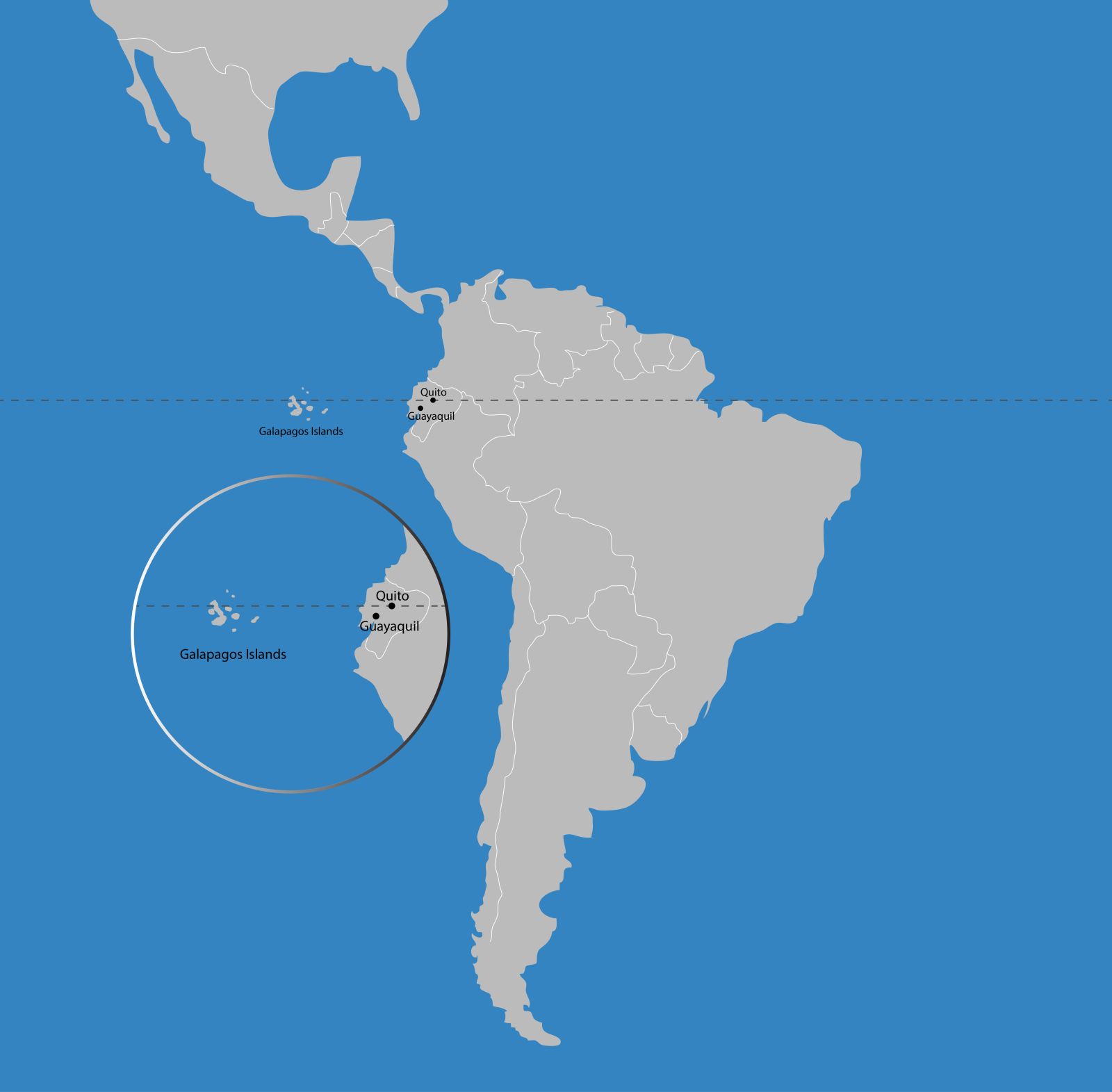
Our Yacht – M/V Galapagos Sky
The luxury live-aboard M/V Galapagos Sky is a 100 ft. (33m) state-of-the-art live-aboard diving yacht exploring the fabled waters of the Galapagos Islands. Designed by Peter A. Hughes and current owner Santiago Dunn in the year 2000, and launched in 2001 – this luxury live-aboard hosts 16 passengers in 8 well appointed cabins. We operate year round (schedule).
Built to exceed any/all international safety standards, M/V Galapagos Sky (specifications) is not only your live-aboard dive platform to the undersea wonders of Galapagos – but also has the crew, chefs, and amenities for you to enjoy five-star service during your entire trip.
Accommodations include eight private en-suite cabins with two twin or one king size bed options. Each cabin features a private head/shower, mirrored cabinet and wardrobe, bathrobes, hairdryer, and marine safe (biodegradable) toiletries.
The elegant M/V Galapagos Sky is fully air conditioned and features a spacious lounge area and separate fine dining area. Two dive masters and up to four dives a day ensure that your voyage will have ample underwater time to discover the magic of Galapagos diving.
M/V Galapagos Sky specifications:
L.O.A.: 100 feet
Beam: 24 feet
Cruising Speed: 12 knots
Range: 2,400 miles
Fuel Capacity: 8,000 gallons
Water Capacity: 6,000 gallons
Desalinator Production: 4,500 gallons per day
Compressors: two high / two low pressure
Voltage: 110 and 220 volts
Navigational Aids: VHF and HI-SUB radios, GMDSS, color radar, echo sounder, Furuno GPS
Safety Aides: EPIRB (emergency position indicator radio beacon)
Galapagos Marine Park
Gently swept by the waters of three major oceanic currents, the Galapagos Islands provide a stunning range of extraordinary diving encounters for live-aboard divers.
Schooling Hammerheads, giant whale sharks, rays of all shapes and colors, turtles, huge schools of fish, galapagos fur seals, and astounding marine life diversity are just some of the riveting attractions of Galapagos liveaboard diving – a destination many divers feel is “the best in the world”.
The Galapagos Islands are a National Park and Marine Sanctuary. Over 90 percent of the land and all of the waters are protected. You’ll be visiting a part of the world which has changed little since the time of Charles Darwin. It’s unique location at the confluence of three major currents make it one of the busiest, fishiest, and magical underwater places on earth. Discover the magic of Galapagos Diving on your next live-aboard cruise with us on board the Galapagos Sky – see for yourself why many divers feel Galapagos is truly “the best diving” in the world.
Whale Shark Season: June – November
While you may see whale sharks during any cruise on M/V Galapagos Sky, the number of encounters goes up dramatically during June and November of every year.
Whale sharks (Rhincodon typus) are the largest fish in the sea, and large adults may reach 40 ft. (12.2 m) in length, and mature adults are typically 30+ ft (10 m) in length. They may weigh 40,000 lbs or more. Only a few of the great whales (mammals) are larger.
There’s really nothing like the thrill of finding and seeing a whale shark in their natural habitat. Their size alone delivers an unforgettable impression. They are also often accompanied by a host of other sea denizens: remoras, cleaner fish, tuna, mackerel… Large whale sharks bring a mini-ecosystem along for the ride.
The Galapagos Islands are located at the confluence of three great oceanic currents: the cold South Equatorial Current (source is the Humboldt Current), the warm Panama Current, and the cold, deep Cromwell Current. Every June, the tradewinds freshen and the South Equatorial Current lowers land and water temperatures, providing a perfect environment for whale sharks.
Whale sharks are filter feeders, extracting plankton from the water, and often small fish as well. They are migratory, and travel the oceans in regular routes to feed. The islands of the Galapagos provide numerous areas of natural upwelling during Whale Shark season – and the plankton love this. And Whale Sharks love plankton!
Our underwater guides are the best sources for finding whale sharks. They know how to watch the wind, current, and water temperature to determine the best spots to find the whale sharks. While this is often at an underwater point facing the upwelling (but sometimes not the current – the upwelling and current may be different) it is often not real close to the reef.
© Galapaogs Sky

On request!
Top rated Liveaboard
Malpelo I Ferox Dive Trip – 09/2024
If you like the following, this trip might be for you:
Hammerheads
Schooling Hammerheads all year round is one of the reasons you should dive Malpelo!
Safe steel vessel
Ferox, a muscular 32-meter ice-classed vessel was refitted in 2018 and is now home-away-from home for 12 guests on a Malpelo diving experience of a lifetime!
Marine biodiversity
An astounding marine life diversity is expecting you there. All kind of sharks, big school of jacks, snappers and groupers as well as eagle rays.
Whalesharks
From July to September chances are good for a whale shark encounter at Malpelo.
Small group travel
A small group with a maximum of 12 divers and the best about this Liveaboard is 8 single cabins with no surcharge!
Colombia
Discover Colombia, an underestimated tourist destination in south america. Take some time before or after to explore the beauty and nature of this country.
This trip is open for everybody
Viewpoints from cultures all over the globe inspire us, that’s why we love bringing people from different backgrounds together. The more diverse, the better we feel.
Mystical Malpelo
Simply stated, this is a WOW destination. "Electrifying" is as close as I come to finding a word describing my feeling about diving here. My heart pounds as if it's likely to jump out of mchest as I'm surrounded by the madcap parade of enormous sharks. When conditions are right, you can see more sharks amassed together here than in any other place on the planet"
- Dominick Macan, Dive Travel Specialist-
Pacific Big 4
Socorro, Cocos Island, Malpelo and the Galapagos Islands. The 4 big animal dive destinations in the Pacific Ocean. Malpelo is on my list ever since. Looking forward to experience this with you!
- Marcel, Tripleader/Travelbutler -
Meet your BTM Trip leader

Peter Löseke
Filmmaker & Tour Leader
Ferox Liveaboard
Sep 05 - 14, 2024
Trip price:
- per person (see details below for what is included in this price)
Included:
- full board, snacks, soft drinks and Colombian coffee
- accommodation in single or double cabin with private bath/WC or wet cell depending on cabin type
- transfer from InterConti Cali to Buenaventura and back
- Diving incl. tank, weights, guides and Nitrox
- up to 3 dives per day
- GPS safety system and SMB buoys for all divers
Surcharges:
- Surcharge double cabin 200 € per person (larger cabin + bathroom)
- Surcharge premium single cabins (120 cm bed) 200 € per person
Not included:
- Trip Interruption or Cancellation Insurance
- Dive Accident Insurance (DAN or DiveAssure)
- International flights to Colombia (Cali Int. Airport CLO)
- National park fee 30 USD per diving day
- Rental gear
- Alcoholic beverages
- Satellite phone usage 5 USD per minute (no internet on board)
- Tips for guides and crew
- On board only cash COP/EUR/USD for the above mentioned extra costs
- Pre and post program or minimum one night before and after the safari in Cali
Requirements:
- Advanced Open Water
- Min. 50 dives experience
- Nitrox Certification
Important: We highly recommend DiveAssure insurance which also covers force majeure and single missed days of diving due to sickness. Feel free to ask us about it. Further extensions in Ecuador or South America are always possible and we’re happy to assist! Our terms & conditions apply!
© Images & Text Peter Löseke, Marcel Wilpernig, Colombian Dive Adventures
September 05 – 14, 2024
September 04, 2024
Arrival in Cali, Colombia. Stop overnight in Cali before we start our dive cruise. Longer stays in Colombia on your own or organized by us are possible.
05 to 14 September 2024
A common transfer around noon brings us to Buenaventura for boarding the Ferox. In the evening we will leave the harbour and spend the next day at sea. Up to 3 dives per day will follow the next 6 diving days. (September 07 – 12)
The final itinerary choices are, of course, always dependent upon weather, sea conditions and where the best animal sightings are at any particular time of year
Diving in Malpelo is for advanced divers. The strong and quickly changing currents demand experience to react to them. In some places like the Gringa and David, located on the south side of the island, you’ll do direct descents to 30 meters and it’s not uncommon that due to strong winds and rough seas only one side can be dived on the island. That having been said, there’s little in the world more exciting and rewarding for a diver than a good trip to Malpelo.
September 14th
After breakfast on board back in the harbour of Buenaventura we head back to Cali. Another stop overnight is recommended. We will be happy to assist you in arranging the entire trip.
Our Liveaboard – Ferox
Ferox, a muscular 32-meter (105-foot) ice-classed vessel was refitted in 2018 and is now home-away-from home for 12 guests on a Malpelo diving experience of a lifetime!
CABIN TYPES:
- 2 lower deck DOUBLE cabins: double bed (160 cm), en-suite, TV & portholes
- 2 main deck SINGLE cabins: single bed (80 cm), en-suite & porthole
- 4 lower deck SINGLE cabins: single beds (80 cm), en-suite & port hole
- 2 lower deck SINGLE cabins: larger single bed (120cm), en-suite & port hole
All cabins have air conditioning, a private bathroom & adequate storage facilities.
Ferox impresses with her solid steel hull, all new machinery & electronics and extensive list of safety equipment (including three 6-meter, self righting, Fast Rescue Boats that were operated in the rough conditions of the North Sea). This vessel is built to withstand the challenging seas in the waters around Colombia & Malpelo.
The common areas onboard offer plenty of space for 12 divers. You can dine and lounge on the large shaded deck or catch some rays on the sundeck. The experienced and fully trained crew are available for your 24 hour service onboard.
Ferox offers easy access to the water, a camera table with a rinse tank, low-pressure air hoses and storage as well as two showers. Diver safety has not been compromised as Malpelo has strong currents, all divers are equipped with a PLB ‘Personal Locator Beacon and are given instructions in their use.
Reminder: this is adventure diving, not a luxury liveaboard. If you’re looking for hot-tubs and champagne, we have other options for you …. but not at Malpelo.
Ferox specifications:
L.O.A.: 31,20 meters
Beam: 7,42 meters
Propulsion: DIESEL
Main engines: 2x SCANIA DS11 57M22U 230 Kw / 308 HP @ 1800 rpm
Bow thruster: 1x 82Kw / 110 HP @ 940 rpm
Rated for ice
Compressors: 1 Air compressor Nuvair 26 and 1 NITROX generator Nuvair LP420
Navigational Aids: X-Band Radar, Electronic Chart Plotter, Depthsounder, A.I.S., Windsensor, Speed Log, 3 GPS, Magnetic and GPS Compass, Pitch/Roll Indicator, Rudder Angle Indicator
Safety Aides: EPIRB (emergency position indicator radio beacon), S.A.R.T. (Search and Rescue Transponder), S.C.B.A. (Self Contained Breathing Apparatus), Fixed fire fighting system for Engine Space (Inergen Gas), E.E.B.D.s (Emergency Escape Breathing Device ), 42 Personal Flotation Devices, 2 Portable oxygen, A.E.D. (Automated External Defibrillator), 2 Trauma kits, 15 Portable Fire Extinguishers, 7 Lifebuoys, 3 Fire-fighting suits, 2 Line-throwing apparatus, 1 Complete set of pyrotechnics (Rocket Flares, Smoke, Handheld Flares), 19 Smoke detectors, Fire blanket, 14 Alarm bells
Malpelo Island
WILD, SPECTACULAR, INTOXICATING & CRAWLING WITH SHARKS ….. THAT’S MALPELO ISLAND !
Malpelo is considered one of the best shark diving destinations on the planet. This is a wild & spectacular marine environment, renowned for its abundance and quantity of schooling shark and big marine animal encounters. The island itself, is forbidding … standing strong against the formidable elements in the eastern Pacific. When Malpelo diving is at its best, only Cocos & Galapagos can roughly compare with the numbers of sharks and big fish in the water.
You have schools of hammerheads (up to 300 animals in one school) and silky sharks, plus a variety of other shark species, such as the Galapagos shark, whale shark and white-tip shark, together with huge schools of other big fish species – giant schools of angelfish, Creole fish, jacks, tuna, and occasionally a sailfish.
Malpelo is located at a site of convergence of different major currents in the Pacific Ocean: the cold Humboldt current (south-north), the warm North-Equatorial (west-east) counter-current, and from January to March, the cold cyclonic Panama current (north-south). It is these conflicting cold currents and warm equatorial currents which create conditions ripe for a sea rich in nutrients and therefore also rich in marine species.
Hammerhead sharks can be seen all year round.

10 spaces still available
Top rated Liveaboard
Malpelo II Ferox Dive Trip – 09/2024
If you like the following, this trip might be for you:
Hammerheads
Schooling Hammerheads all year round is one of the reasons you should dive Malpelo!
Safe steel vessel
Ferox, a muscular 32-meter ice-classed vessel was refitted in 2018 and is now home-away-from home for 12 guests on a Malpelo diving experience of a lifetime!
Marine biodiversity
An astounding marine life diversity is expecting you there. All kind of sharks, big school of jacks, snappers and groupers as well as eagle rays.
Whalesharks
From July to September chances are good for a whale shark encounter at Malpelo.
Small group travel
A small group with a maximum of 12 divers and the best about this Liveaboard is 8 single cabins with no surcharge!
Colombia
Discover Colombia, an underestimated tourist destination in south america. Take some time before or after to explore the beauty and nature of this country.
This trip is open for everybody
Viewpoints from cultures all over the globe inspire us, that’s why we love bringing people from different backgrounds together. The more diverse, the better we feel.
Mystical Malpelo
Simply stated, this is a WOW destination. "Electrifying" is as close as I come to finding a word describing my feeling about diving here. My heart pounds as if it's likely to jump out of mchest as I'm surrounded by the madcap parade of enormous sharks. When conditions are right, you can see more sharks amassed together here than in any other place on the planet"
- Dominick Macan, Dive Travel Specialist-
Pacific Big 4
Socorro, Cocos Island, Malpelo and the Galapagos Islands. The 4 big animal dive destinations in the Pacific Ocean. Malpelo is on my list ever since. Looking forward to experience this with you!
- Marcel, Tripleader/Travelbutler -
Meet your BTM Trip leader

Marcel Wilpernig
Travel Butler
Ferox Liveaboard
Sep 16 - 25, 2024
Trip price:
- per person (see details below for what is included in this price)
Included:
- full board, snacks, soft drinks and Colombian coffee
- accommodation in single or double cabin with private bath/WC or wet cell depending on cabin type
- transfer from InterConti Cali to Buenaventura and back
- Diving incl. tank, weights, guides and Nitrox
- up to 3 dives per day
- GPS safety system and SMB buoys for all divers
Surcharges:
- Surcharge double cabin 200 € per person (larger cabin + bathroom)
- Surcharge premium single cabins (120 cm bed) 200 € per person
Not included:
- Trip Interruption or Cancellation Insurance
- Dive Accident Insurance (DAN or DiveAssure)
- International flights to Colombia (Cali Int. Airport CLO)
- National park fee 30 USD per diving day
- Rental gear
- Alcoholic beverages
- Satellite phone usage 5 USD per minute (no internet on board)
- Tips for guides and crew
- On board only cash COP/EUR/USD for the above mentioned extra costs
- Pre and post program or minimum one night before and after the safari in Cali
Requirements:
- Advanced Open Water
- Min. 50 dives experience
- Nitrox Certification
Our terms & conditions apply!
We highly recommend DiveAssure insurance, which covers force majeure cases and single missed days of diving due to sickness.
September 16 – 25, 2024
September 15, 2024
Arrival in Cali, Colombia. Stop overnight in Cali before we start our dive cruise. Longer stays in Colombia on your own or organized by us are possible.
16 to 25 September 2024
A common transfer around noon brings us to Buenaventura for boarding the Ferox. In the evening we will leave the harbour and spend the next day at sea. Up to 3 dives per day will follow the next 6 diving days. (September 18 – 23)
The final itinerary choices are, of course, always dependent upon weather, sea conditions and where the best animal sightings are at any particular time of year
Diving in Malpelo is for advanced divers. The strong and quickly changing currents demand experience to react to them. In some places like the Gringa and David, located on the south side of the island, you’ll do direct descents to 30 meters and it’s not uncommon that due to strong winds and rough seas only one side can be dived on the island. That having been said, there’s little in the world more exciting and rewarding for a diver than a good trip to Malpelo.
September 25th
After breakfast on board back in the harbour of Buenaventura we head back to Cali. Another stop overnight is recommended. We will be happy to assist you in arranging the entire trip.
Our Liveaboard – Ferox
Ferox, a muscular 32-meter (105-foot) ice-classed vessel was refitted in 2018 and is now home-away-from home for 12 guests on a Malpelo diving experience of a lifetime!
CABIN TYPES:
- 2 lower deck DOUBLE cabins: double bed (160 cm), en-suite, TV & portholes
- 2 main deck SINGLE cabins: single bed (80 cm), en-suite & porthole
- 4 lower deck SINGLE cabins: single beds (80 cm), en-suite & port hole
- 2 lower deck SINGLE cabins: larger single bed (120cm), en-suite & port hole
All cabins have air conditioning, a private bathroom & adequate storage facilities.
Ferox impresses with her solid steel hull, all new machinery & electronics and extensive list of safety equipment (including three 6-meter, self righting, Fast Rescue Boats that were operated in the rough conditions of the North Sea). This vessel is built to withstand the challenging seas in the waters around Colombia & Malpelo.
The common areas onboard offer plenty of space for 12 divers. You can dine and lounge on the large shaded deck or catch some rays on the sundeck. The experienced and fully trained crew are available for your 24 hour service onboard.
Ferox offers easy access to the water, a camera table with a rinse tank, low-pressure air hoses and storage as well as two showers. Diver safety has not been compromised as Malpelo has strong currents, all divers are equipped with a PLB ‘Personal Locator Beacon and are given instructions in their use.
Reminder: this is adventure diving, not a luxury liveaboard. If you’re looking for hot-tubs and champagne, we have other options for you …. but not at Malpelo.
Ferox specifications:
L.O.A.: 31,20 meters
Beam: 7,42 meters
Propulsion: DIESEL
Main engines: 2x SCANIA DS11 57M22U 230 Kw / 308 HP @ 1800 rpm
Bow thruster: 1x 82Kw / 110 HP @ 940 rpm
Rated for ice
Compressors: 1 Air compressor Nuvair 26 and 1 NITROX generator Nuvair LP420
Navigational Aids: X-Band Radar, Electronic Chart Plotter, Depthsounder, A.I.S., Windsensor, Speed Log, 3 GPS, Magnetic and GPS Compass, Pitch/Roll Indicator, Rudder Angle Indicator
Safety Aides: EPIRB (emergency position indicator radio beacon), S.A.R.T. (Search and Rescue Transponder), S.C.B.A. (Self Contained Breathing Apparatus), Fixed fire fighting system for Engine Space (Inergen Gas), E.E.B.D.s (Emergency Escape Breathing Device ), 42 Personal Flotation Devices, 2 Portable oxygen, A.E.D. (Automated External Defibrillator), 2 Trauma kits, 15 Portable Fire Extinguishers, 7 Lifebuoys, 3 Fire-fighting suits, 2 Line-throwing apparatus, 1 Complete set of pyrotechnics (Rocket Flares, Smoke, Handheld Flares), 19 Smoke detectors, Fire blanket, 14 Alarm bells
Malpelo Island
WILD, SPECTACULAR, INTOXICATING & CRAWLING WITH SHARKS ….. THAT’S MALPELO ISLAND !
Malpelo is considered one of the best shark diving destinations on the planet. This is a wild & spectacular marine environment, renowned for its abundance and quantity of schooling shark and big marine animal encounters. The island itself, is forbidding … standing strong against the formidable elements in the eastern Pacific. When Malpelo diving is at its best, only Cocos & Galapagos can roughly compare with the numbers of sharks and big fish in the water.
You have schools of hammerheads (up to 300 animals in one school) and silky sharks, plus a variety of other shark species, such as the Galapagos shark, whale shark and white-tip shark, together with huge schools of other big fish species – giant schools of angelfish, Creole fish, jacks, tuna, and occasionally a sailfish.
Malpelo is located at a site of convergence of different major currents in the Pacific Ocean: the cold Humboldt current (south-north), the warm North-Equatorial (west-east) counter-current, and from January to March, the cold cyclonic Panama current (north-south). It is these conflicting cold currents and warm equatorial currents which create conditions ripe for a sea rich in nutrients and therefore also rich in marine species.
Hammerhead sharks can be seen all year round.

2 spaces left
Top rated Liveaboard
French Polynesia Aquatiki III Dive trip – 05/2024
If you like the following, this trip might be for you:
North & South Channel
These two channels are among the most spectacular dive sites in Fakarava. With their often strong currents, they offer exciting dives all year round and are among the highlights of any trip to the Tuamotus.
Channels
Channels are located in the atolls between lagoons and islands where challenging drift dives are possible. At the entrances to the channels you can dive with big fish during incoming currents.
Pelagics
In the open ocean you can encounter an abundance of large fish such as manta and eagle rays, sharks of various species and sizes, stingrays, tunas, dolphins and even swordfish.
Wall of Sharks
At the "Wall of Sharks" it is usually like on the highway at rush hour, when a hundred or more grey sharks patrol the Corso in the south wall!
Small group travel
On this tour we will have a small group of 10 ocean lovers to offer the best experience in the water.
French Polynesia
French Polynesia consists of a collection of smaller islands, atolls and archipelagos in the southern Pacific Ocean. The best known and most populous island is Tahiti.
This trip is open for everybody
Viewpoints from cultures all over the globe inspire us, that’s why we love bringing people from different backgrounds together. The more diverse, the better we feel.
About Aquatiki
Excursions are proposed on board the Aquatiki, a luxurious 18-meter catamaran specially equipped for diving on the 2 main archipelagos (Tuamotu, Marquesas). In order to keep the best chance of approaching an abundant wildlife and to respect a certain conviviality on board, the number of divers has deliberately been limited to 10!
French Polynesia
"Since I first visited French Polynesia in 1999, I have fallen in love with the island of Tahiti. There you don't dive to observe nudibranchs. You dive in crystal clear water with big fish, away from the norm and mass tourism."
- Peter Löseke, Filmmaker -
Meet your BTM Trip Companion

Marcel Wilpernig
Travel Butler
Best of Tuamotus with Behind the Mask
May 05 - 20, 2024
Trip price:
- per person (see details below for what is included in this price)
Included:
- 15 nights on board the fabulous Aquatiki III catamaran
- Starts/ends in Fakarava
- Airport transfer from to Fakarava airport or hotel/guesthouse
- Full board incl. water
- 2 dives per day incl. tank, weights, guides and nitrox
Not included:
- Int. and domestic flights
- Eventual pre-program or stopover overnights
- Diving insurance & trip insurances
- Equipment rental
- Local taxes approx. 1 € / day
- VIP cabin double bed, sea view 600 € per person / trip
- Crew tips
The exact route is flexible and dates can be shifted forwards or backwards by 1-2 days due to domestic flights. The routing itself remains generally open. The best diving spots of the Tuamotus will be visited depending on the weather conditions. For further extensions in French Polynesia, we are always happy to assist!
Important: min. 4 bookings to confirm this group.
We highly recommend DiveAssure insurance which also covers force majeure and single missed days of diving due to sickness.
Our terms & conditions apply!
Schedule
start / end Fakarava – Best of Tuamotus
Your Dive cruise starts and ends in Fakarava, an hour’s flight from Tahiti.
The 15 nights trip includes the best dive sites in the Tuamoto archipelago. Fakarava is one of the most famous diving areas in French Polynesia, as it holds probably the richest and most spectacular underwater scenery.
Depending on the weather and conditions, you can expect 13 diving days with up to a maximum of 2 dives daily.
Dive cruises on Aqua Tiki III are not “hard core” diving cruises but rather as a very successful symbiosis of diving relaxing and island experiences. You will explore the best dive sites, channels, reefs and lagoons along the route through the atolls of Fakarava, Tetamanu, Kauehi and Toau.
For those who have not planned a connection program, the trip on Aquatiki III ends on May 20th. Alternatively, you can stay longer in French Polynesia, such as in the Tuamotus, Tahiti or also in Moorea or Bora-Bora. We are happy to advise you without obligation on the possibilities, which can be individually adapted to the days you want.
Aquatiki III
The Aquatiki III is a catamaran, from the Fountaine Pajot range built in La Rochelle, France.
The comfort on board is worthy of a hotel: a vast square very comfortable, with video corner, lounge library and cocktail bar. An American kitchen, a vast cockpit sheltered from the sun by a canopy where meals are served, a large sundeck, a front salon and 2 trampolines generally very coveted and a plancha for the grills.
The catamaran measures 20 meters long by 9.8 meters wide and has 5 cabins for a total of 10 guests: 2 cabins with double or twin beds, 1 cabin with bunk beds for 2 people, and 2 VIP double cabins equipped with TV/Hifi/DVD. They have individually controlled air-conditioning, a sound system and a private bathroom with toilet.
The propulsion is ensured by 230 m² of sail and by 2 motors of 150 HP, with a more than 1000 liters large fuel tank.
A powerful generator and inverter ensure the electrical production, delivering 220V continuously, with individual 220V outlets in each cabin 24/7.
The Aquatiki is autonomous in fresh water: more than 800 liters of reserve, with 2 desalinators of 190 liters / hour.
Of course, for maximum safety, this ship is equipped with the most complete modern navigation equipment and the latest technical evolutions: autopilot, GPS, BLU, VHF, computer navigation center, radar, standard C weather, beacon of distress Sarsat.
The catamaran is also equipped with all comforts: a hi-fi system with independent sound system in each cabin and CD-library, television and video recorder, DVD with video library. A library where you will find amongst others documentations concerning the underwater fauna, Polynesia, Navigation, etc and many games to animate your evenings.
A telephone, WIFI and a fax by satellite make it possible to stay connected in all circumstances and even on the other side of the world!
French Polynesia
Located at 18,000 km from France, French Polynesia is composed of approximately 118 islands of volcanic or coral origin, covering an area of about 4,200 km². These islands are scattered in a region expanding to the same size as Europe.
The climate is tropical, warm and humid, but tempered by trade winds. There are two seasons: a hot and humid season (27 to 35 ° C) from December to February and a cooler season (21 to 27 ° C) from March to November.
The area, which has the status of Overseas Territory, is composed of 5 archipelagos each offering radically different landscapes:
- In the west, the Society Islands, including the Windward Islands (Tahiti, the largest of the Polynesian islands, with Papeete as administrative capital and Moorea) and the Leeward Islands (Raiatea, Tahaa, Huahine, Bora-Bora, Maupiti), exist of mountainous islands surrounded by a coral reef and a lagoon fringing the coast. It is the largest and most populated region in this territory.
- Located 300 km north-east of Tahiti, the Tuamotu archipelago is composed exclusively of low-lying islands of coral origin called atolls, vast circular sand strips, covered with coconut trees, delimiting an inland lagoon with turquoise waters.
- The Australes Archipelago (Tubuai, Rurutu), located at the far south, is made up of 7 mountainous islands bordered by a lagoon and a reef. These ancient volcanoes with soft reliefs possessing a sub-tropical climate are suitable for vegetable gardens. The Australes are the meeting place of whales gathering there every year from July to October.
- The Gambier Archipelago (Mangareva) located at the far east of the territory, about 1,600 km from Tahiti, consists of a huge lagoon protected by a barrier of corals and dotted with a dozen rocky islands, vestiges of an immense crater now immersed.
- A 1,500 km from Tahiti, the Marquesas Archipelago (Nuku Hiva, Hiva Oa), located close to the Equator, consists of a group of high volcanic islands, without lagoon or coral reef important. The Marquesas, named Enua Enata (Terre des Hommes), offer few beaches but grandiose landscapes where pigs, goats, sheep and wild horses gallop in freedom.
The Tuamotu archipelago
The Tuamotu archipelago located some 300 km north-east of Tahiti is made up of 76 atolls of which hardly half are inhabited. These so-called low islands are ancient craters which have disappeared under the influence of erosion and whose edges, colonized by corals, are nothing but outcrops of white sand, strewn with shells and planted with coconut palms, which the Polynesians call “motu”.
The climate in Tuamotu is different from that of the high islands of Tahiti and the Leeward Islands. The warm and humid season, from December to February, is much more temperate here with a refreshing trade wind and reduced rainfall (usually at night), causing difficulties in supplying fresh water.
In the Tuamotu, the scenery is total, far from any urban agitation. Life on these atolls is simple and quiet. The activity of the native ones, the Paumotus, is limited to copra, fishing and for some years to the culture of mother-of-pearl. Grafted, it will give the famous black pearl, endemic Tuamotu. The inland lagoon, in fact, is a protected place, ideal for establishing pearl farms and fish parks.
Each atoll offers landscapes of wild beauty. Seen from the sky, they appear to be white rings on the indigo blue of the Pacific Ocean. The motus are covered with coconut groves interspersed with beautiful beaches and are separated from one another by small channels. The lagoons decline their waters from jade green to turquoise blue, turning purple.
Rangiroa was the most famous Paumotu atoll, especially at the level of its diving spots. But not far from Rangiroa is Fakarava and Fakarava has the largest pass of Polynesia and is surrounded by atolls offering the most beautiful Polynesian diving spots.
Diving in French Polynesia
Fakarava tours are high level diving trips that will satisfy the most demanding.
The supervision is provided by an instructor, accompanying the divers, and a person on the surface, who is constantly monitoring the dive. The dives are carried out in the passes, drift most often, the currents can be very strong!
Depending on weather conditions and currents, 2 dives are available every day except on days of arrival and departure.
The water temperature varies little: from 25 ° C in winter (September) to 29 ° C in summer (March), without thermocline. Visibility in these crystal-clear waters is always excellent.
Night dives are not planned (inquire on the spot).

1 space left!
Top rated operator
Red Sea Trip – 10/2024
If you like the following, this trip might be for you:
Budget Friendly
This Red Sea trip is definitely one of the more budget friendly options in our repertoire. Being able to offer trips all across the spectrum is important to us, and we make it a priority to offer great diving at an affordable rate. A three digit rate should be a testament to that!
For All Levels
From beginners to well seasoned divers with hundreds of dives under the belt, this is trip suits all! Our seasoned dive masters and BTM Tripleaders are safeguarding the best experience for everyone, even if you love macro!
Improve Videoskills
With Peter Löseke leading this trip, we have a true videography specialist amongst us! If you ever had some underwater videography questions, want to feature in a cool video or just want to spend time with a diving legend, this is your moment!
Great Biodiversity
El Quseir Bay is famous for its beautiful beaches, which is great since the vast majority of dive sites are accessible directly from the shore. Turtles roam these areas, humphead wrasse, scorpionfish and eels are common too. Lots of stuff colourful stuff to lighten up the dives!
Resort Trip
This is a resort trip. So instead of sailing out on a liveaboard, we stay on land in between dives! This makes this trip a great one to relax, get some time in for on land activities and dive on your own tempo.
Perfect Season
The underwater world is of course season sensitive: whatever destination you dive in can look completely different in one month time! With its warm waters, lots of fish and turtle action, October is one of the best times in the year to get salty in Egypt.
This trip is open for everybody
Viewpoints from cultures all over the globe inspire us, that’s why we love bringing people from different backgrounds together. The more diverse, the better we feel.
Red Sea corals!
Looking for a relaxing Red Sea trip that will improve your video skills? Then this trip is definitely your answer!
Good Times
Marcel and Peter are friends and experienced diving professionals. Wherever they go, they safeguard a good atmosphere and love to make new stories with new people!
Meet your BTM Trip leaders

Marcel Wilpernig
Travel Butler & Tour leader
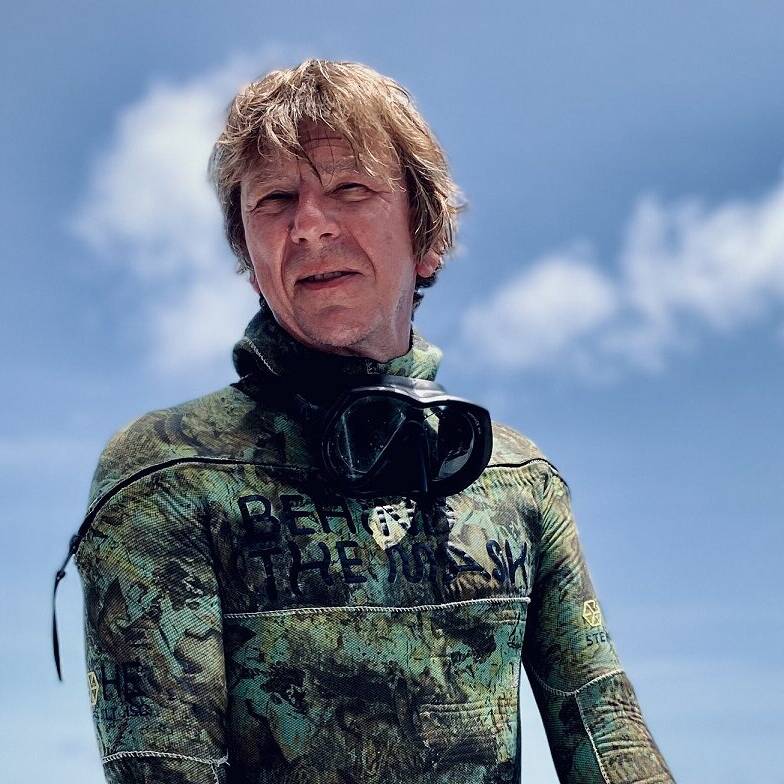
Peter Löseke
Videographer & Tripleader
Silver Beach Resort El Quseir
October 12 - 19, 2024
Trip price:
- per person (see details below for what is included in this price)
Included:
- Airport transfers from Hurghada
- 7 nights in a double room
- Full board include soft drinks and hot drinks except turkish coffe
- 5 days of diving with 10 dives incl. 12 l alu tank, weights, weight-belt at the house reef
- Free nitrox 32% if certified
- Behind the Mask Travel tour leaders
Not included:
- Flights to Hurghada HRG
- Rental equipment
- Boat rides and day trips
- Tips
- Trip cancellation and dive insurance
- Single room surcharge 185 € per week
Our terms & conditions apply!
We highly recommend DiveAssure insurance, which covers force majeure cases and single missed days of diving due to sickness.
Silver Beach Resort
A Dutch family had the dream to create a little paradise to escape the everyday hustle. And so they did, in El Quseir, a small fishing town on one of the most beautiful locations in the Red Sea. Famous for it’s white sandy beaches, crystal clear water and amazing underwater world, SilverBeach has plenty to offer for both sun lovers, snorklers and scuba divers.
Chalets and Restaurant
Beach Chalets give you an unique view over the Red Sea. An idyllic spot looking out over the lovely beaches. The beaches are the best in the area with long stretches of fine, white sand.
SilverBeach is the living room of SilverBeach Resort. On this lively strip of beach, you’ll find comfortable lounge seats to enjoy your refreshment, cocktail or tasty meal. From the comfort of your chair you watch the beautiful beach and ocean. This is also the place for dinner providing you with enjoyable, delicious dishes from the international cuisine. Besides, three nights a week SilverBeach offers live music and special menu’s, so plenty of entertainment.

